Of Hummingbirds and Hope: Radon Daughter Soothes the Yellow Dragon

The Laguna Pueblo village of Paguate, New Mexico is the place Laguna and Zuni artist De Haven Solimon Chaffins calls home. The village hugs the lava-topped mesa that forms the eastern slopes of Mt. Taylor, a dormant stratovolcano. Paguate also sits in the shadow of a large uranium mine, a fact that has shaped her life as much as the tractors and blasting have reshaped the landscape around the long-abandoned yet still-problematic mine.
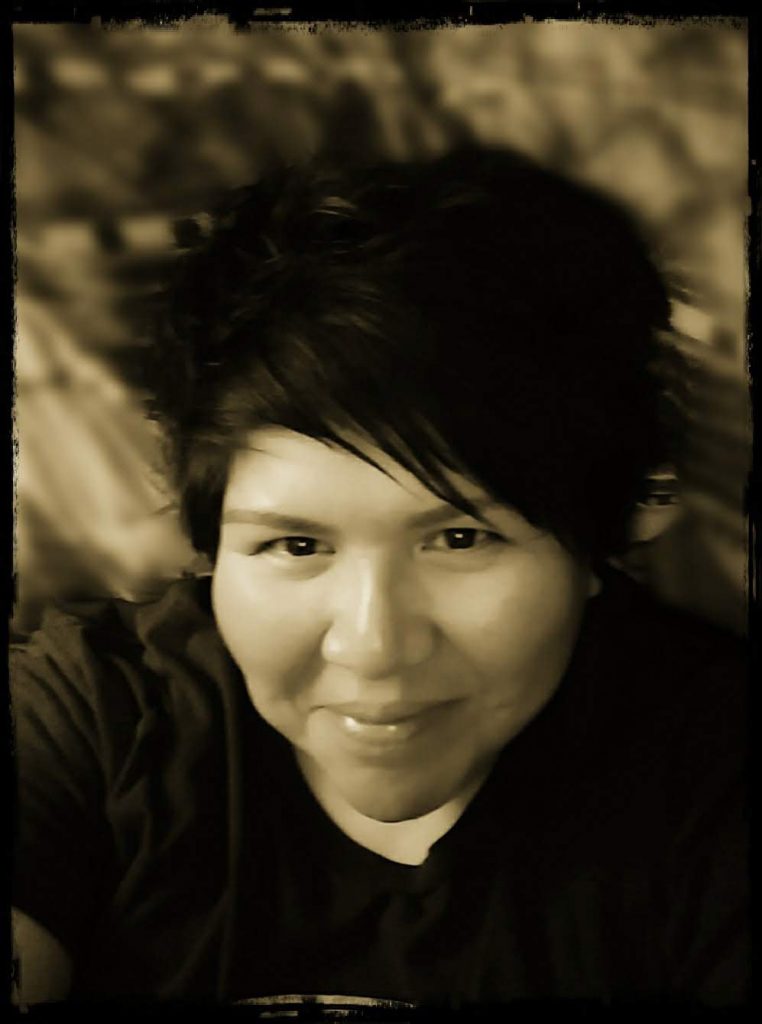
Her Radon Daughter exhibit in our Art Through Struggle Gallery illustrates both her struggle and success coming to terms with the personal and lasting effects of living near the Jackpile-Paguate Uranium Mine, currently designated a Superfund Site by the Environmental Protection Agency.
De Haven hopes that sharing her artwork, and talking about her experience, her loss, her resilience, and her optimism, will bring comfort and catharsis to others.
“My grandpa James always fed children when they came to the house,” De Haven says. “He knew people were struggling to put food on the table. His intentions were good. He had empathy because he knew what it was like to go without food. Both of his parents passed away from illness in Zuni Pueblo when he was child, so he also knew the meaning of loss.
“That’s one of the reasons I really wanted to do this exhibition, because that’s where I come from, wanting to help somebody else out. The ramifications from the uranium mine, I mean right now a lot of people have health issues, such as high rate of cancer, and it’s just so sad and tragic. I just try to make sense of it all, and just try to help people at the same time.”
Caregiving is an integral part of De Haven’s character. Growing up surrounded by hardship and loss, she often sought out opportunities to comfort others. Prior to going to school for art, she wanted to study Mortuary Science.
“I really wanted to do that because I felt like I could be of service to people,” De Haven says. “I know as being Native American that it’s maybe like a taboo-type of thing, but for me, I lost a lot of people. We lost a lot of great people, amazing people, and I just felt like I could help them in some way, and be a comfort, and give back to whoever needed my help.”
The thought of aiding people respectfully with their transition to the next world and providing comfort to the families was something that appealed greatly to De Haven, which led her to inquire about internships and spend a full day at a funeral home in Grants, New Mexico.
“I stayed there for the whole day, and we helped out with an older woman,” she says. “It was so beautiful, I mean, just to help and make sure she was presentable, and take care of the family and the people who came to her service. It was just really touching. It was one of the most inspiring times of my life. I’ll never forget that.
“Mortuary Science is what I really wanted to do, but then they didn’t have any kind of program here in the state of New Mexico—you’d have to leave and go somewhere else.”
With her family wanting her to stay close to home, De Haven passed on pursuing Mortuary Science, and on being accepted to East Coast and West Coast art schools, instead earning her Associate of Fine Arts from the Institute of American Indian Arts in 1990, and a Bachelor of Fine Arts from the University of New Mexico in 1995.
Radon Daughter
The art piece, “Radon Daughter,” that is the namesake for the exhibit, is a portrait of De Haven’s own daughter. “I lost my son at two years old,” she says. “I have a daughter, Fauve, and she’s 22 now, and she’s autistic. She’s my rock. I don’t think I could’ve survived if she wasn’t there. I just gave up painting, stopped painting and everything else. I just didn’t think I could go on, but she pulled me through.
“The background is the mesa in Paguate, and you have the clouds come in—it’s kind of like a renewal painting, to make the landscape better, to heal, even though it’s going to take years to heal. It’s continuously healing, and I just saw my daughter as part of that, enjoying the land again, and being able to see things just like the way her ancestors did. And of course, rain is always about renewal, and the sense of things coming back together the way they were before.
“The turquoise above the face is an abstract version of rain. Sometimes I like to hide the information in there, surface-wise. I only let a fragment of information come in, and then people will interpret it differently. But for me, sometimes I like to hide the information, and scrape away paint and media, see what happens with it, play with it a lot.”
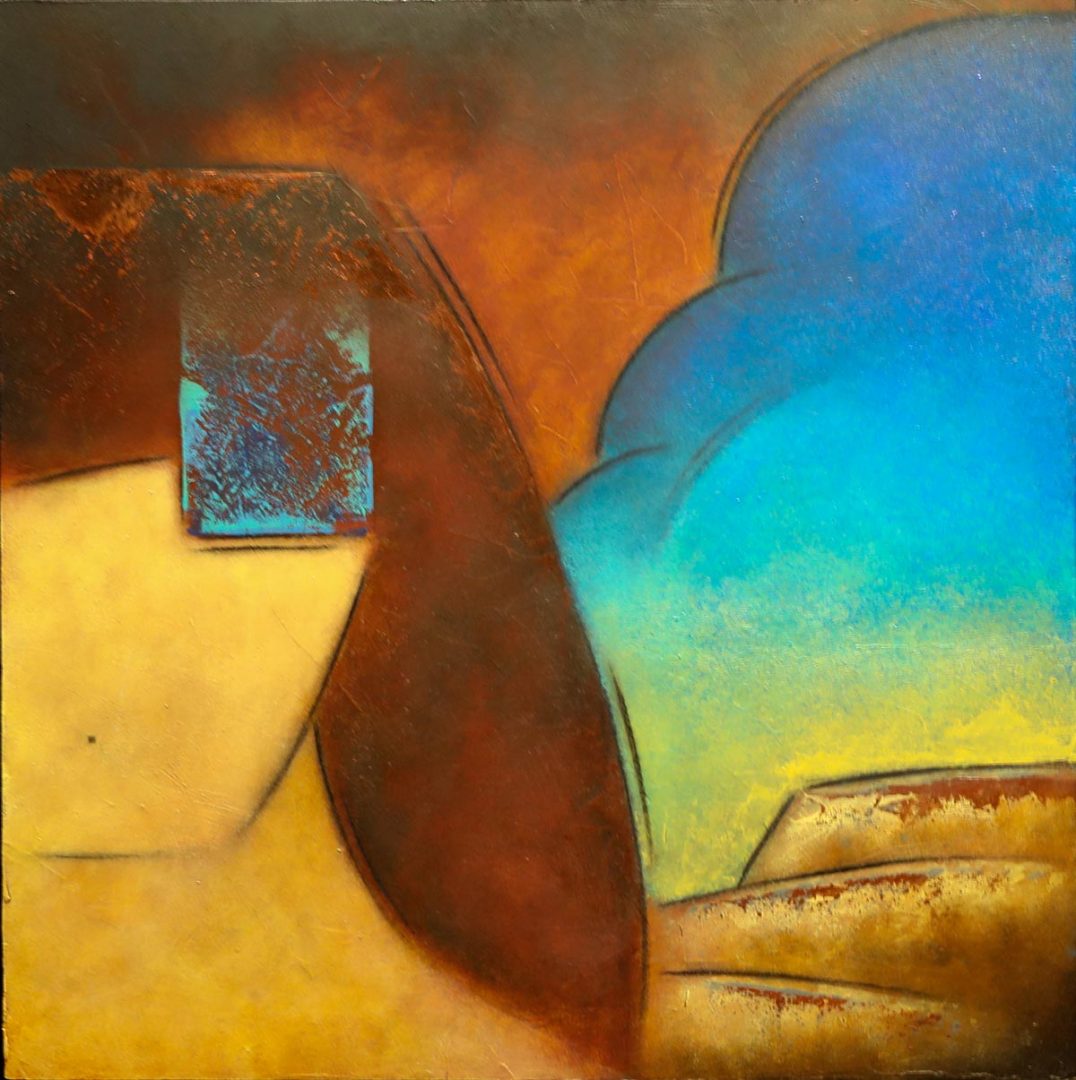
Facing Mortality
De Haven’s work is very striking, and one that appears rather grim at a glance, “Facing Mortality,” actually carries a message of hope. “That was after I faced my own mortality,” she explains. “I had to go into emergency surgery about two years ago, and it was an eye-opening experience, laying there just waiting to be taken up to surgery. I didn’t think I’d have to go through surgery, but they were like, ‘No, it’s really bad. You need to go in now.’
“That was in the middle of the night. I just thought to myself that if I go, well, that’s just the way it is, I can’t do anything about it, I can’t control it. Then I just decided, well, maybe, you know, just doing a self-portrait type of thing would be good, and I just kind of see myself as just walking through our own landscape, and seeing everything how it would be and so forth, and doing that transition of being here to being in spirit, merging into the landscape, because I do love nature a lot.
“You don’t really see a lot of Native artwork with skeletons in them, because that’s kind of like a taboo-like thing again, in some tribes. It’s my interpretation of how I see myself, and I’m not scared, it’s just a part of life.
“The hummingbird goes back to my son. A few days after we had buried my son in Paguate, all the family was there, and they had come from Seattle, some from other places, and my mom was cooking breakfast for everybody, and just trying to say our last goodbyes because everybody had to leave, and then she told me—I wasn’t there at the time—but she told me that a little bird had come to the screen, and she said ‘I’ve never seen a hummingbird come close to the screen like that ever,’ and it’s just rare. And she said that the little bird just sat, hung on with his little claws, and just sat there on that screen and just started chirping away and singing. It made my mom cry.
“She told the family to come in and see that little bird, and it was like he waited for everybody to come in there, and my mom talked to the little bird in our language, and she said it talked right back to her, and she told me that it was like if Skye, that was my son’s name, had come to visit and tell us he was okay, that he was happy and able to move around, because my son couldn’t move around. He told my mom he was happy, and to tell me to take care of his little sister, and all this beautiful stuff, and it was just so moving. And so that’s how a hummingbird came to be in a lot of my imagery; it’s a reference to my son, and to the feeling of everything’s going to be okay.
“If you look at a lot of my work, there’s always a hummingbird. Even through the darkest of times, the hummingbird is there, and it’s going to bring people out of whatever is hurting them, and just help them along.”

Dragon Emerging from Slumber
“This one was close to home, because it is my home, and that’s where I grew up on and off for a long time. I always thought about that when I was young. My Gram at Paguate would say ‘You’d better get inside!’ because the siren would go off for the blasting, and as a kid you’d just watch everybody rushing around without knowing the severity of the situation. They would rush to close cabinets and windows, before the dust and dirt began drifting over the village.
“When I saw it, I saw it as a dragon sleeping underground, under the earth, and I always thought of it like he would be, ‘Aw man, what are they doing? I’m trying to sleep!’ and to me I always thought of the dragon kind of as a sacred icon. I always saw the dragon as sacred, kind of similar to the Pueblo water serpent, identical in many respects. I felt like when they were blasting, he was turning over in the earth, and when they disturbed him the dust would come out, it was like he was breathing, that’s what it seemed like to me. And of course, being small, I would go outside and look at all this dust come flying over, but I just remember these big plumes of dust flying here and there.”

Emerging from the Storm
“That touches on the reference of being hopeful. Like I said, there’s been a lot of people that have passed away from cancer and a lot of other issues regarding the mine, and I always thought that somehow things would get better, and try to have a sense of faith, whatever religion people practiced, that it would get better. The Earth, too, it has to heal. That’s what I always try to portray in my work, is a sense of hope and healing. Because I think a lot of time people just give up, I know some people have just given up here on the pueblo, and it’s just sad. It makes me real sensitive, I guess, to what’s going on, and I don’t want them to give up. I. want them to keep going on, because I know people can do it.
“The woman there is a deity of my own interpretation who stands watch over everyone and everything, someone who is taking care of the people, the landscape, the animals, just something from nature. It’s hard to explain, but it’s just like something from nature that tries to come out and assure people living there—anywhere, basically—that they’ll be okay. I just don’t want people to give up.”
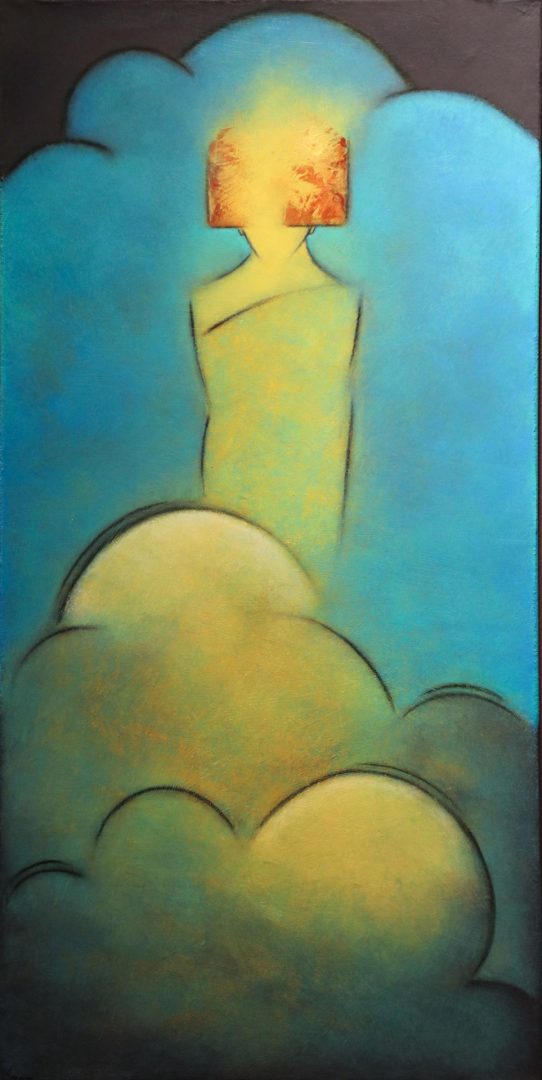
Escape from Planet 279
“This is a reference to B-movies. In those, radiation was always a factor, and affecting people and creatures. I would always ask my dad who worked deep in the mine, ‘Did you see anything weird under there, in the underground? Did the workers see anything?’ because some areas were covered in water down there, and he would tell me about the tree, a petrified tree that they found deep underground. I just wanted to know if they saw anything like that underneath the manmade mesas that looked like giant anthills to a kid’s imagination.”
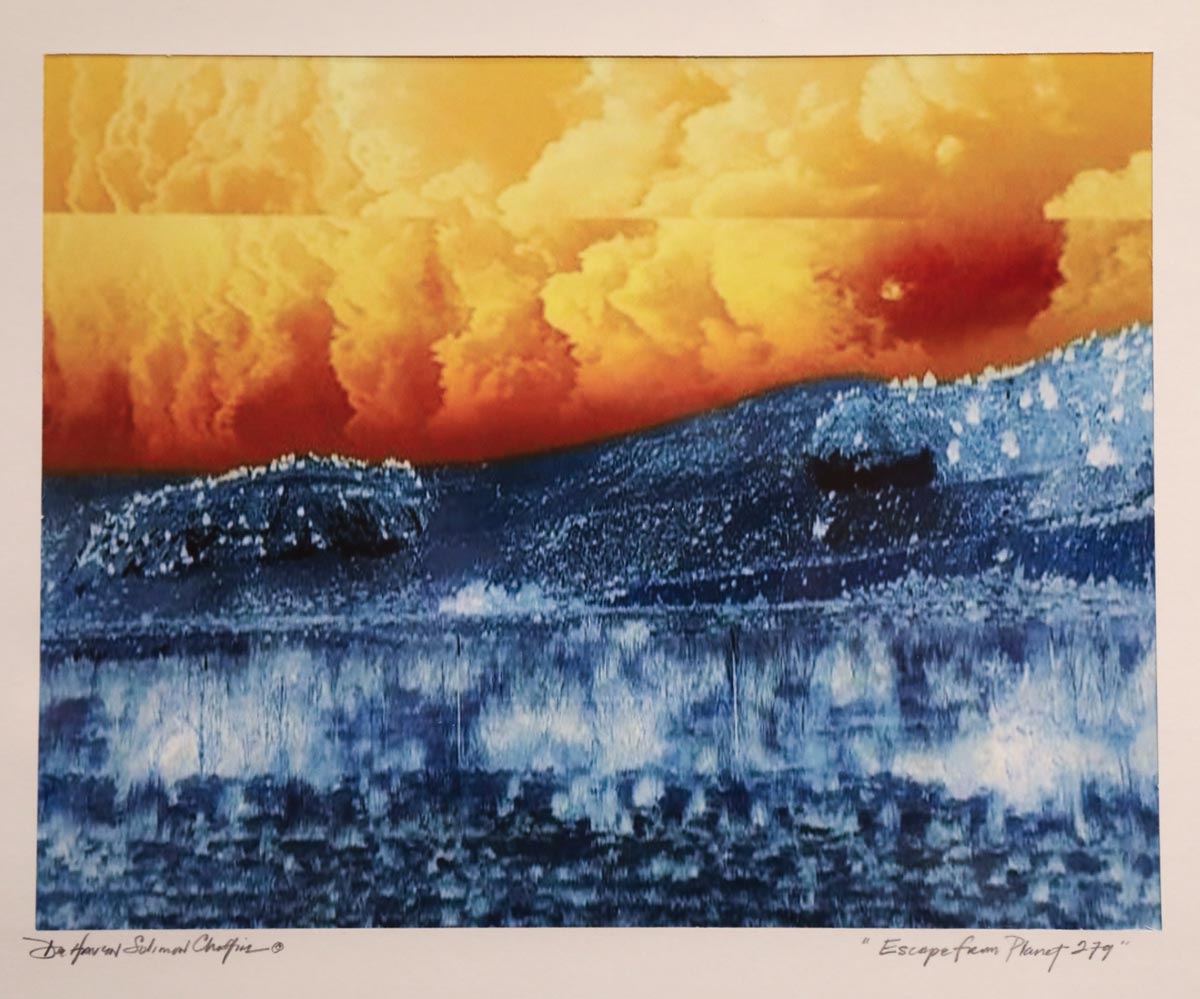
Untitled
“With the hummingbird that’s fragmented, I saw him as kind of in the wind, and in the storm, that he was just fragmented. You see the landscape being fragmented, everything. And you see it finally pulling together as the storm is passing, and it’s again resembling a hummingbird, it’s coming back together.
It’s like you’re a person just being lost in a storm, whatever their storm may be, and it’s like pulling yourself back into some sense of a human being, or in this case, a hummingbird, and they’re healing. It takes time, but eventually they’ll heal. That’s how I see that hummingbird.
“I really thought about the people in Paguate, because that’s where my family is from, and a lot of the people I love and respect are there, buried in that graveyard. I just wanted to pay my respects in that form. The only form that I know is just by painting.”
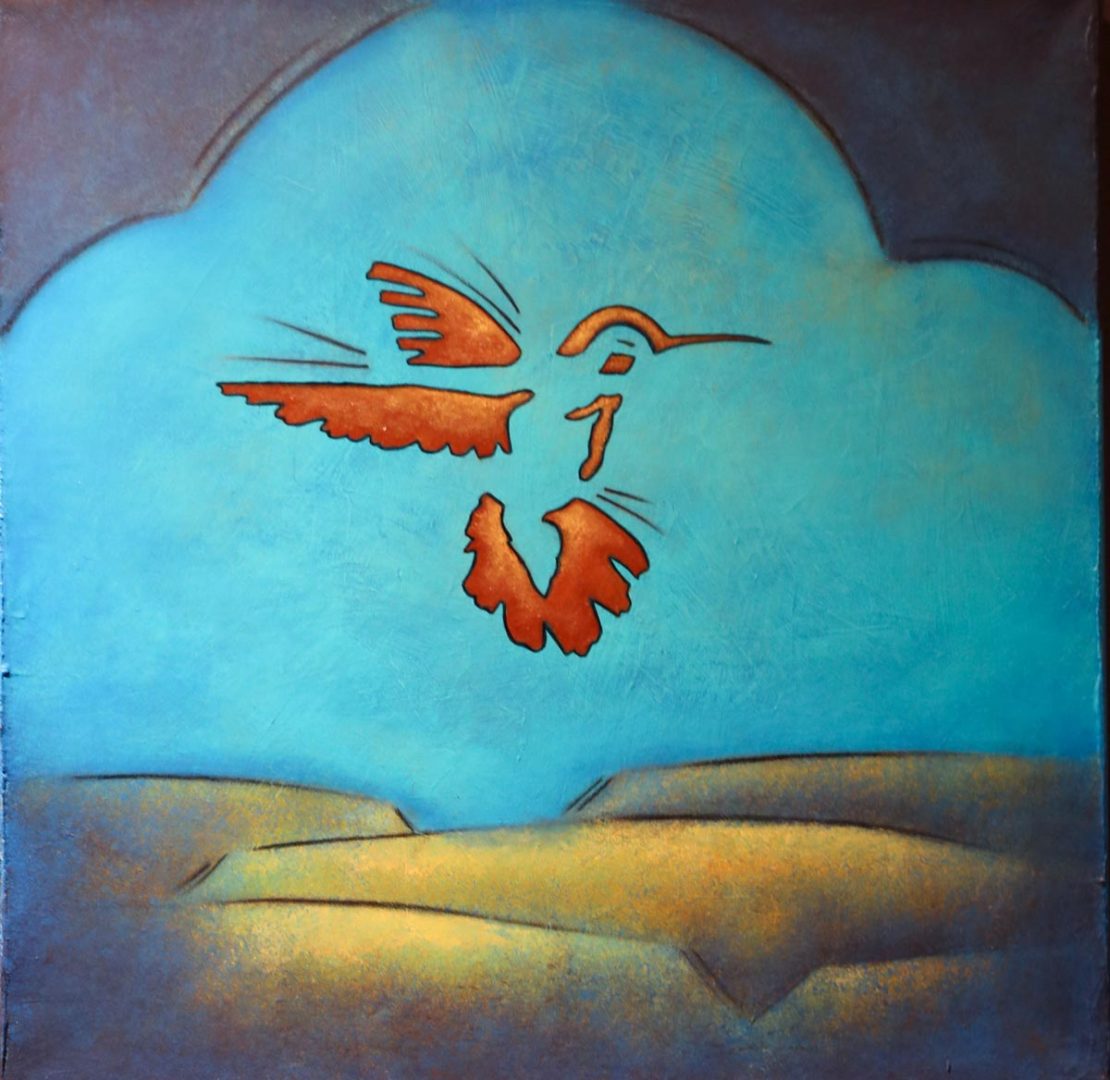
If you would like to help support our mission to preserve and perpetuate Pueblo culture, and support programming like the Art Through Struggle Gallery, please consider making a gift to IPCC today.
The Art Through Struggle Gallery is a unique space for creating dialogue on difficult subjects, a place to talk about the realities of what it is to be Pueblo, to be Native American, living today with the atrocities of both the past and present constantly surrounding us.

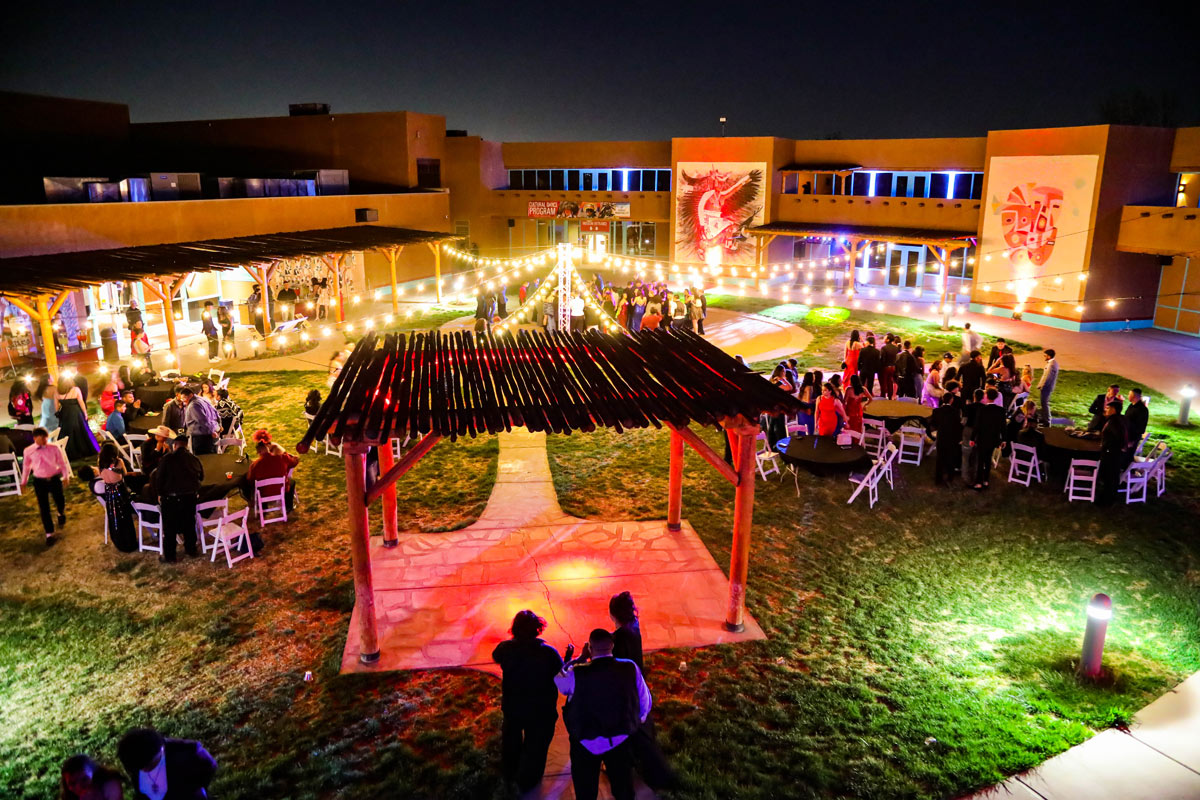
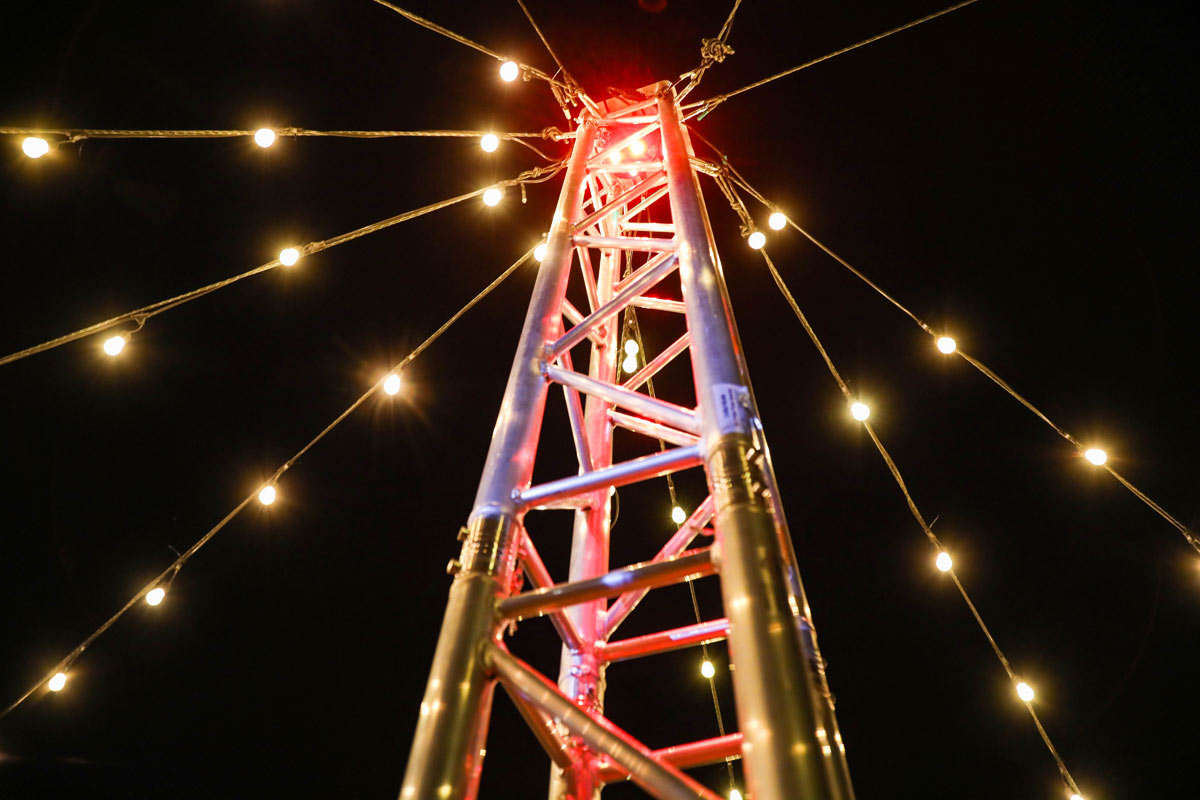
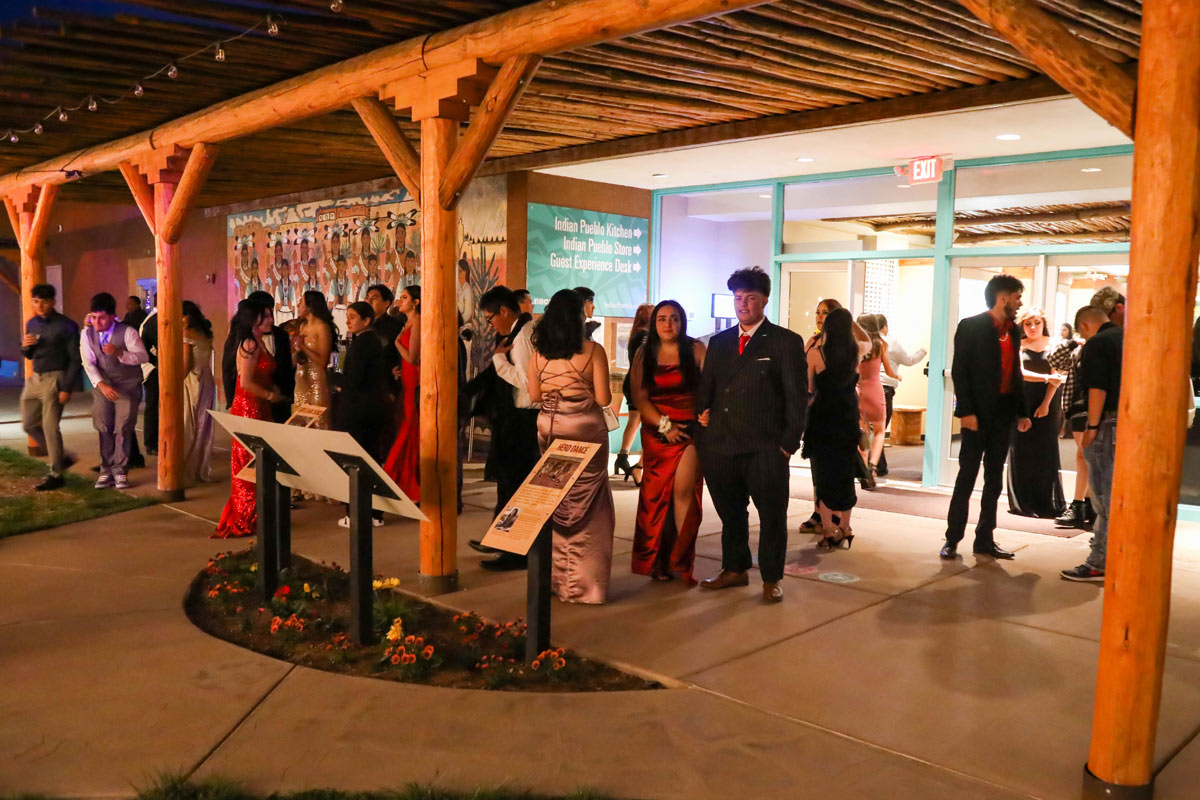
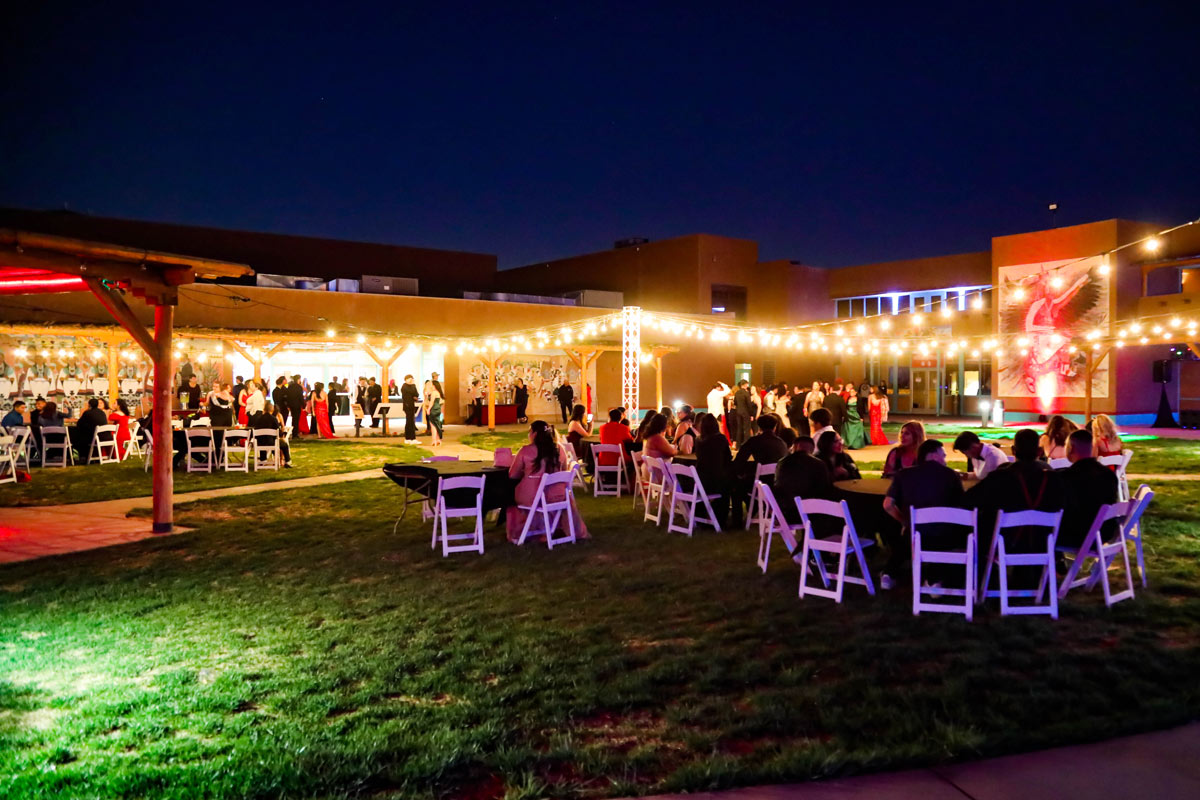
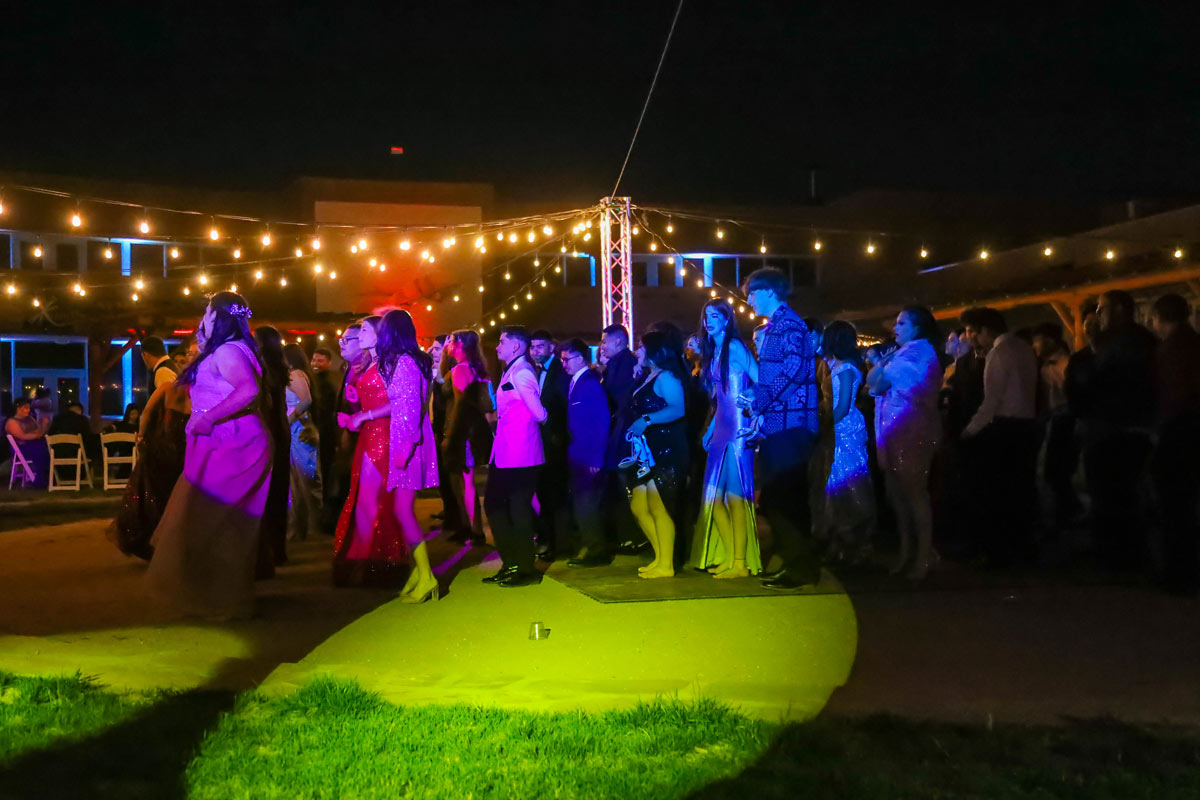
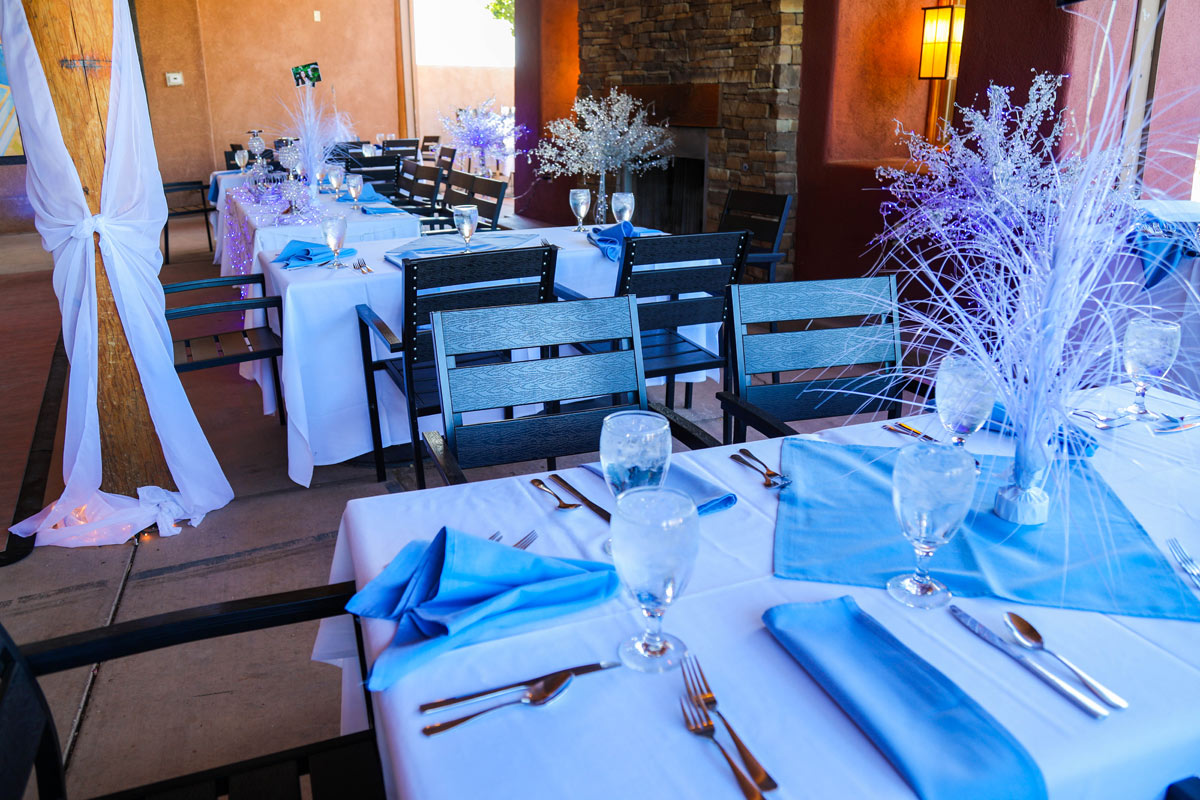
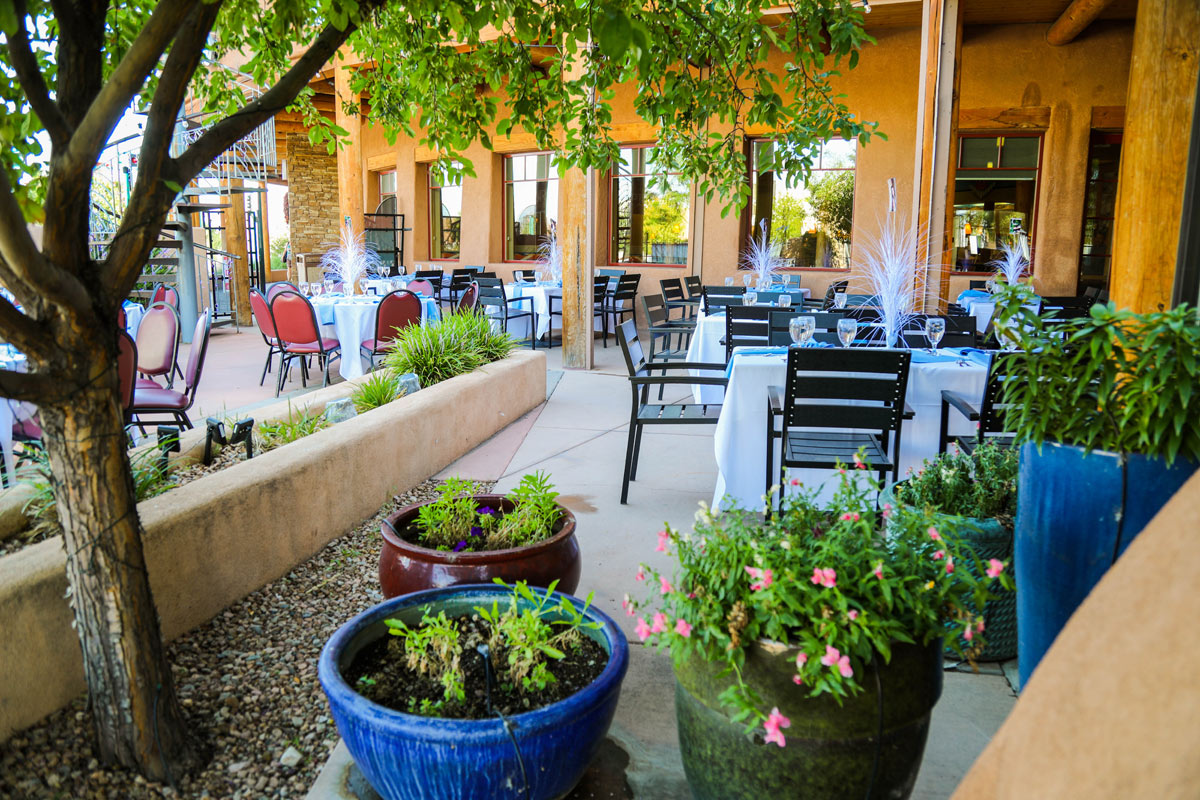
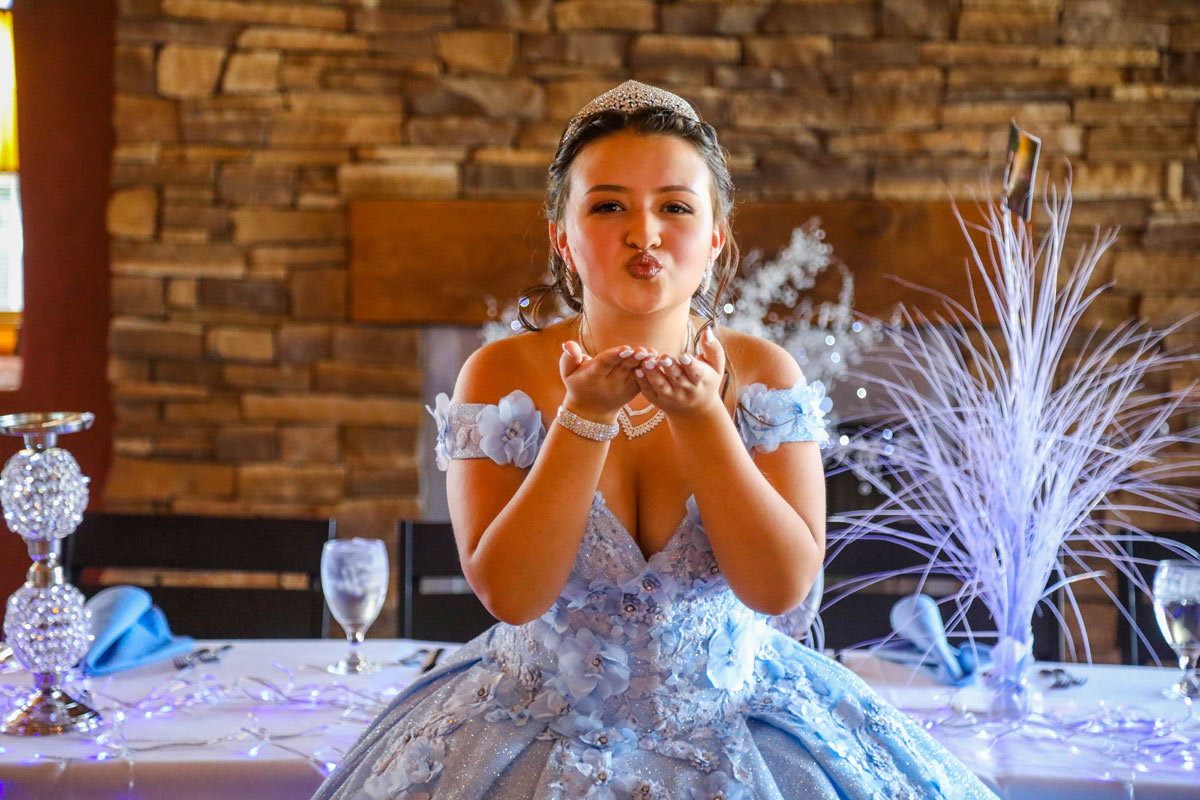
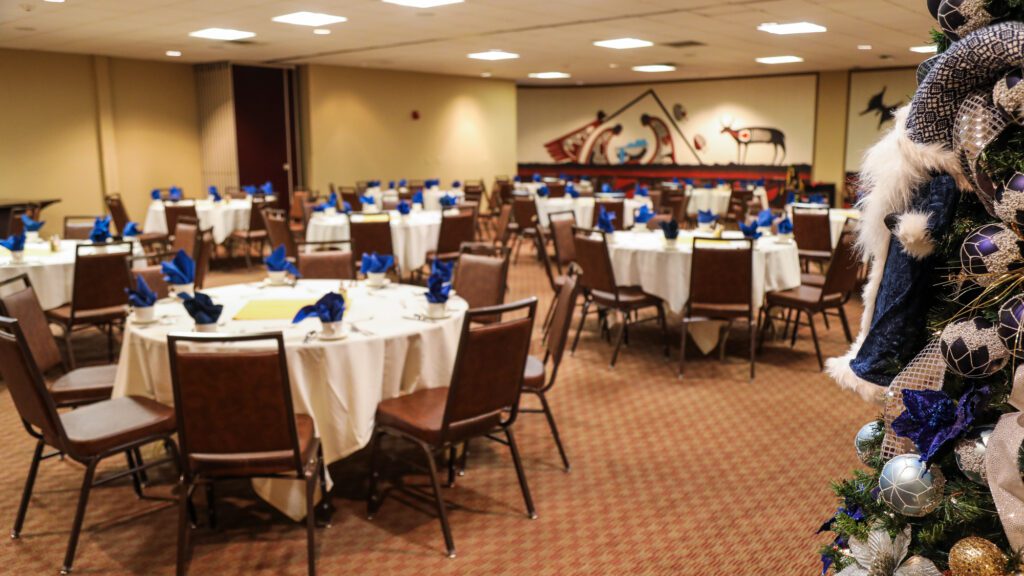

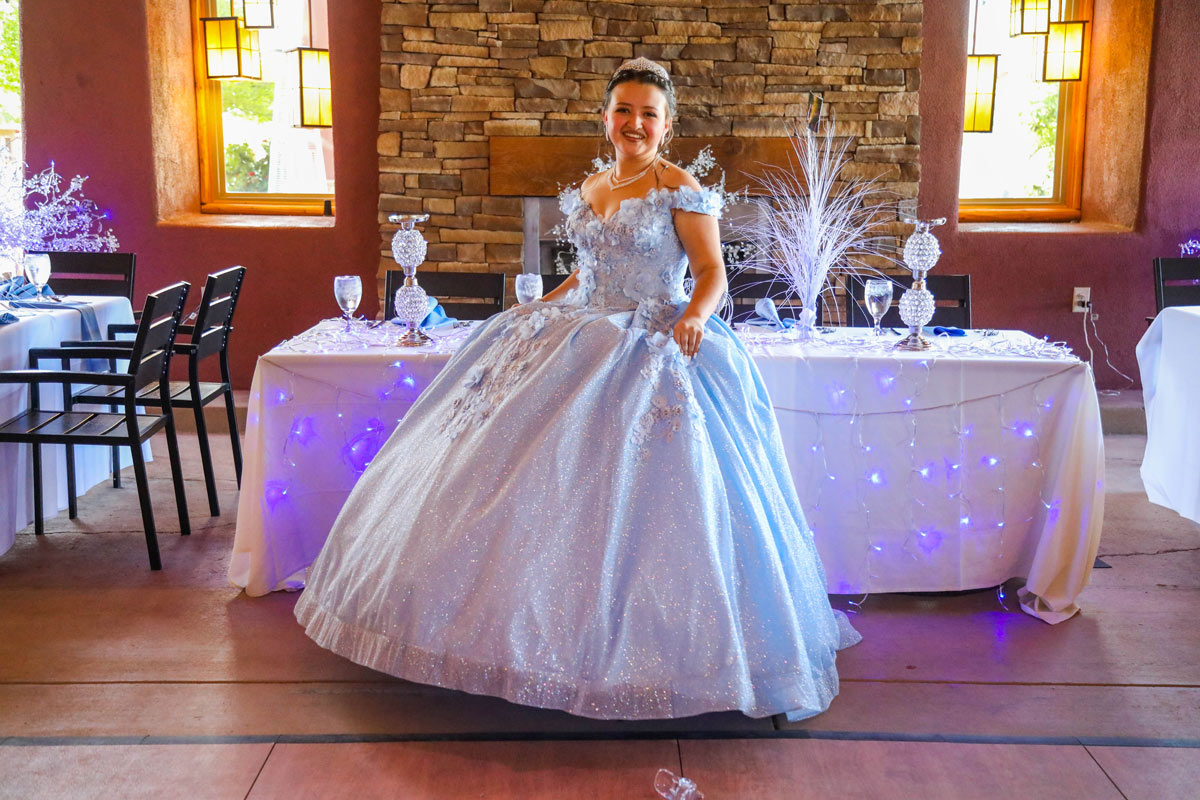
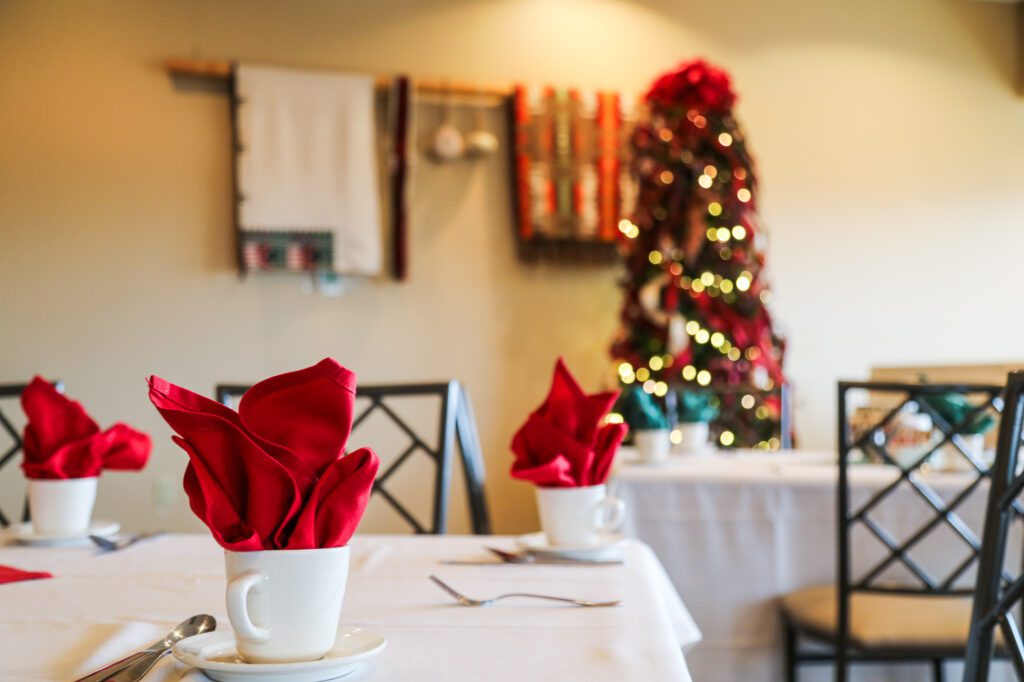
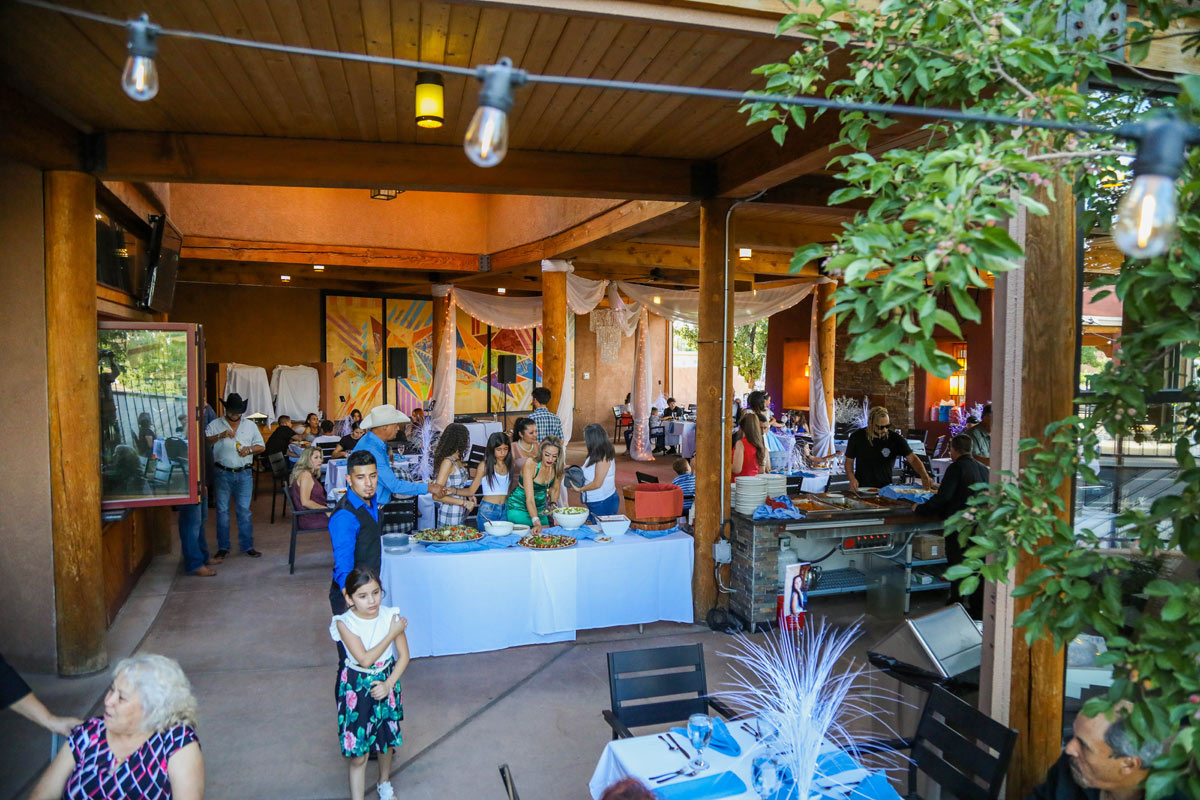
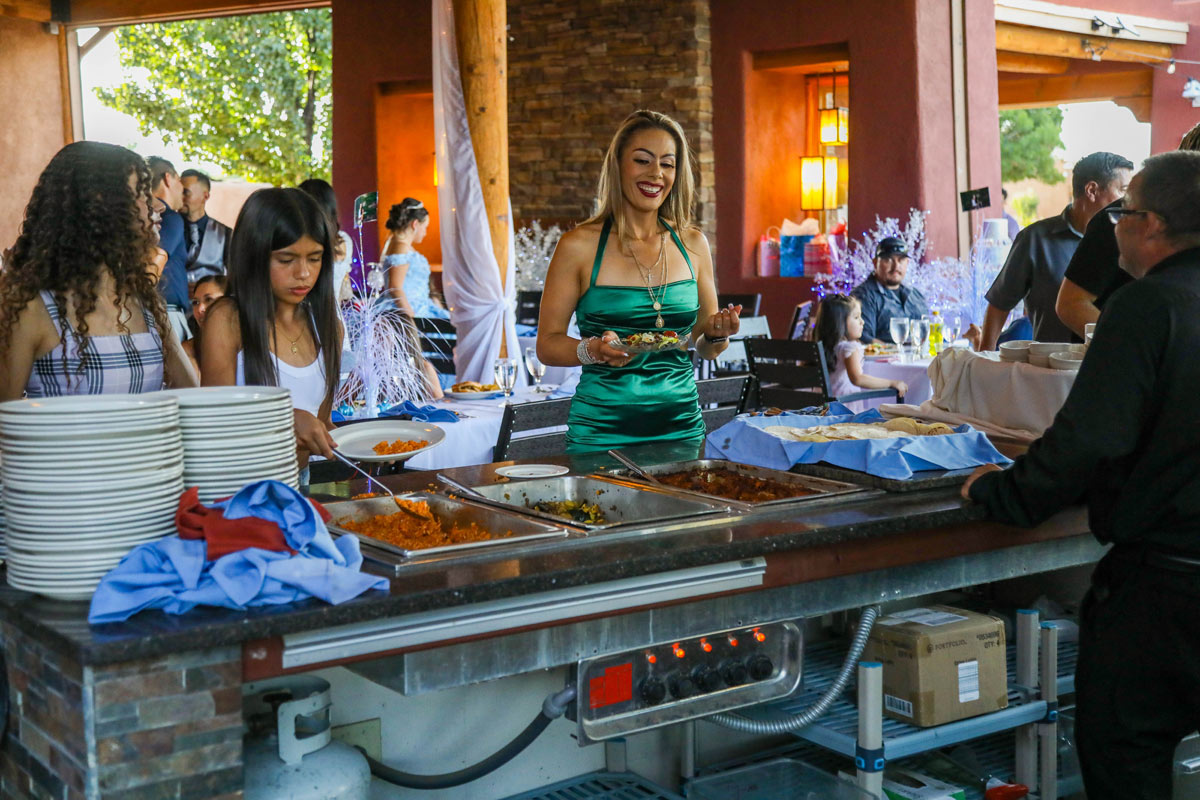
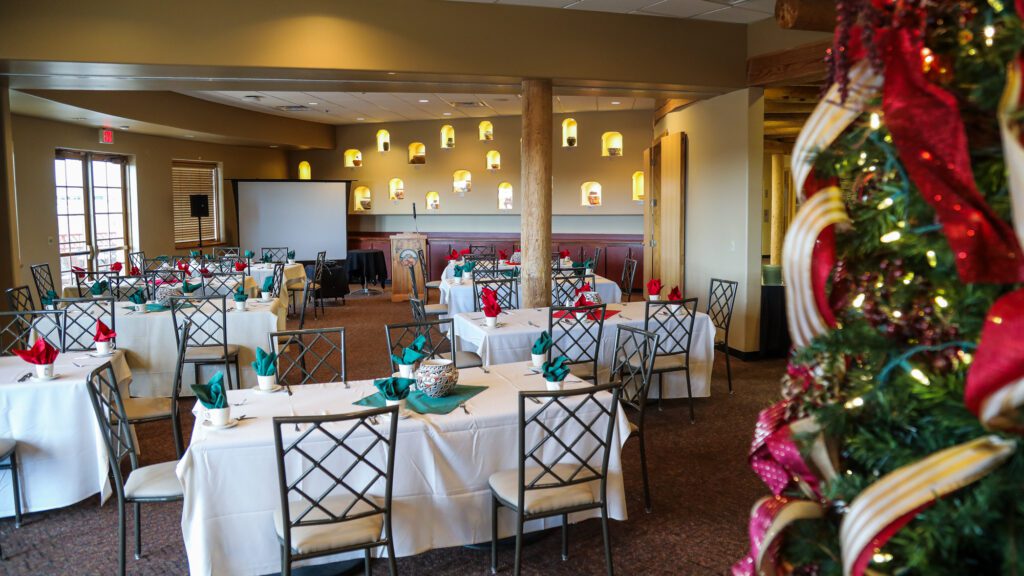

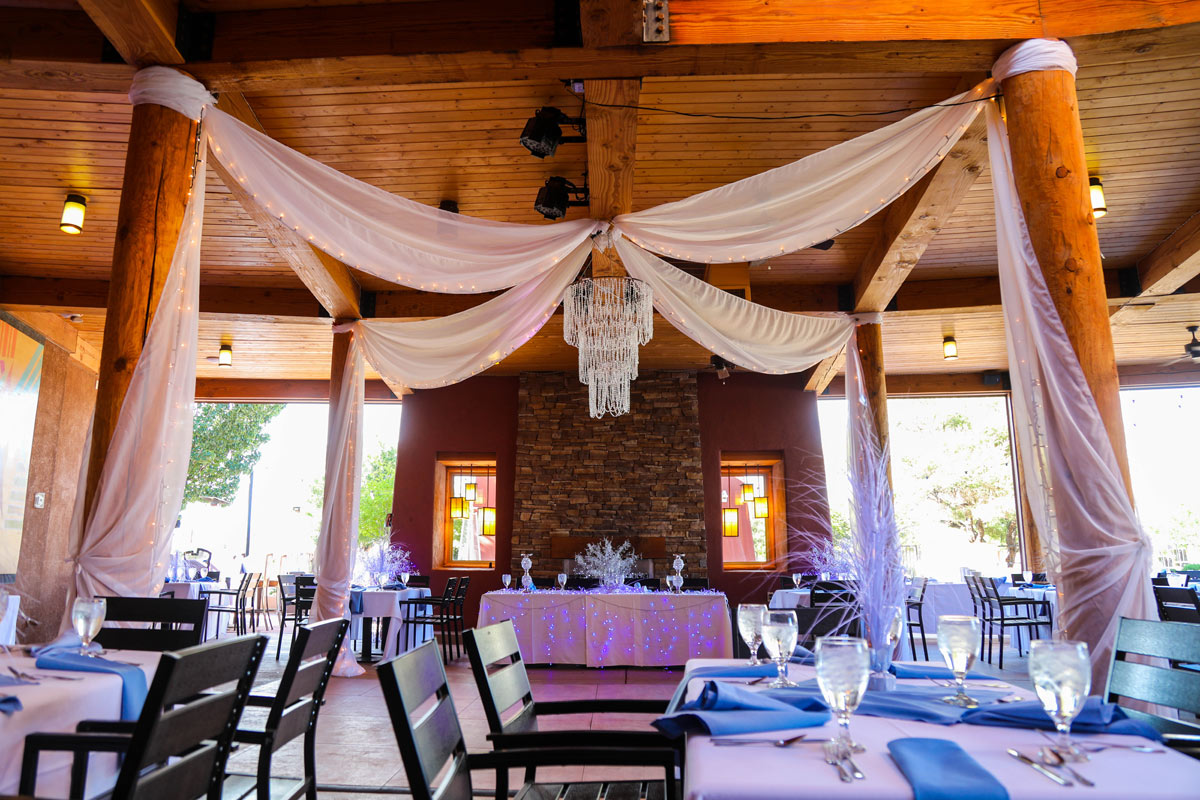
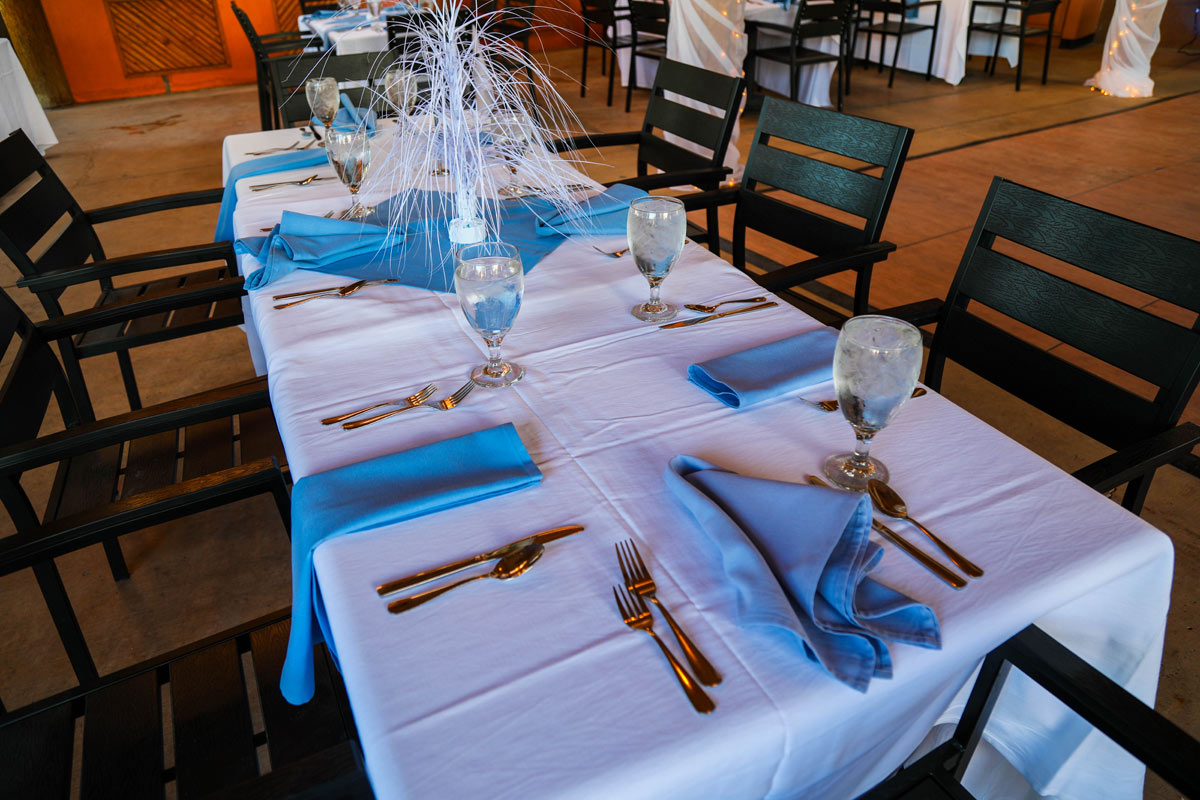
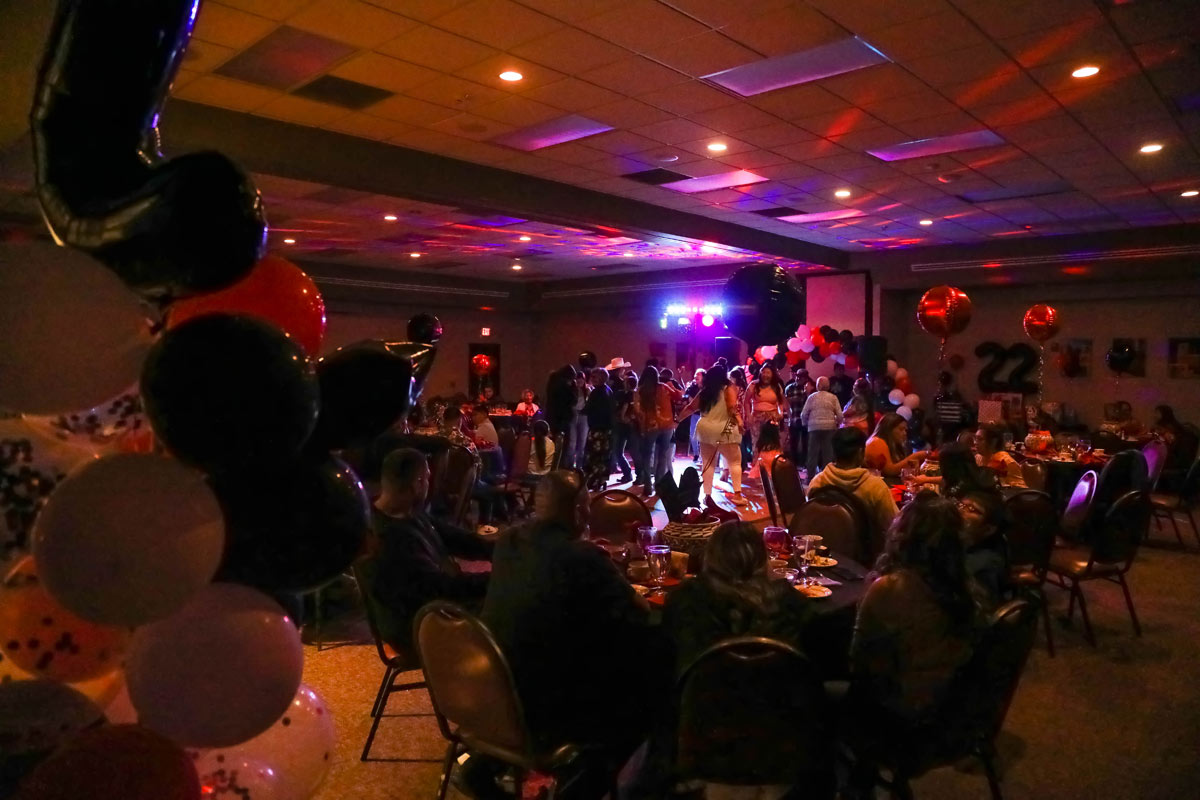
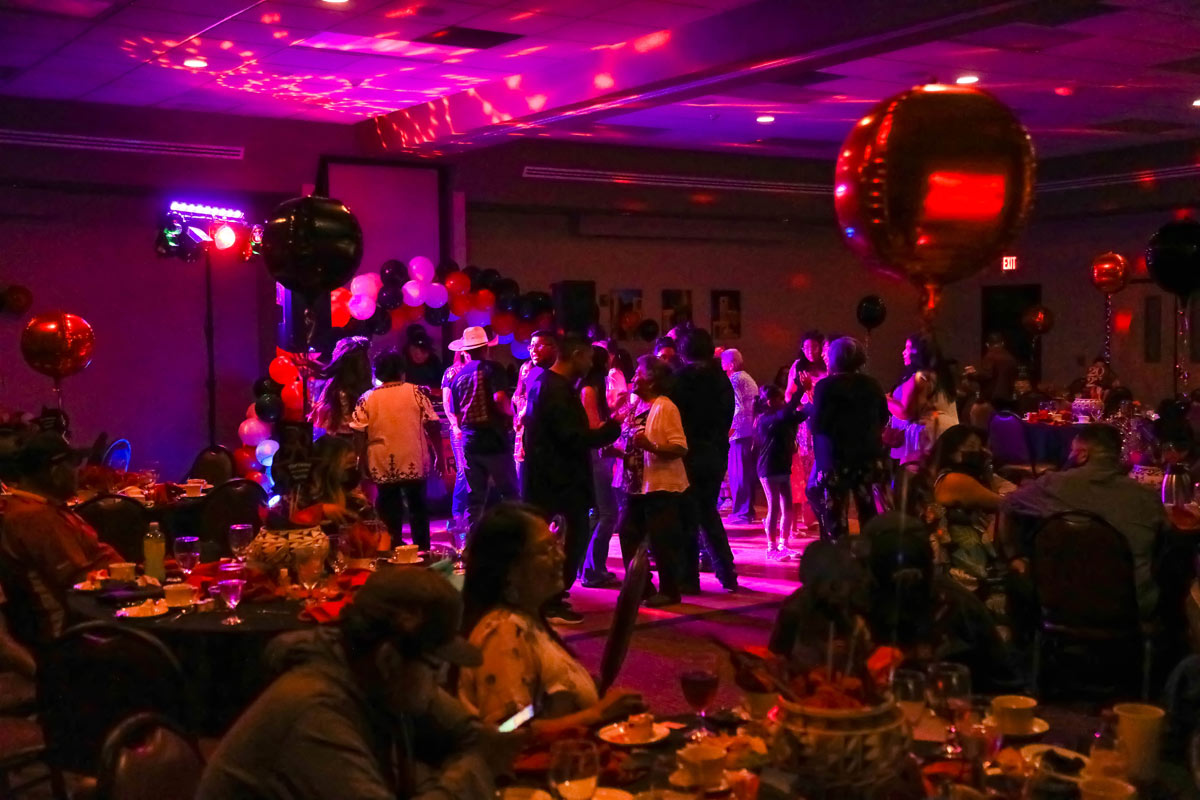
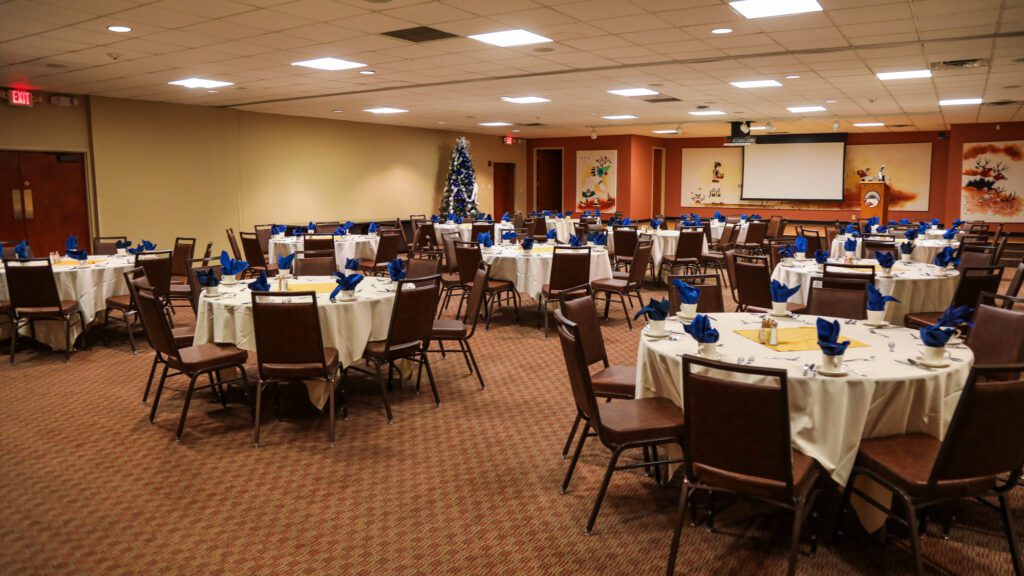
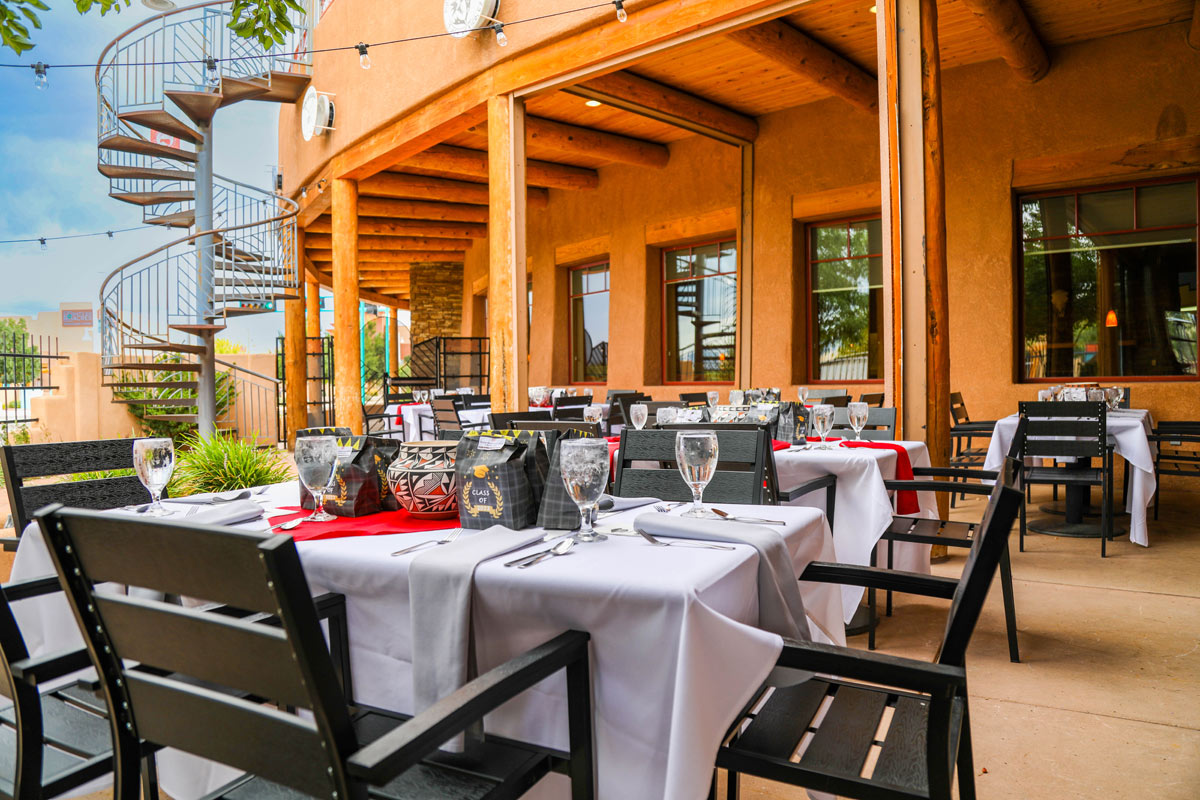


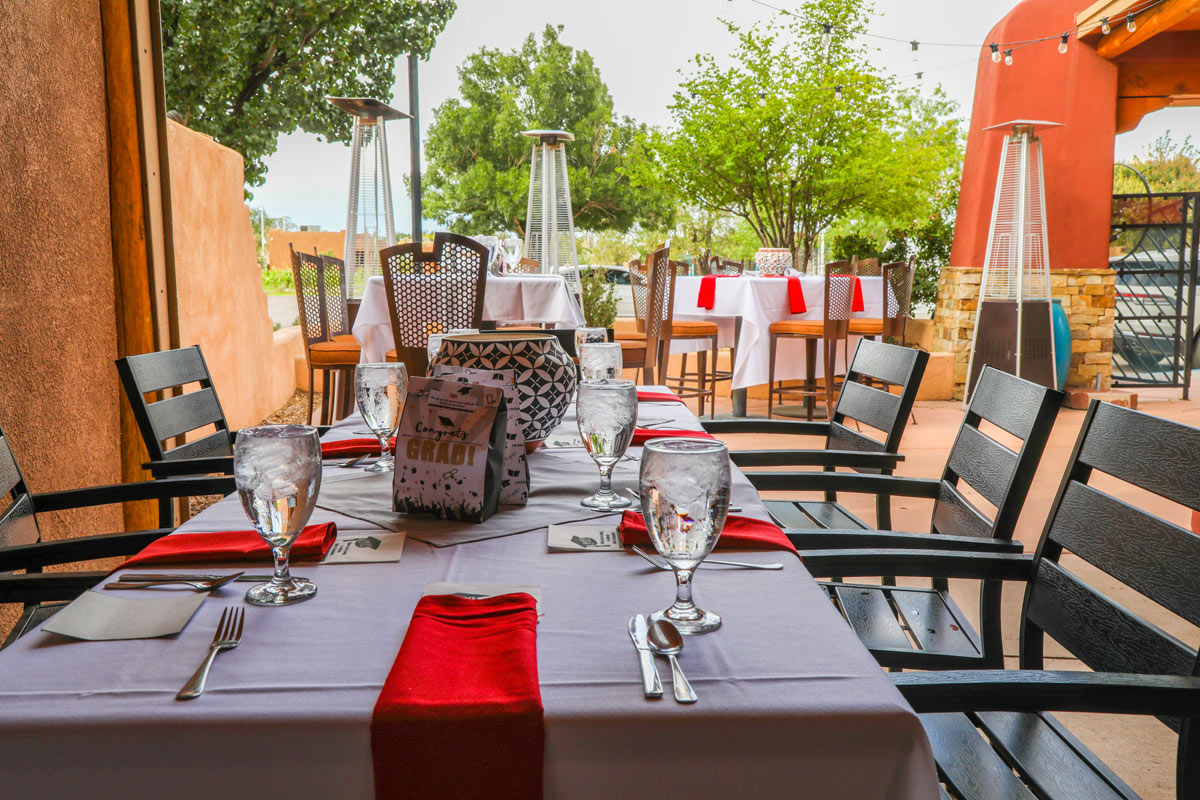

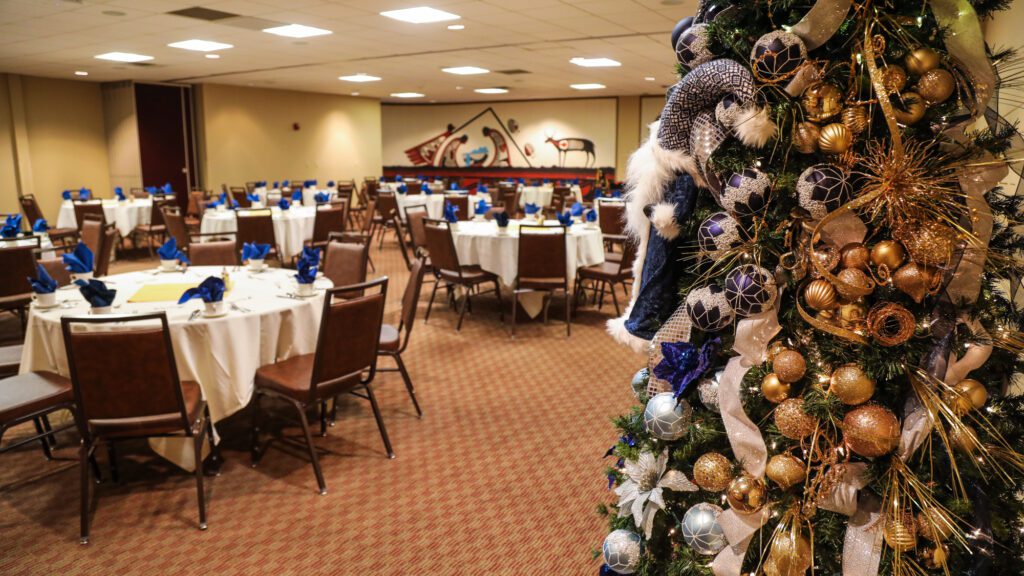





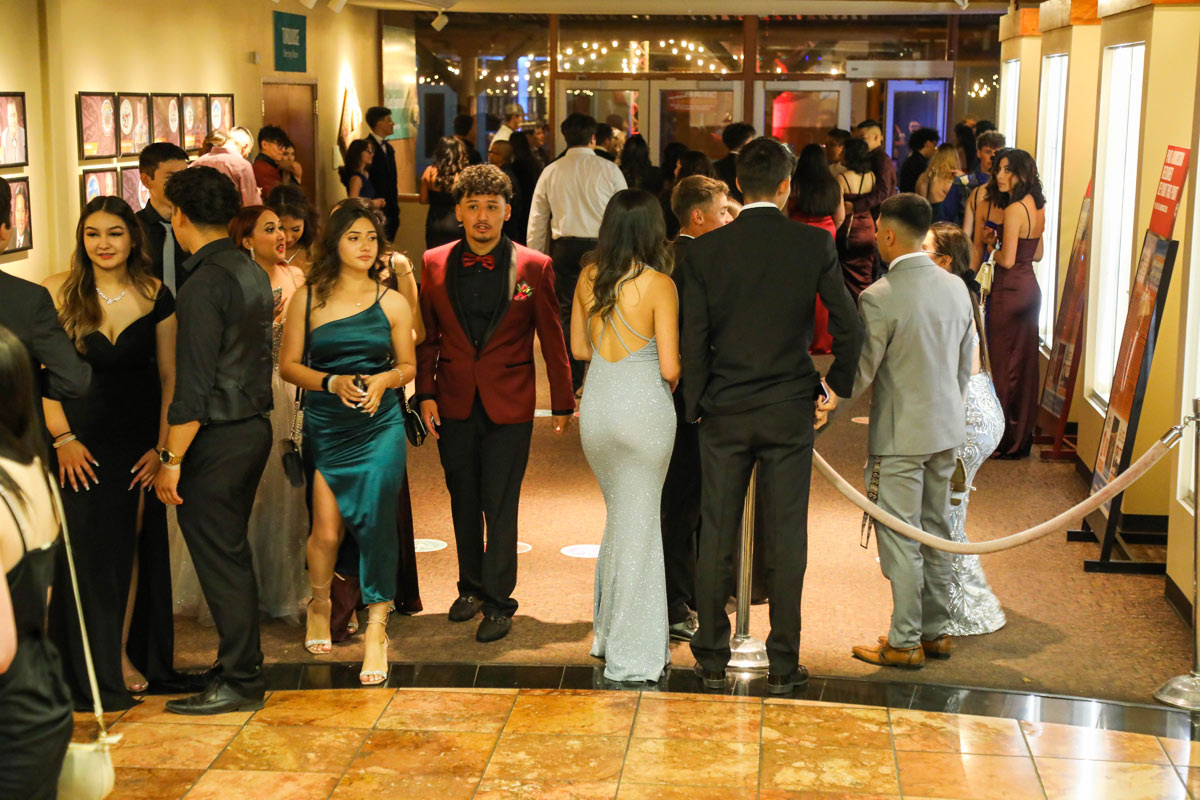
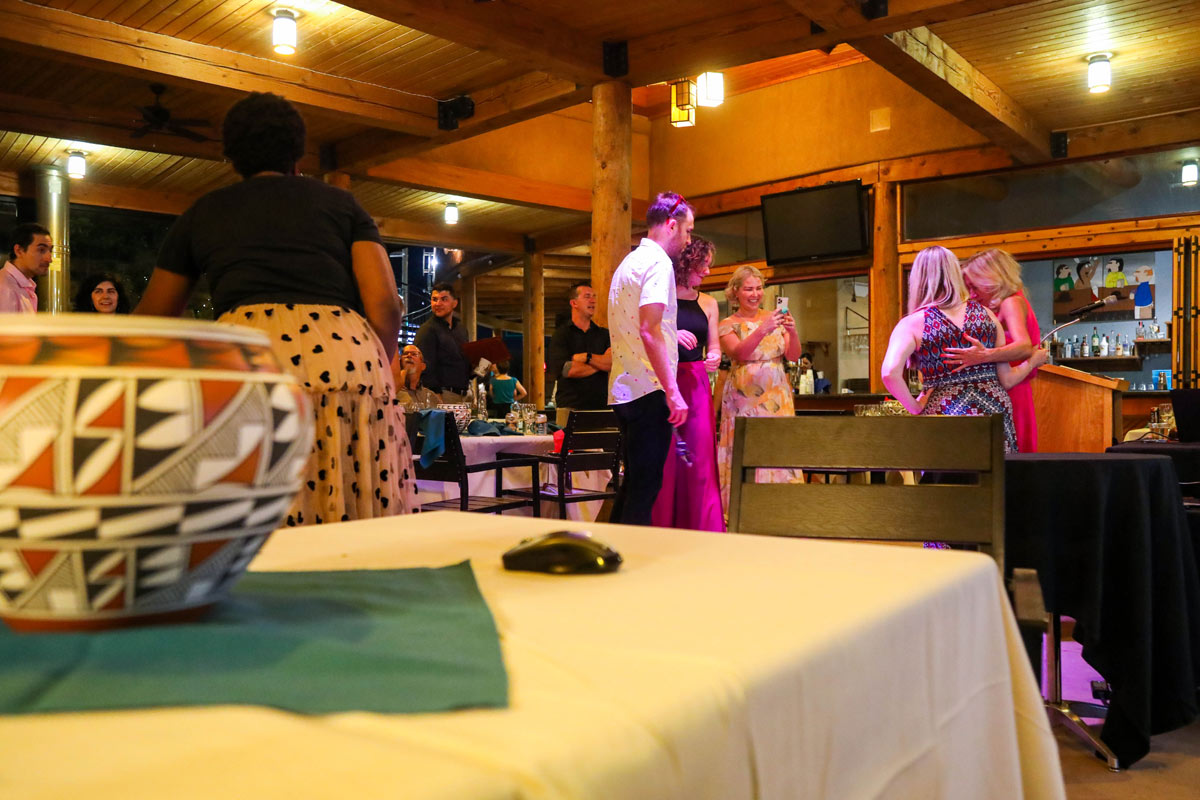
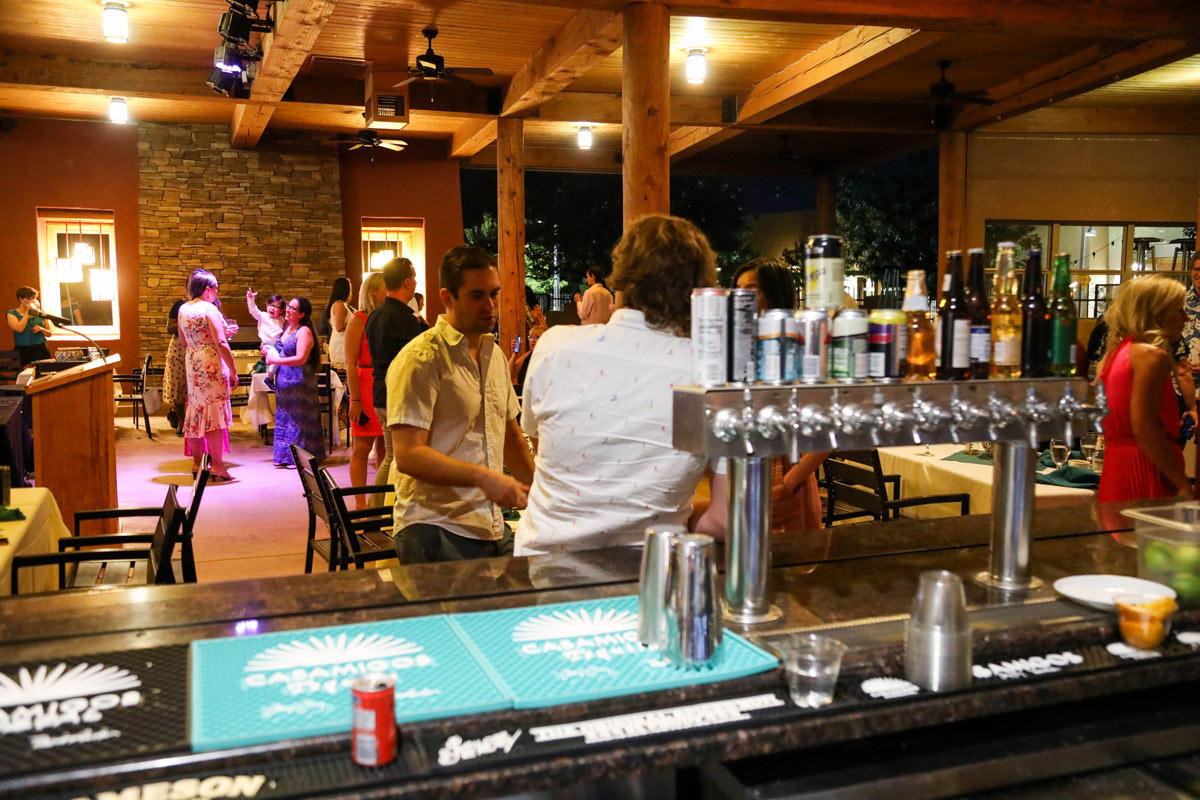
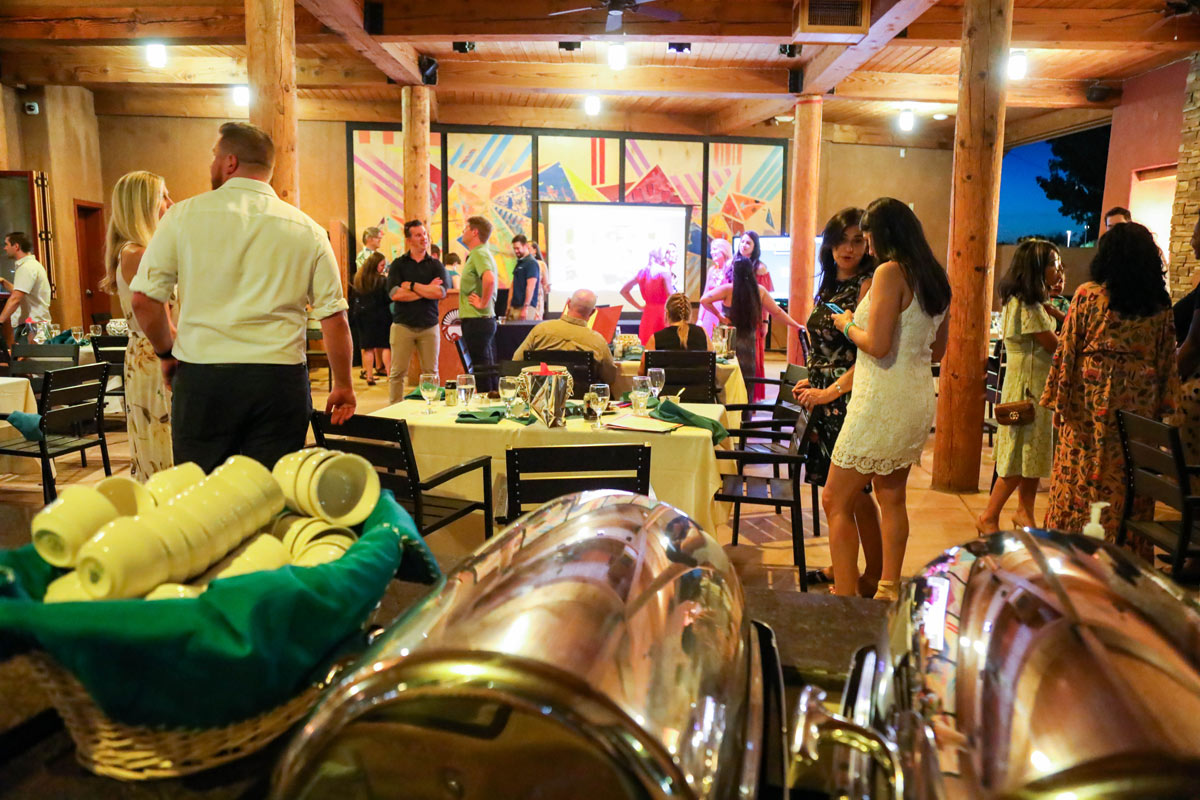



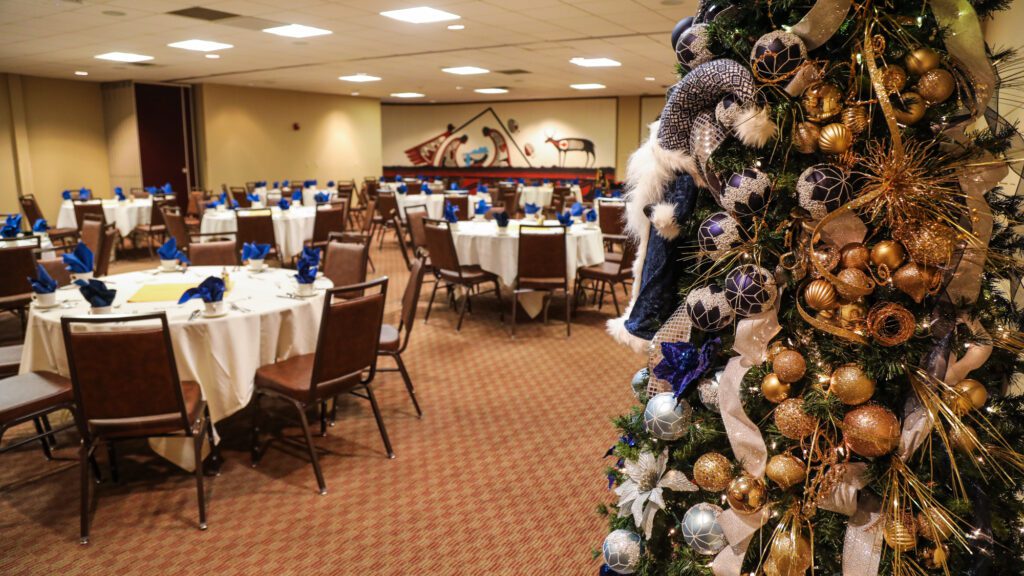
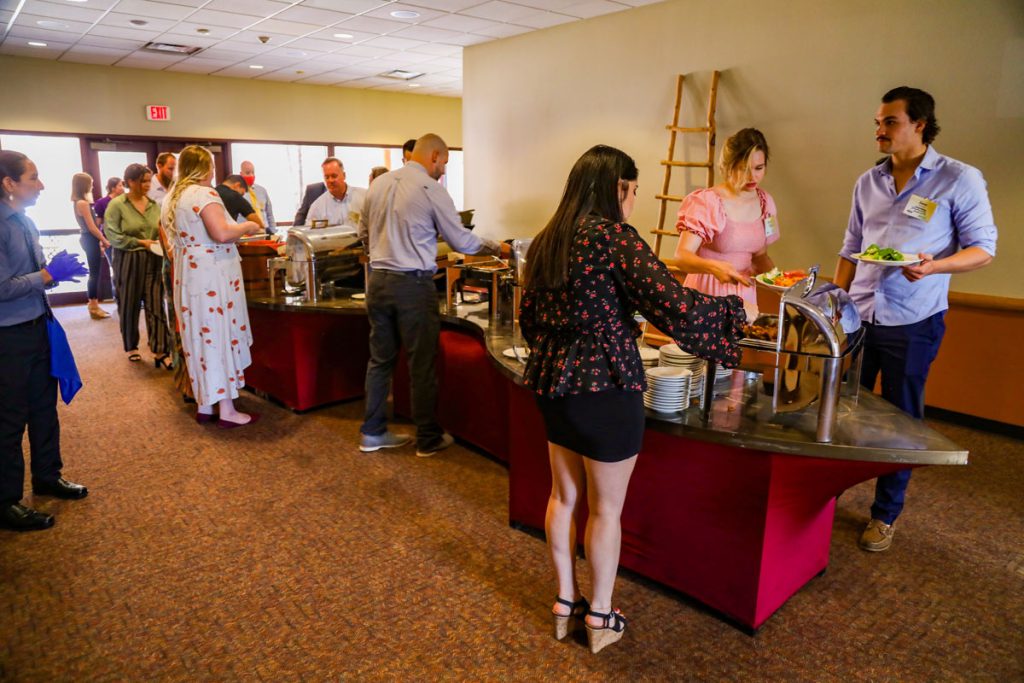

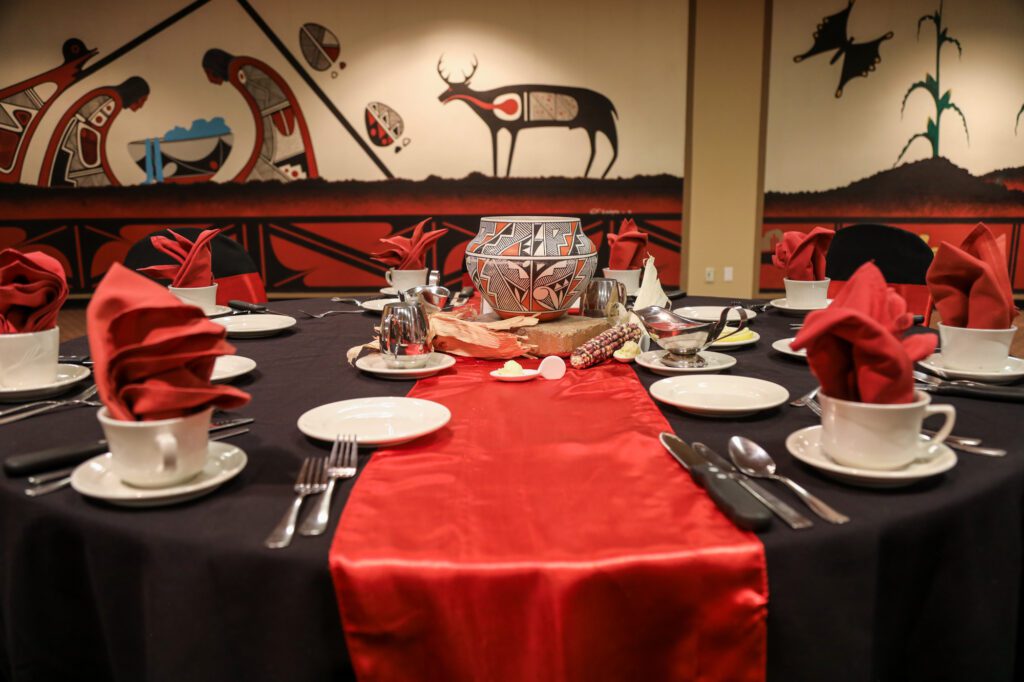
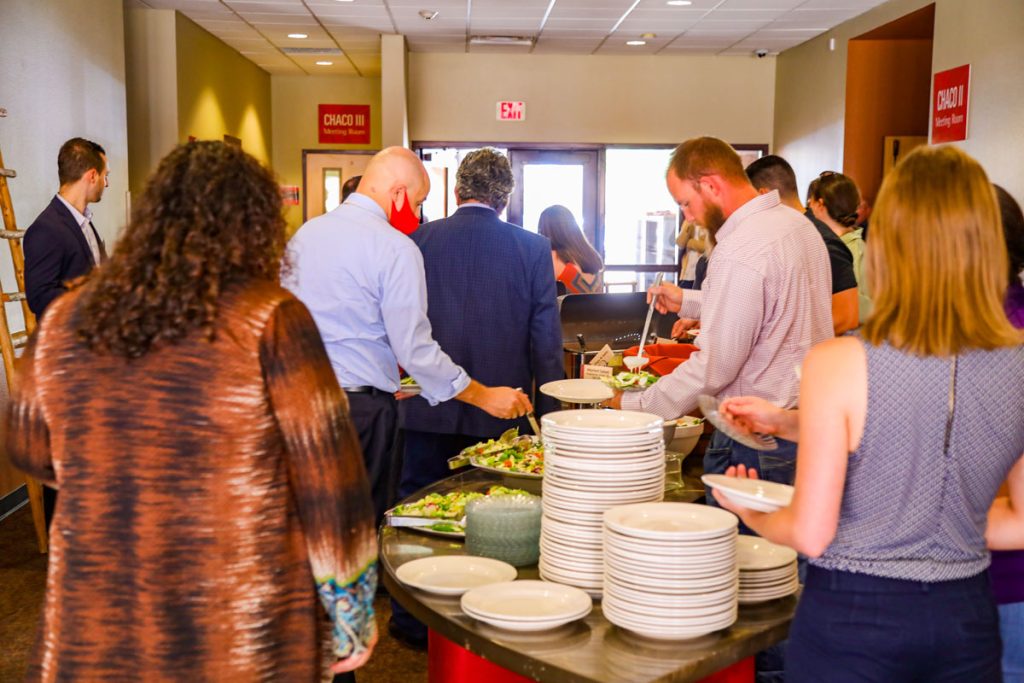
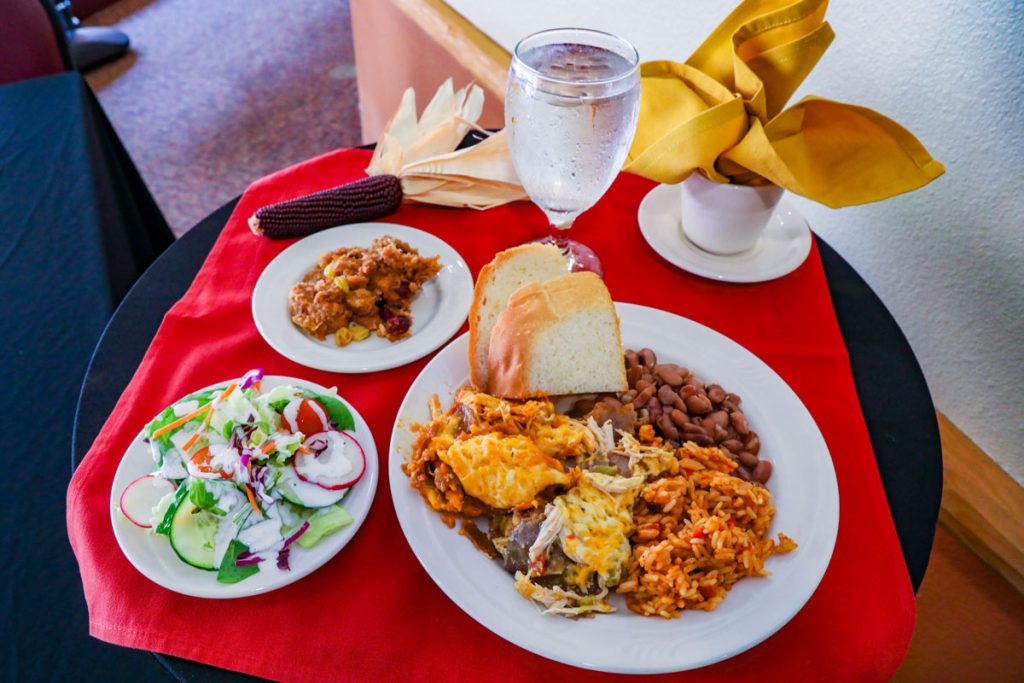

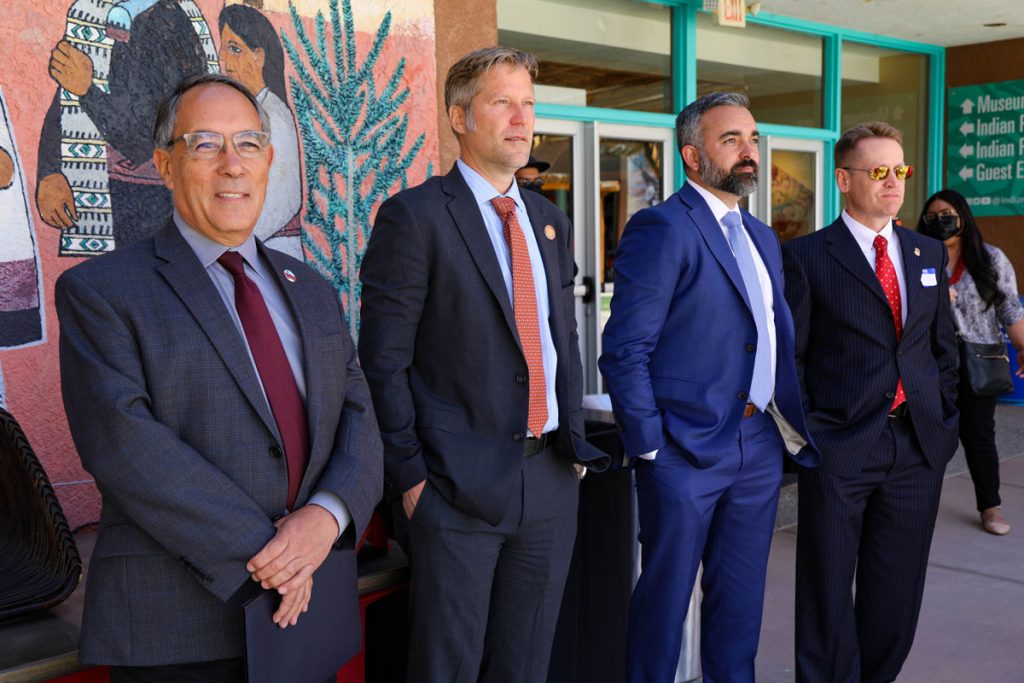
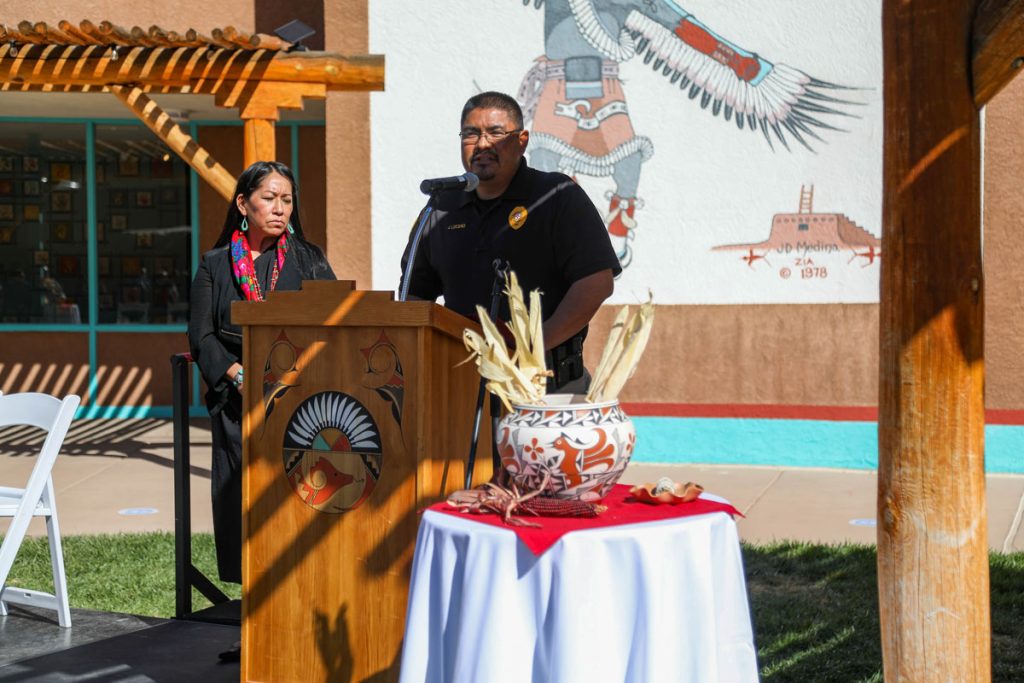

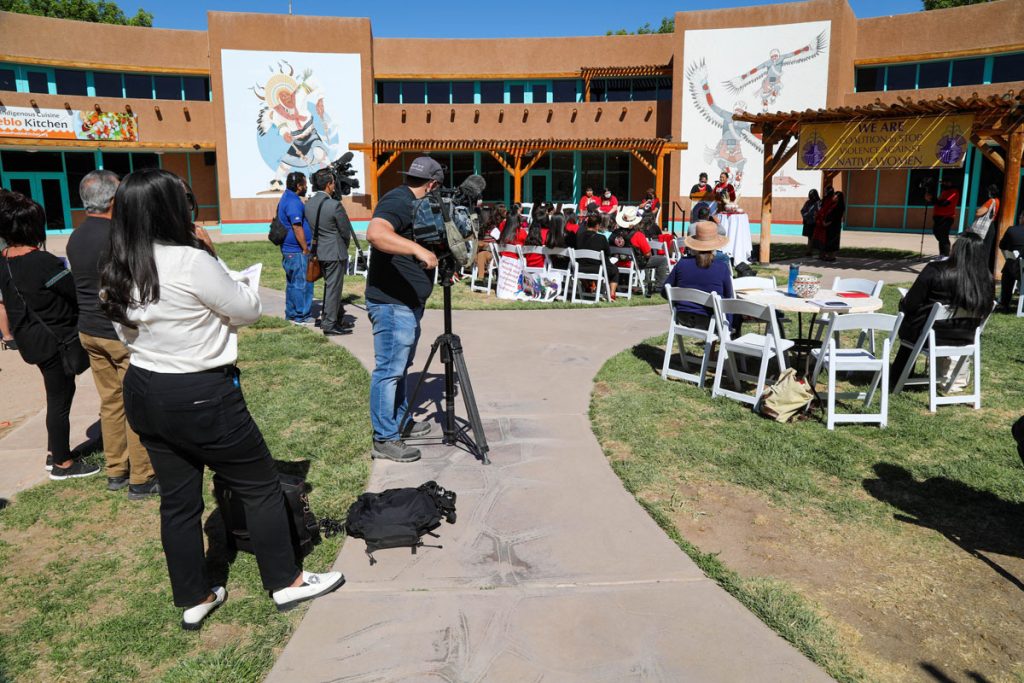

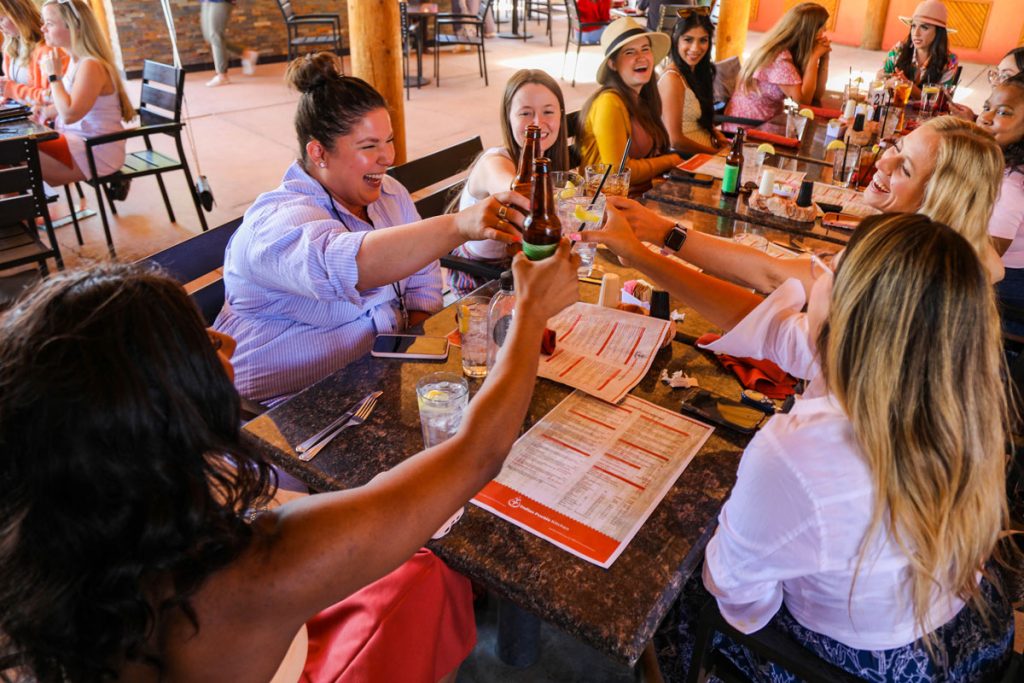


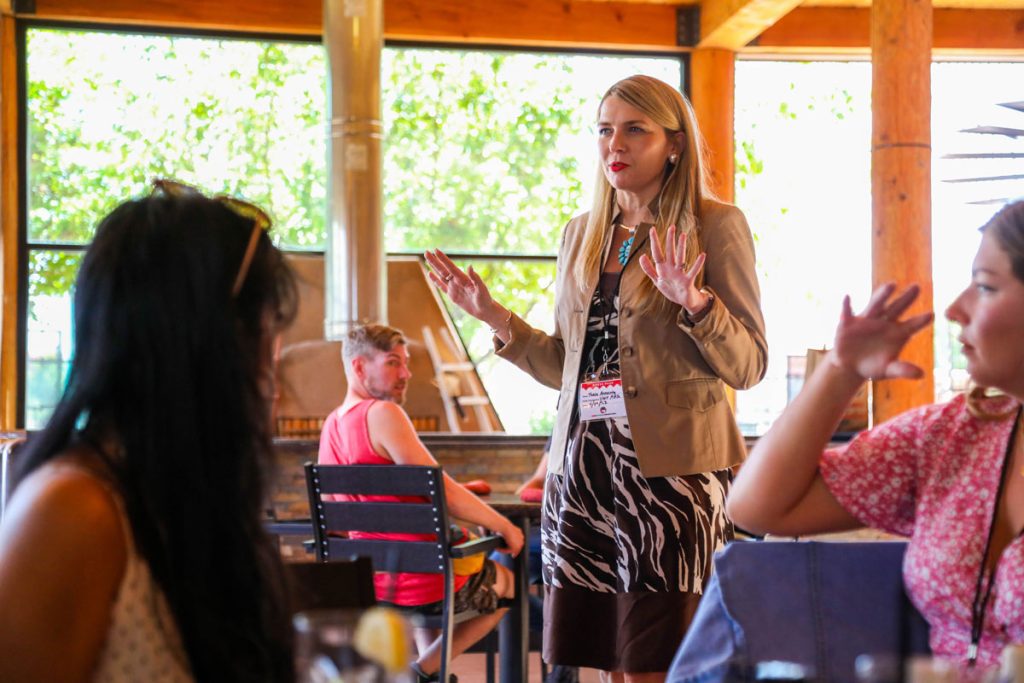
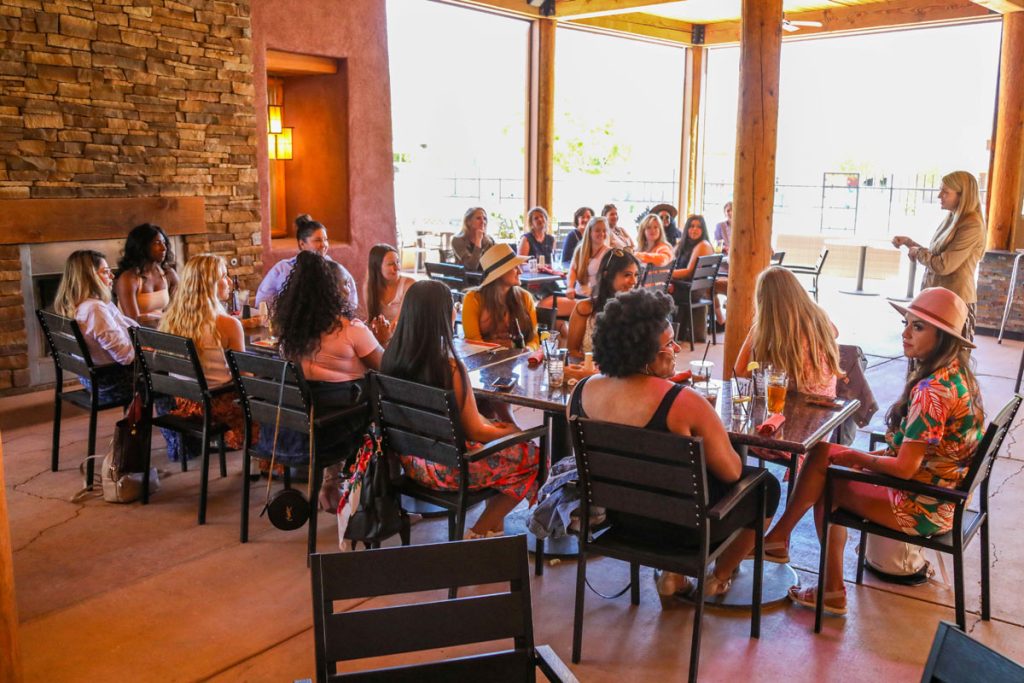

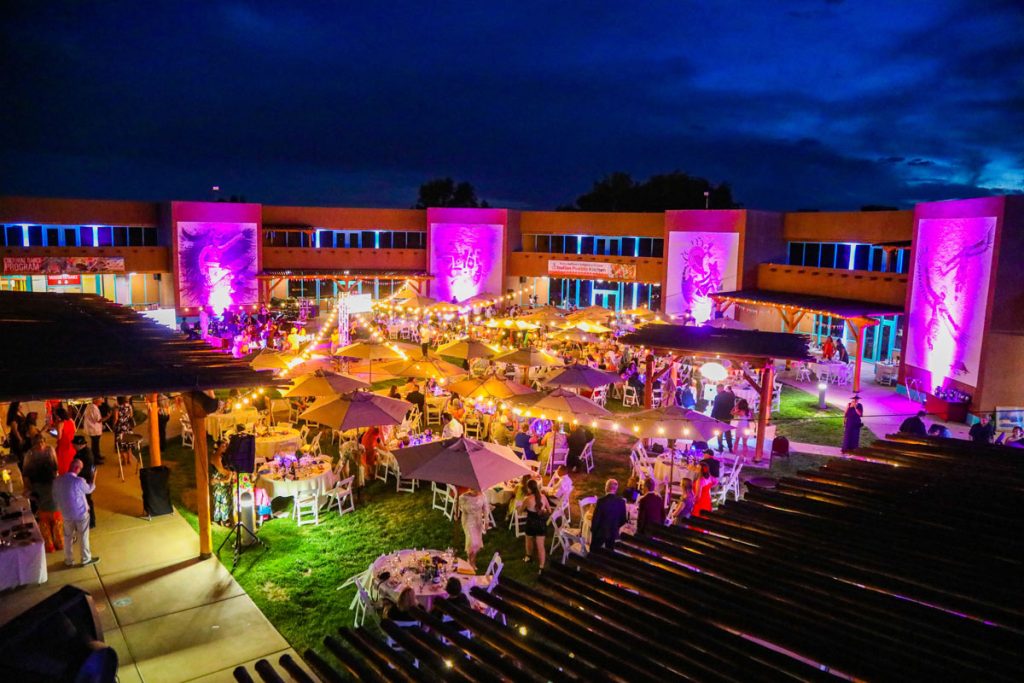

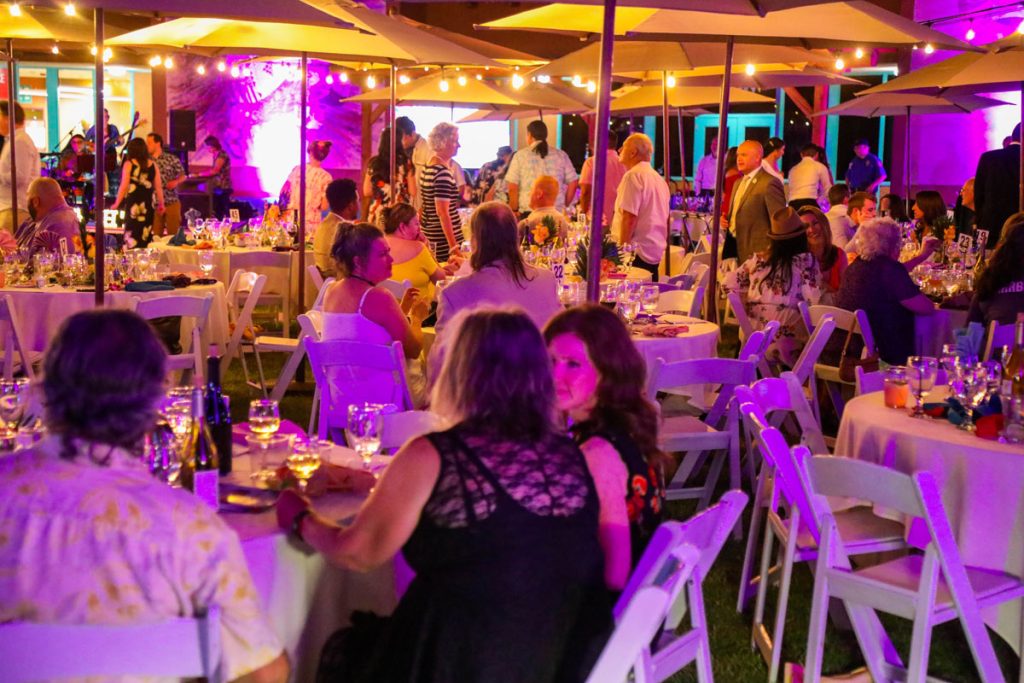
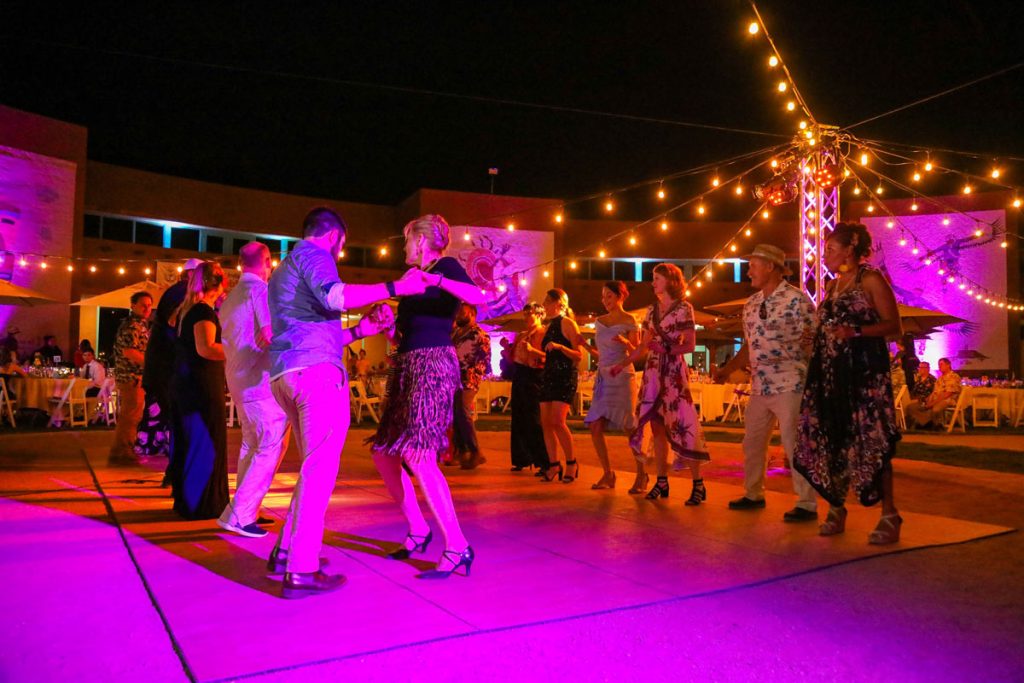

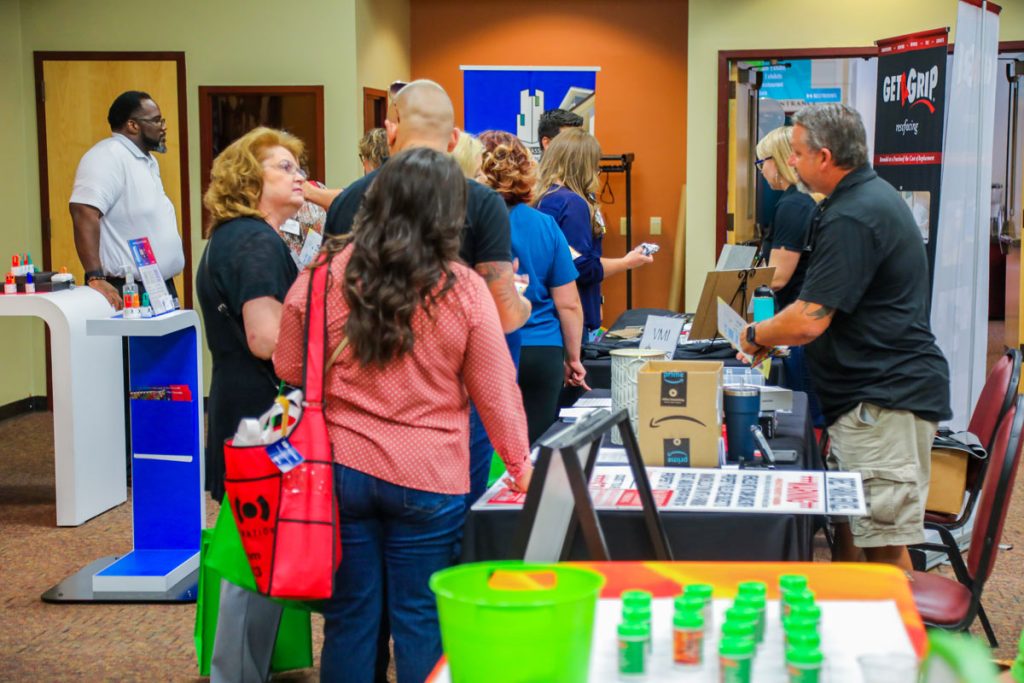

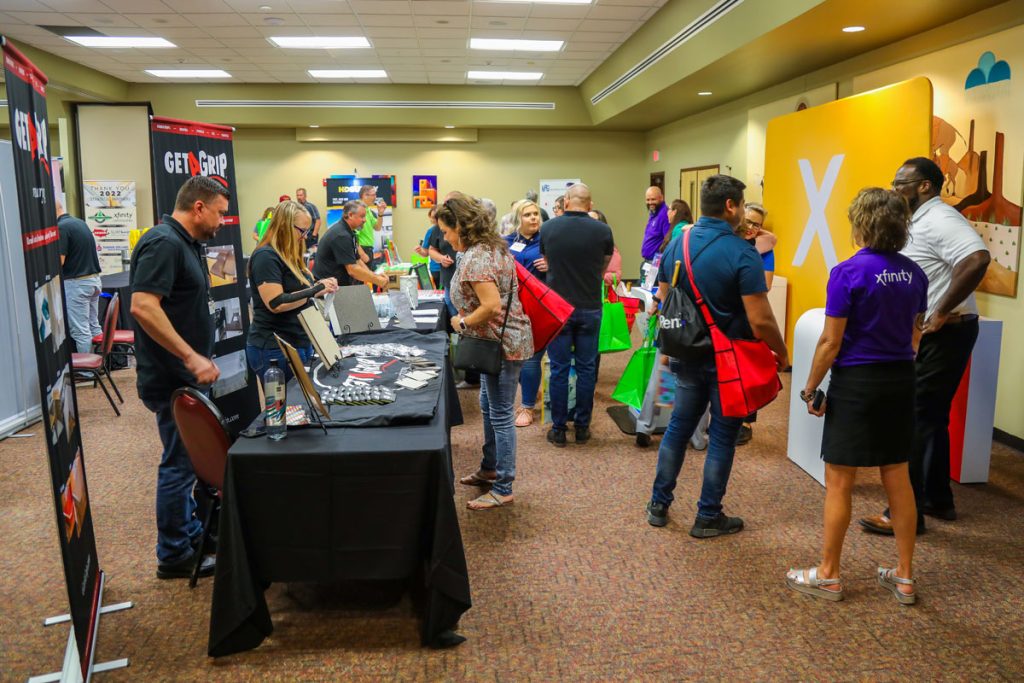
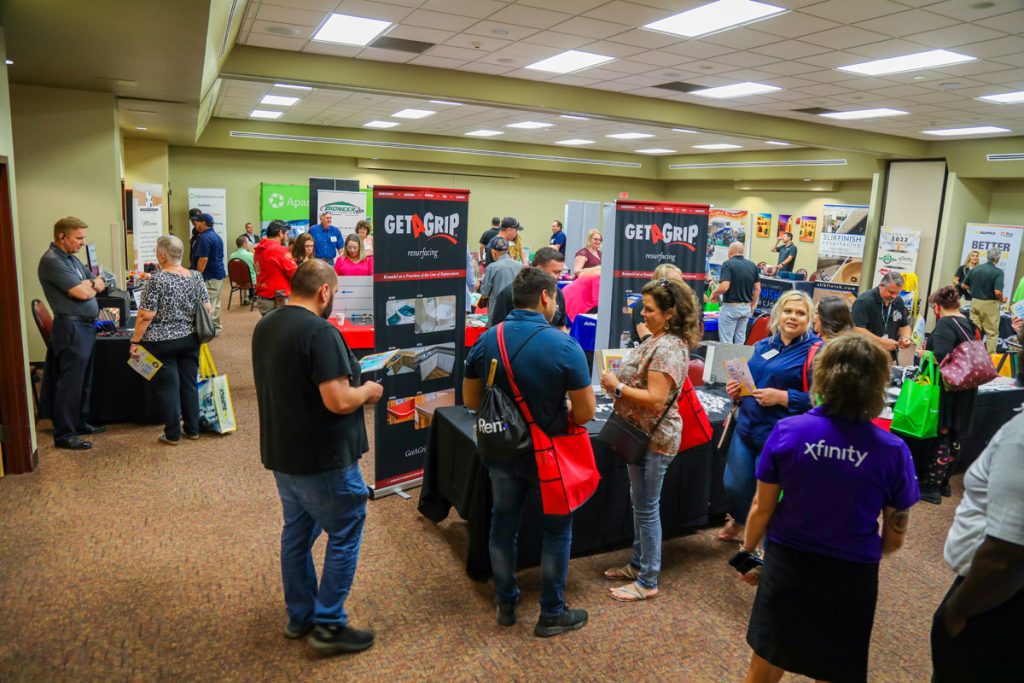
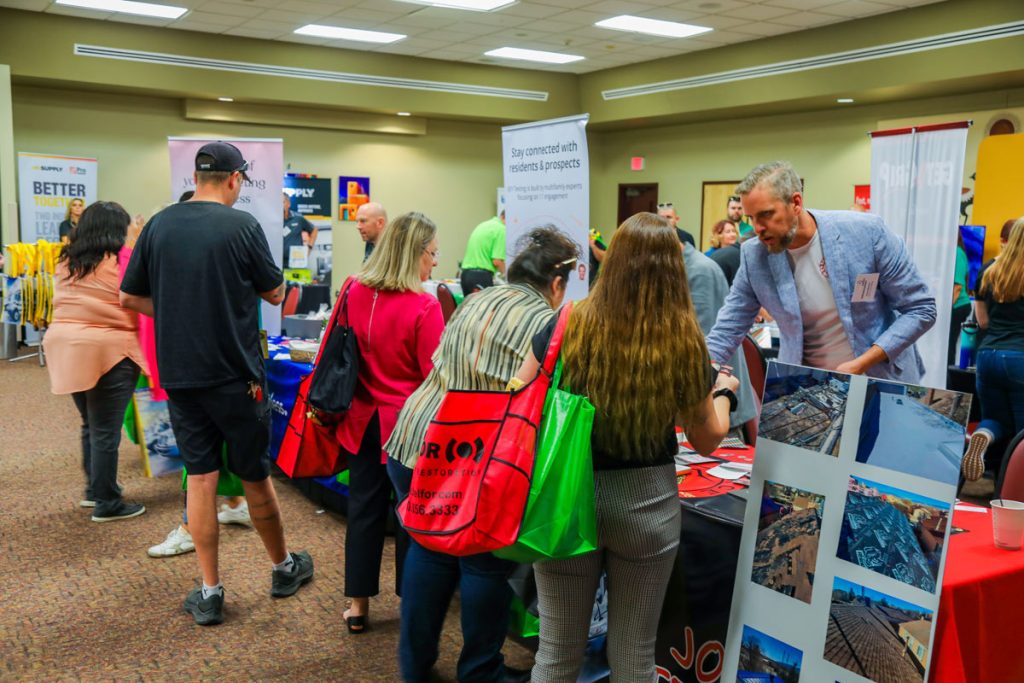

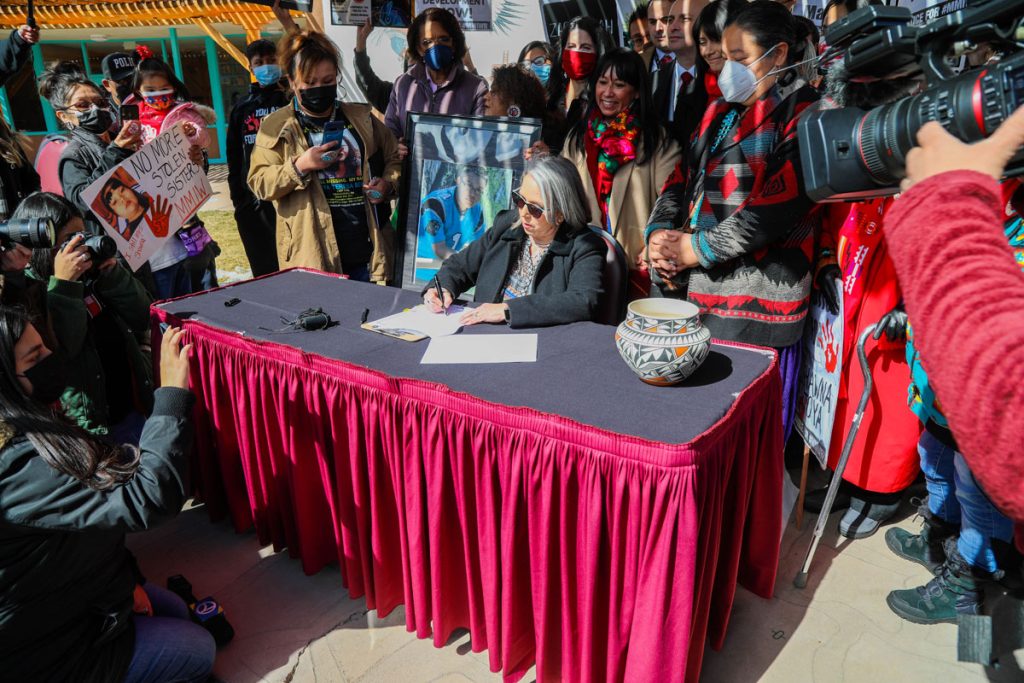
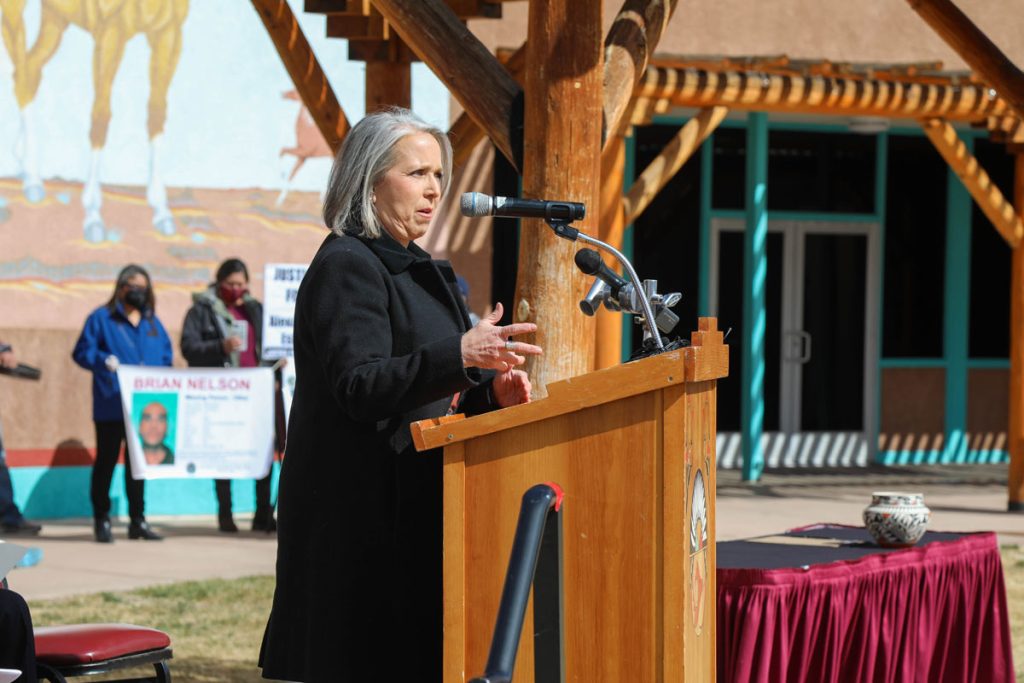
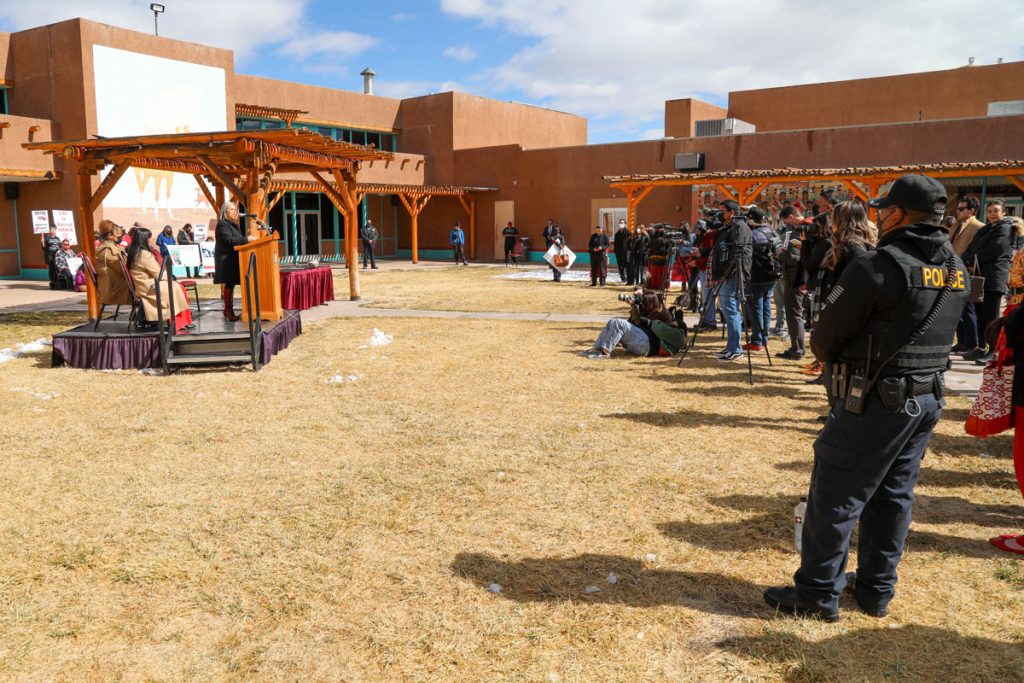

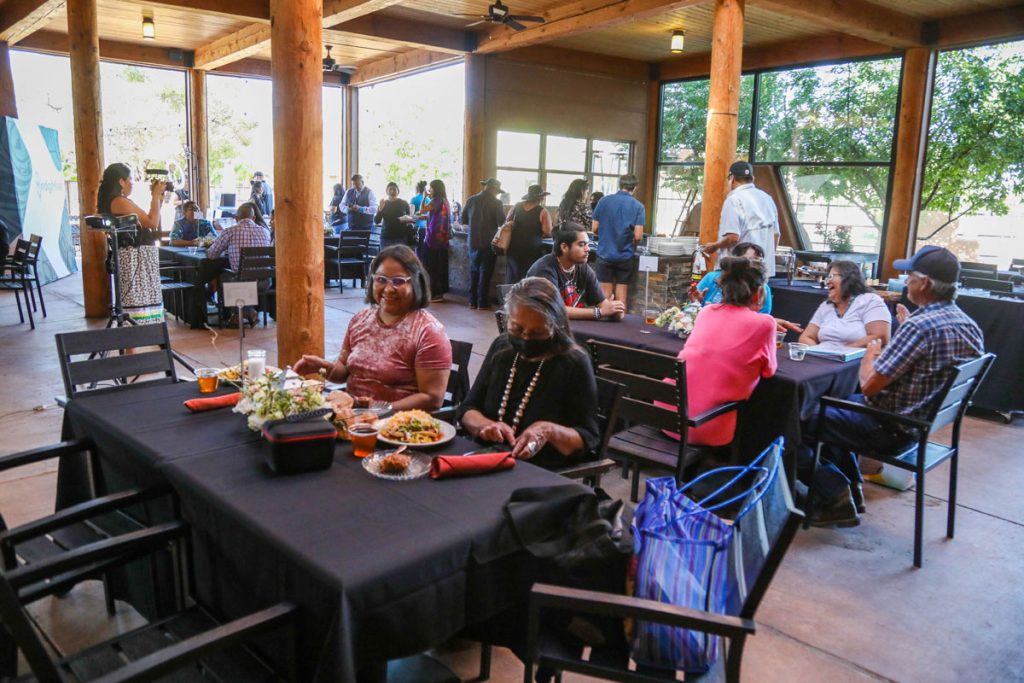
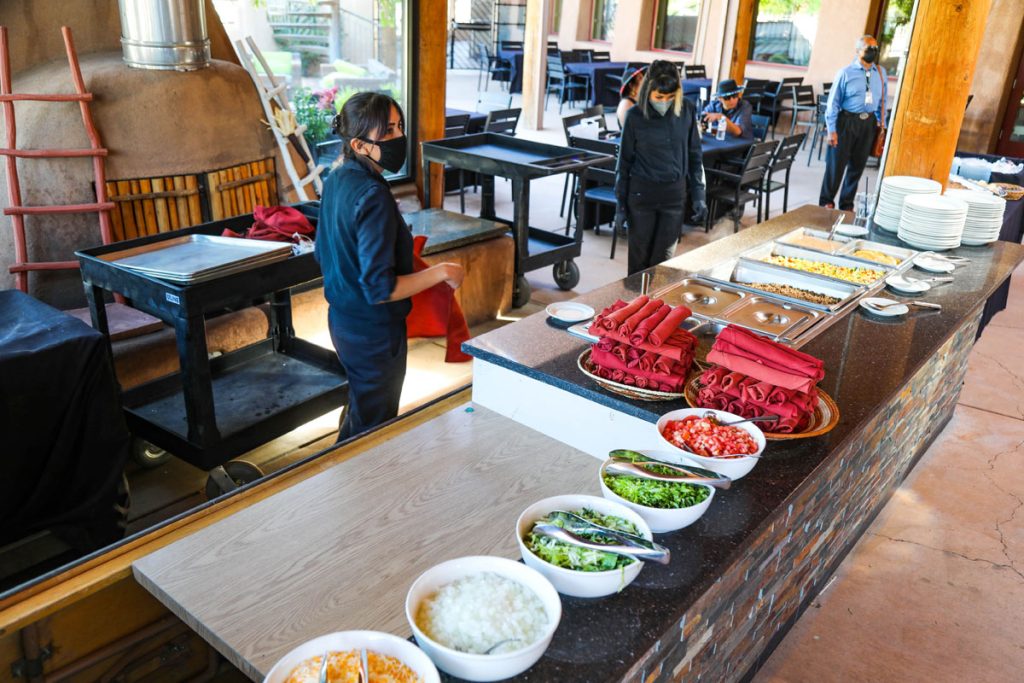
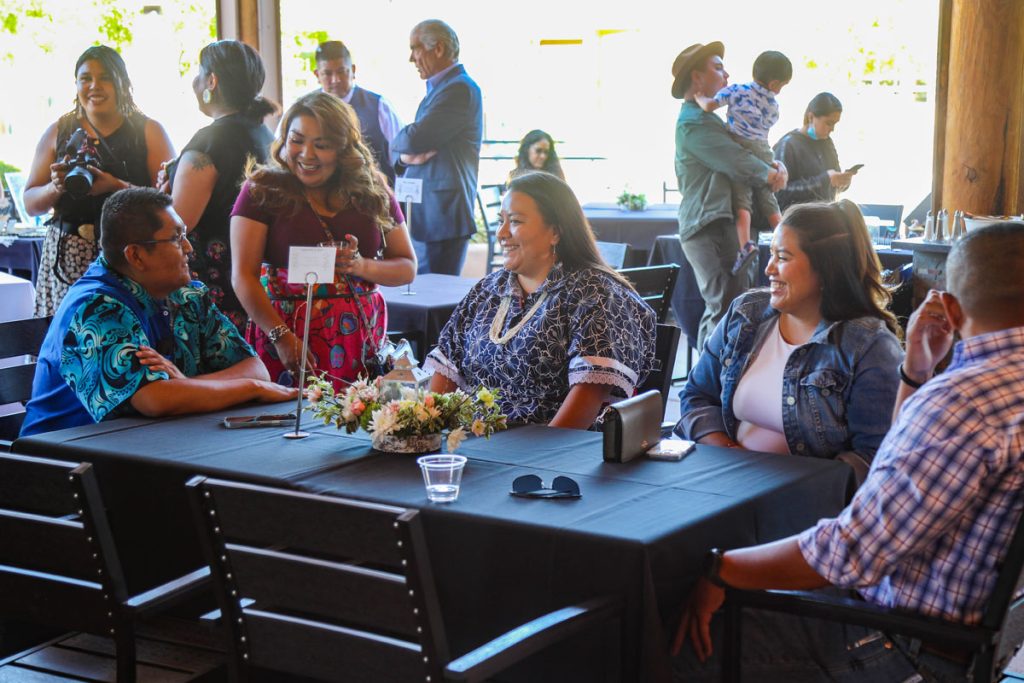


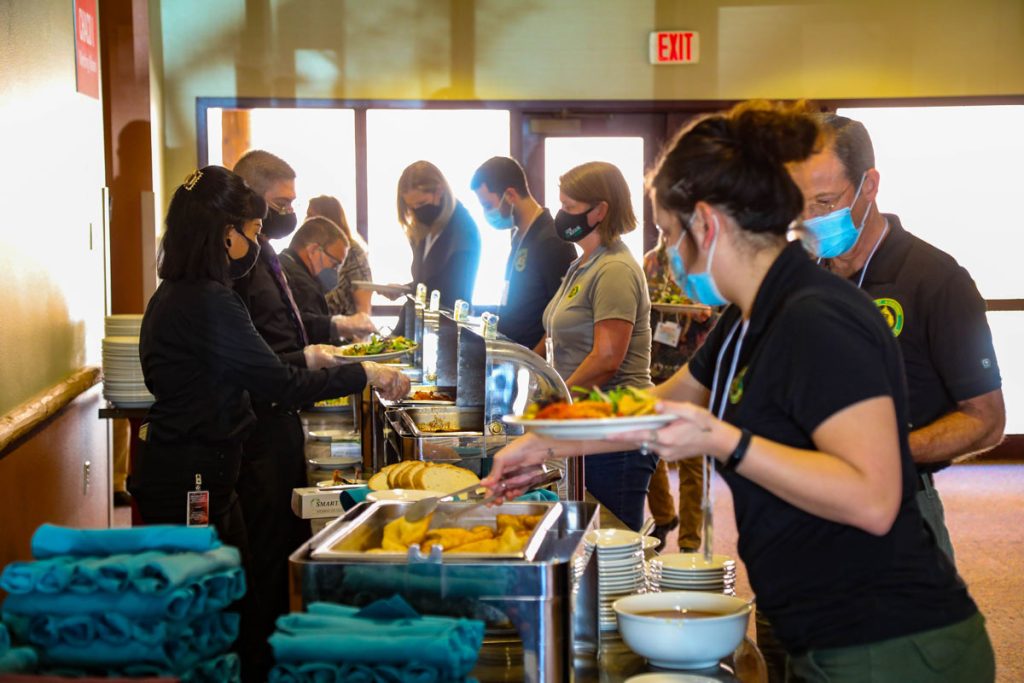
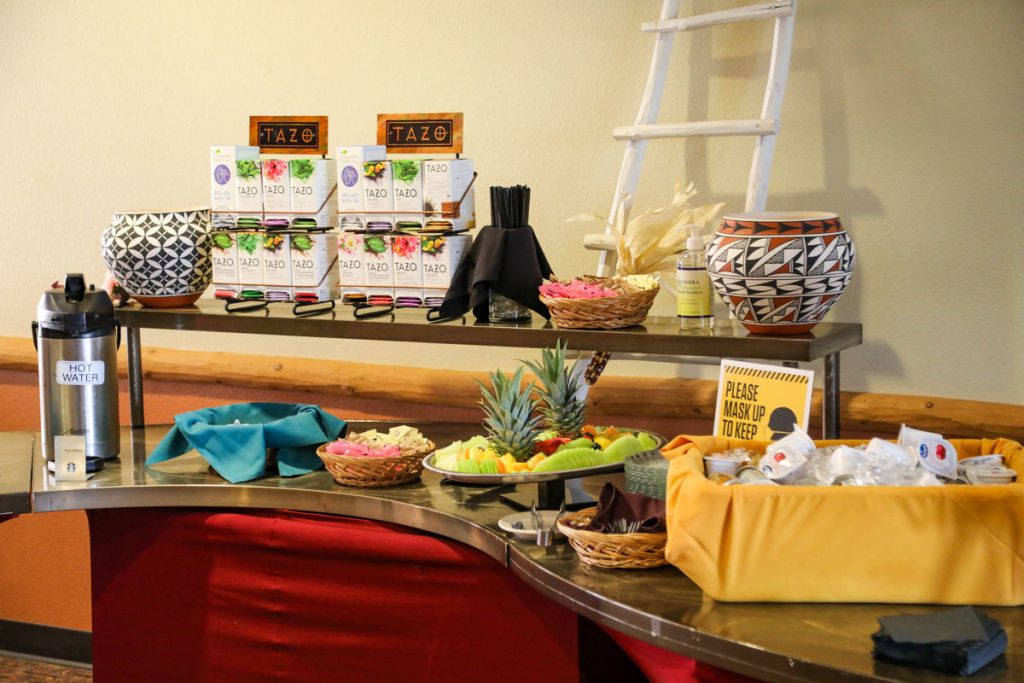
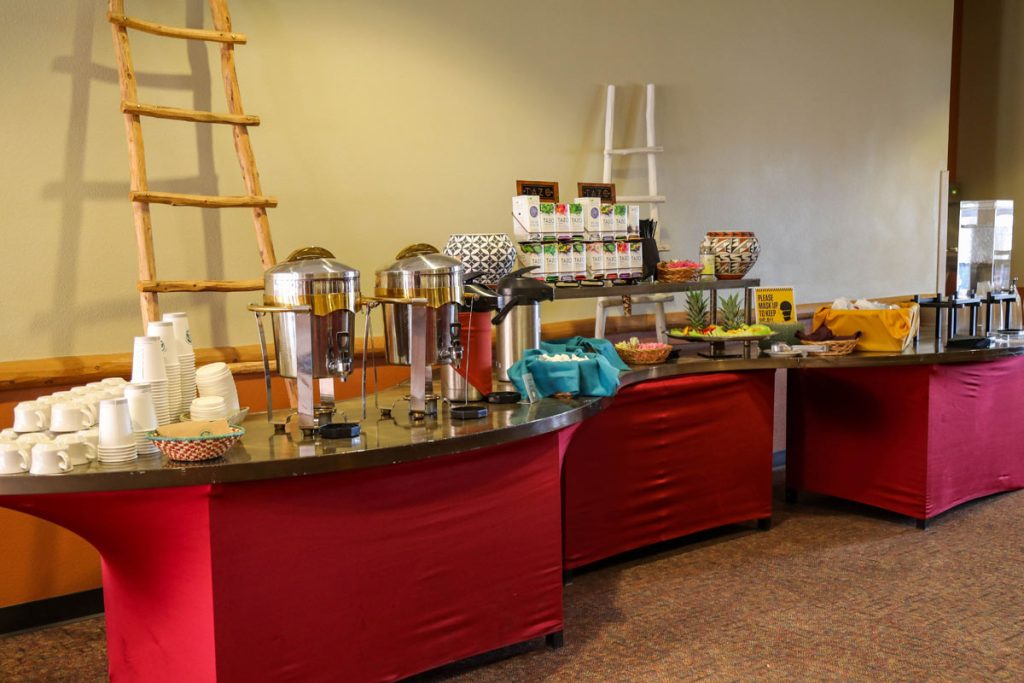
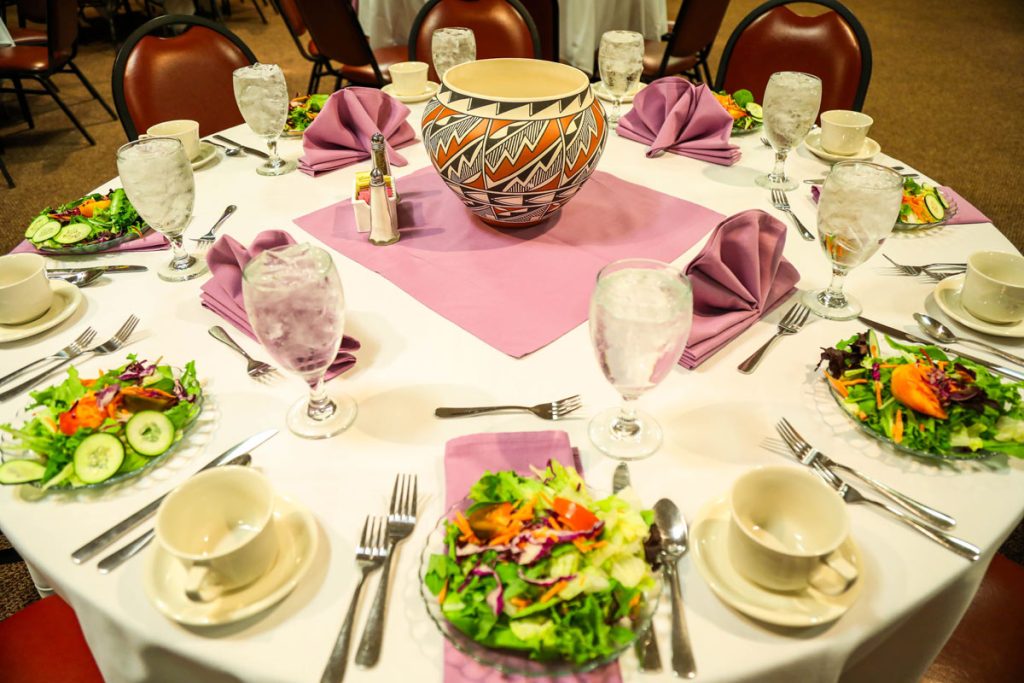
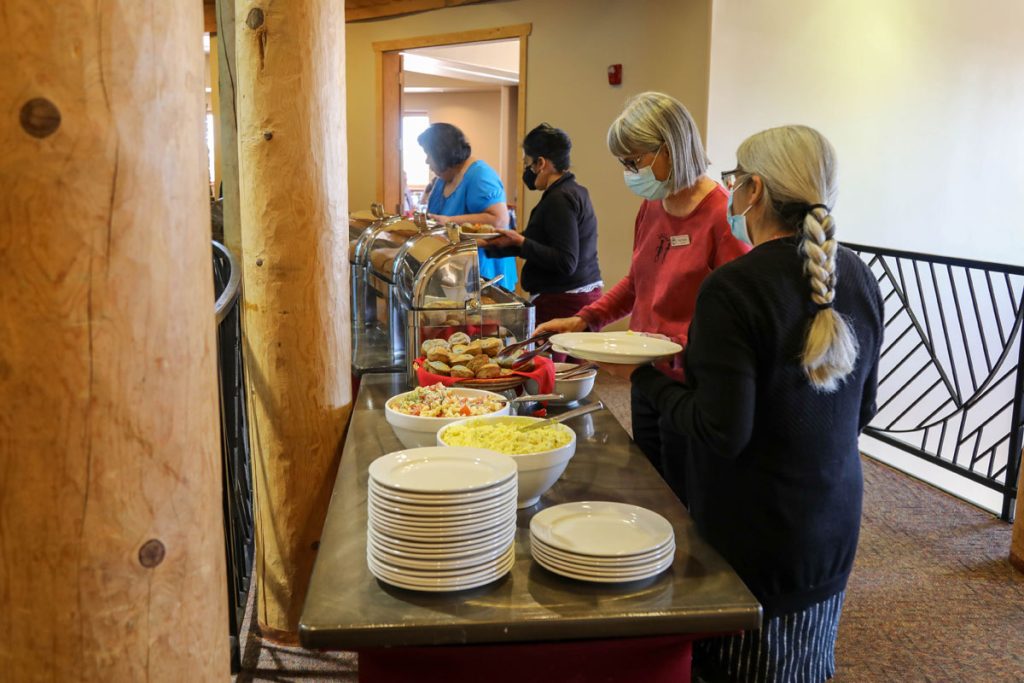
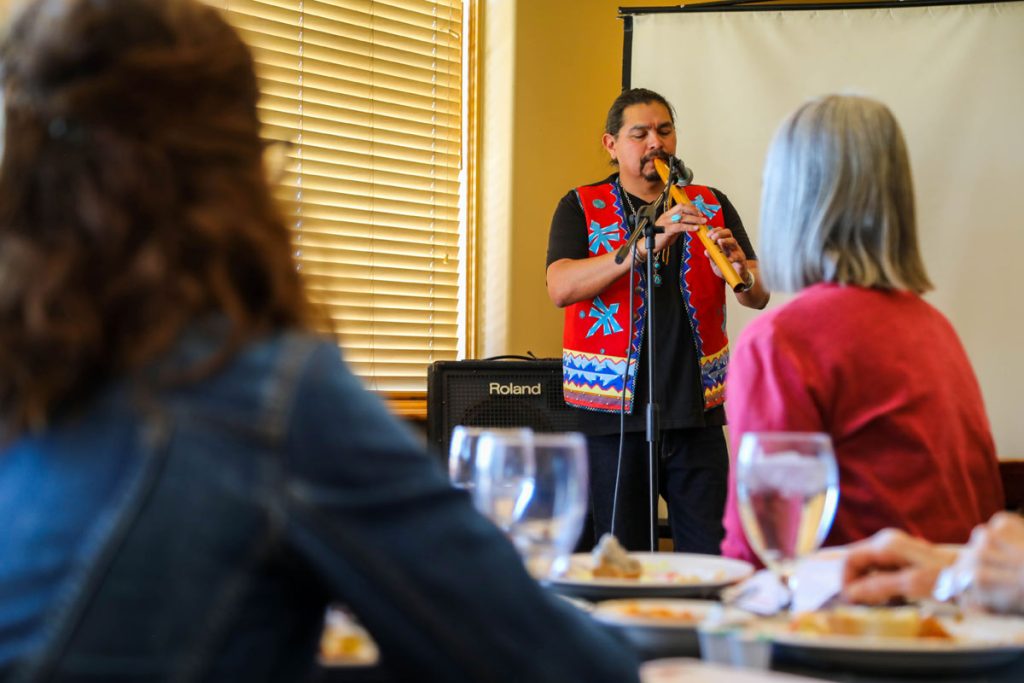
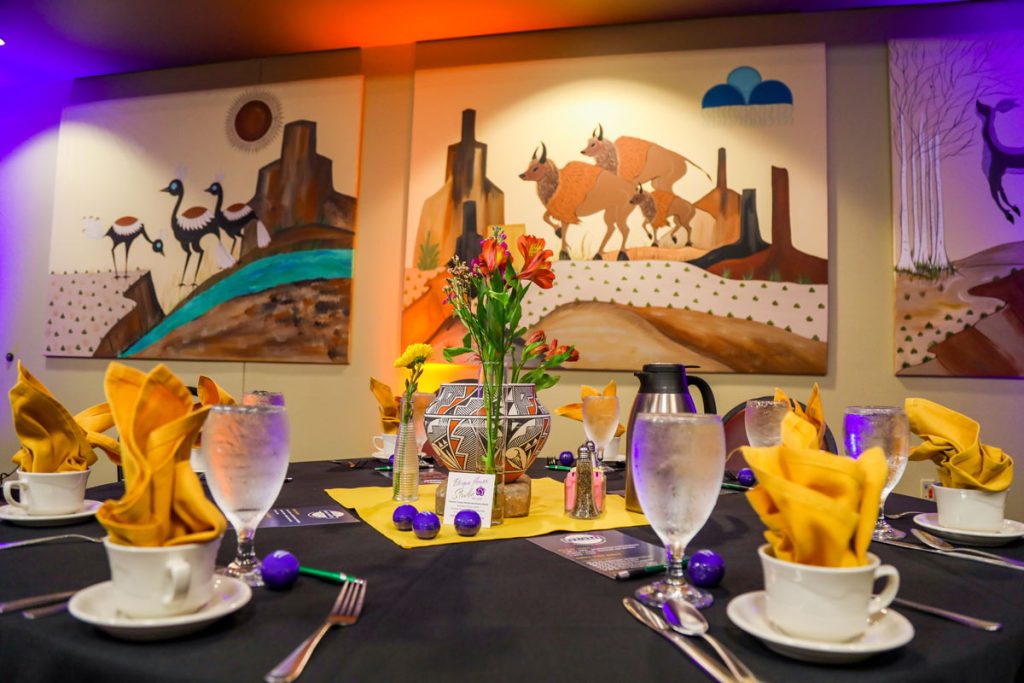
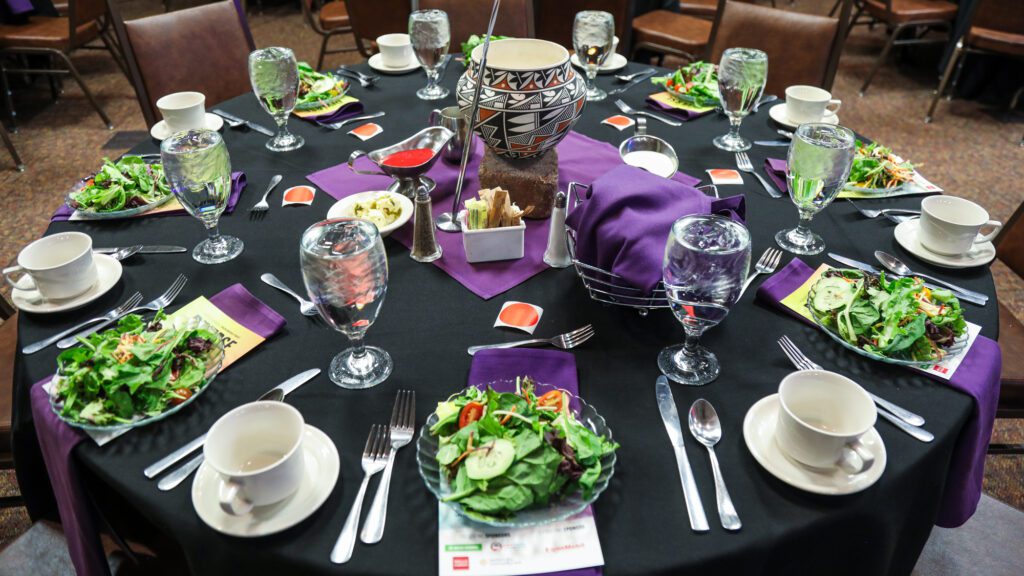
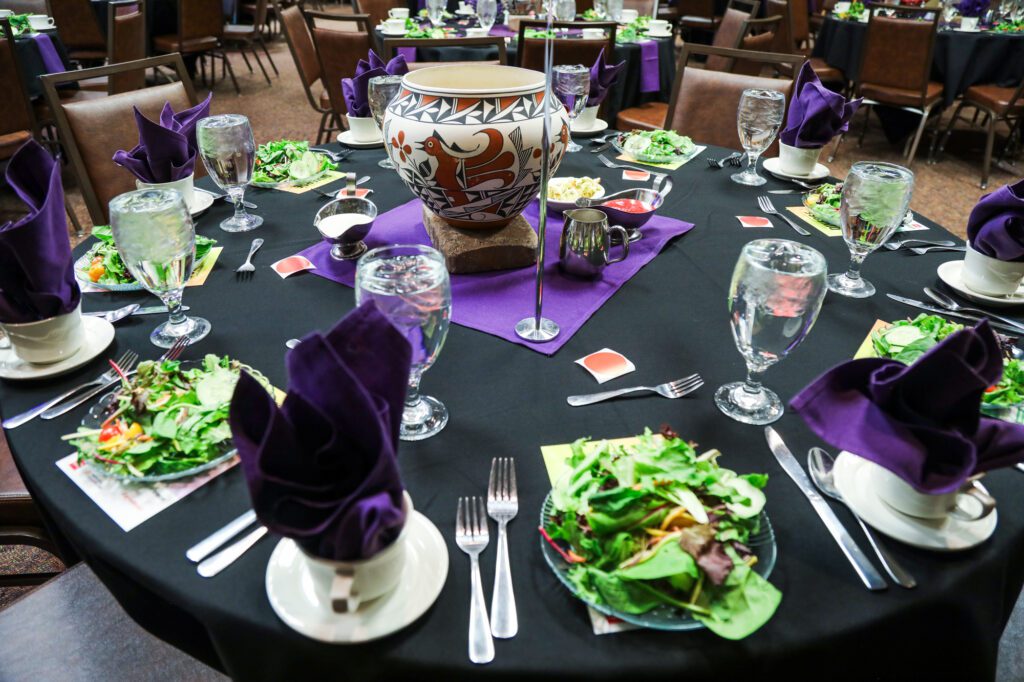






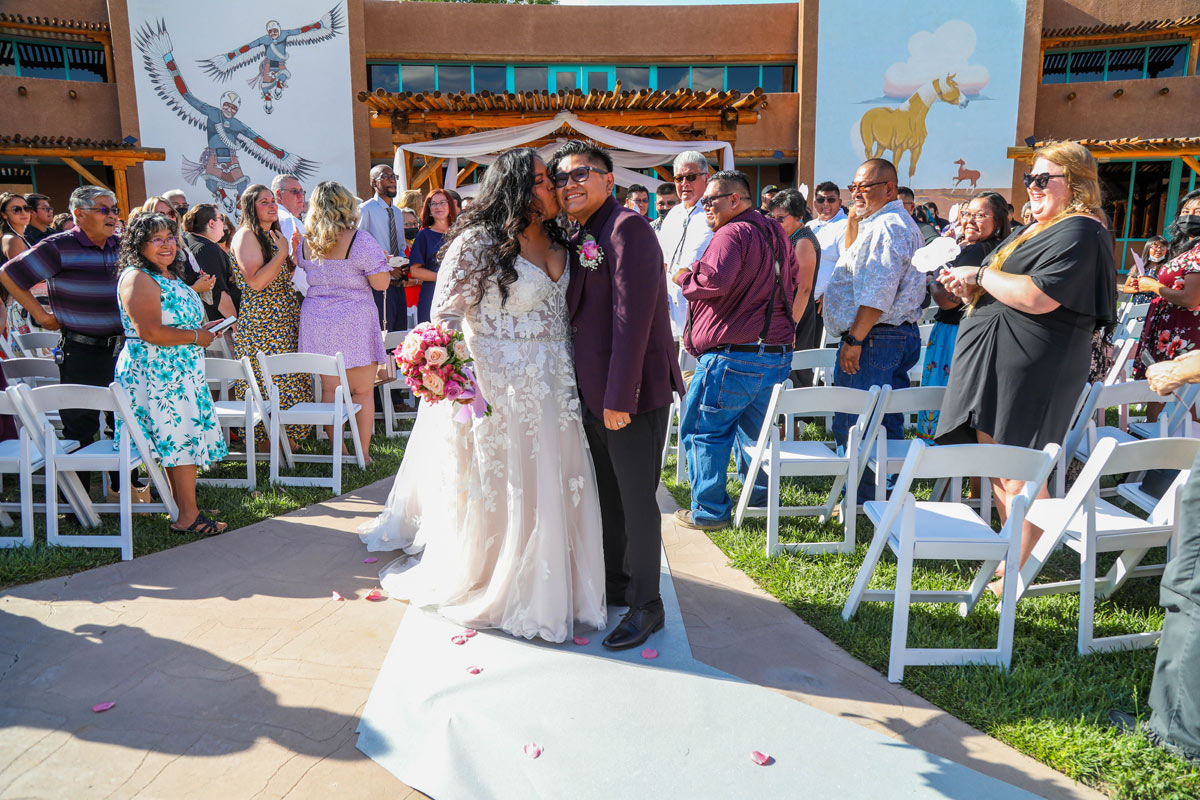
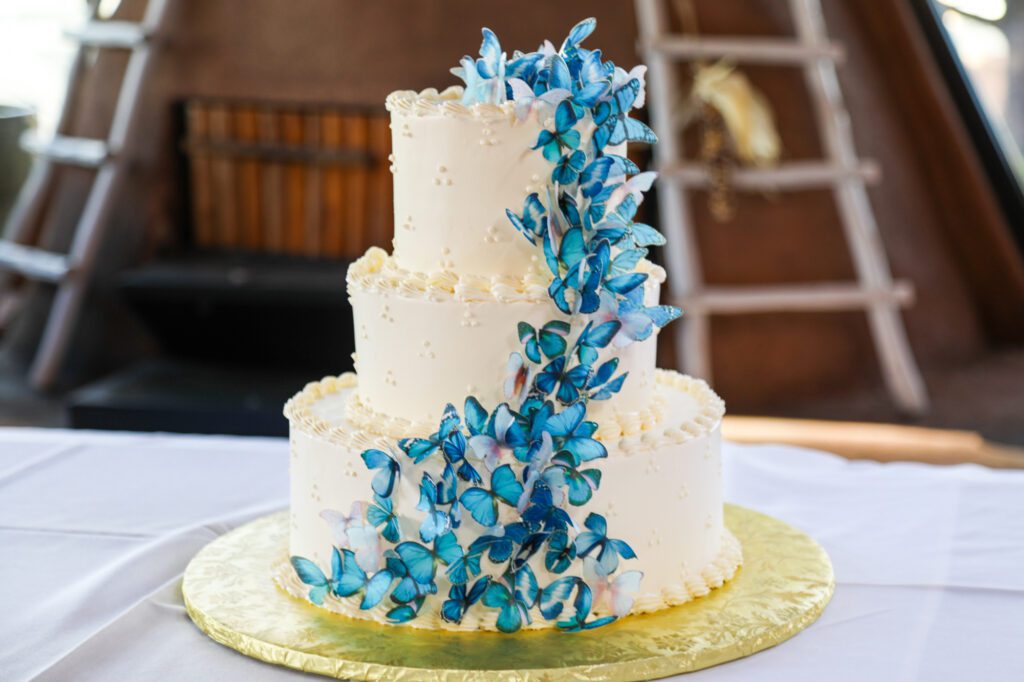
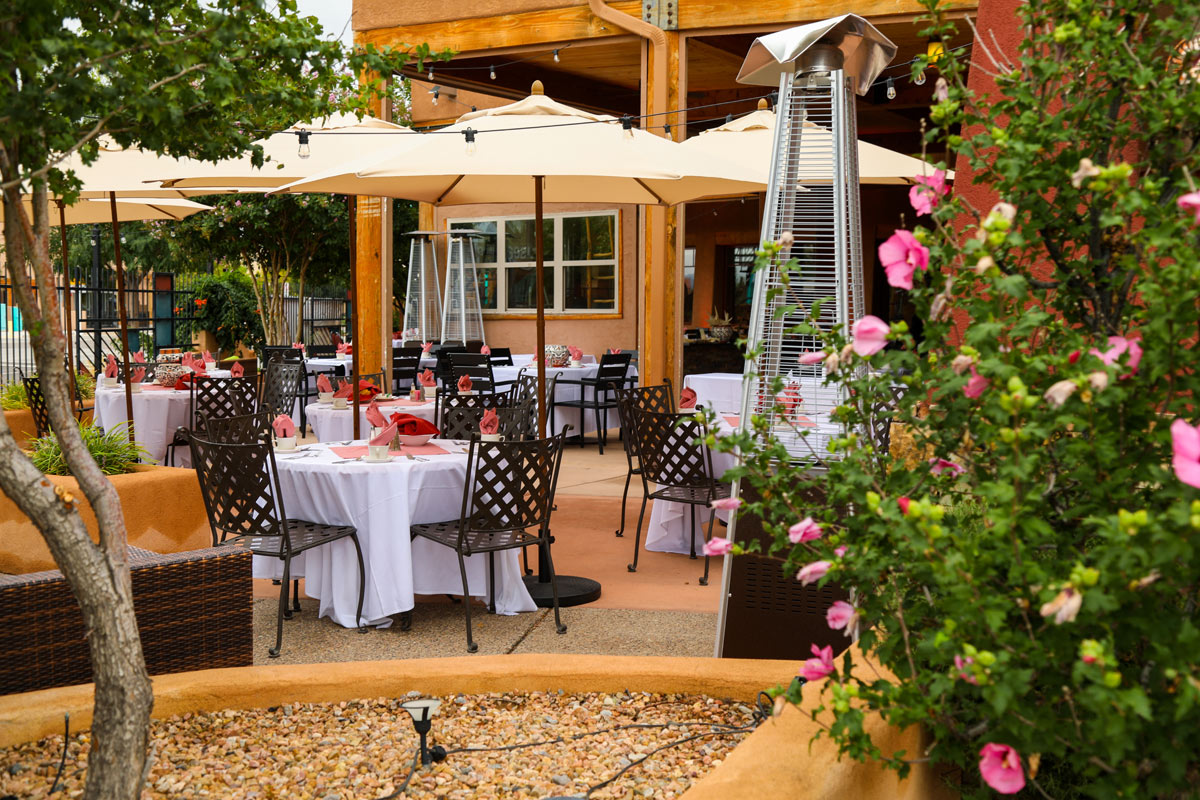

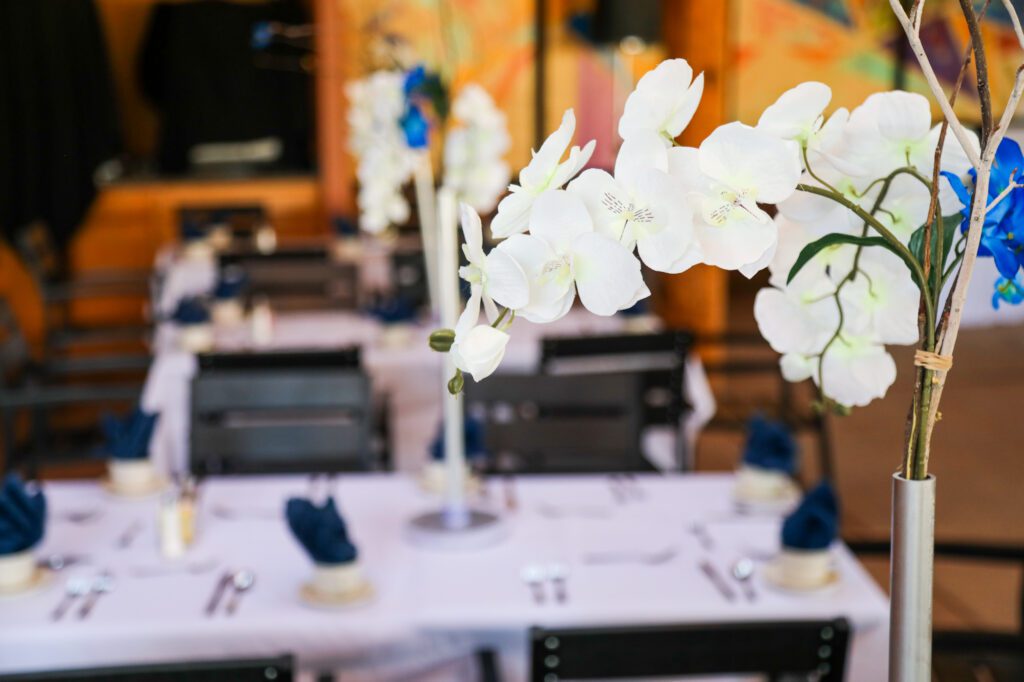
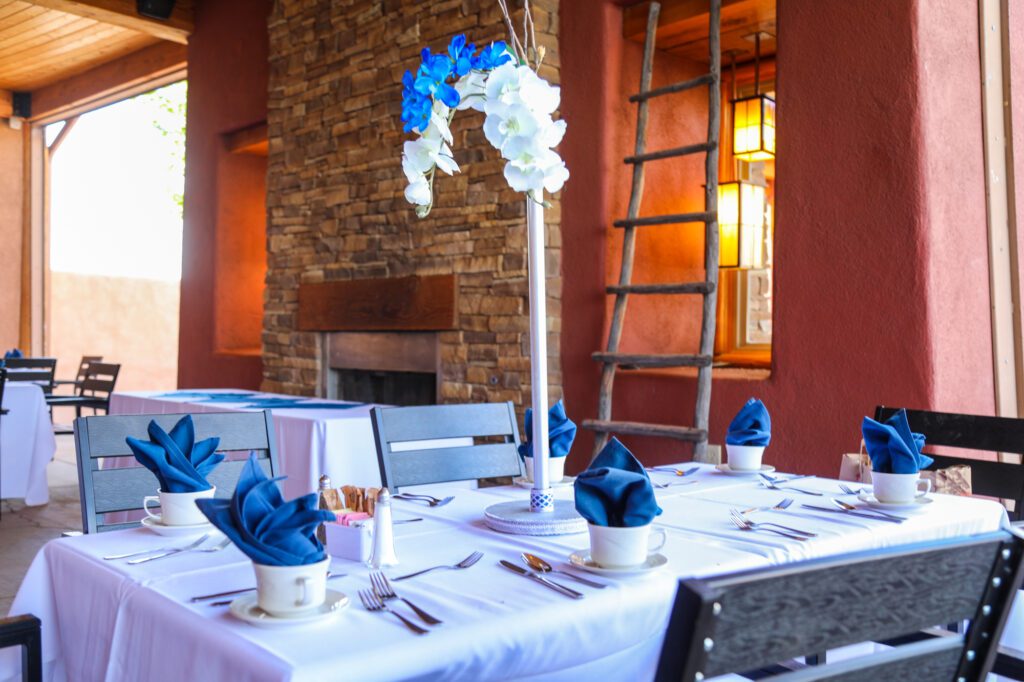
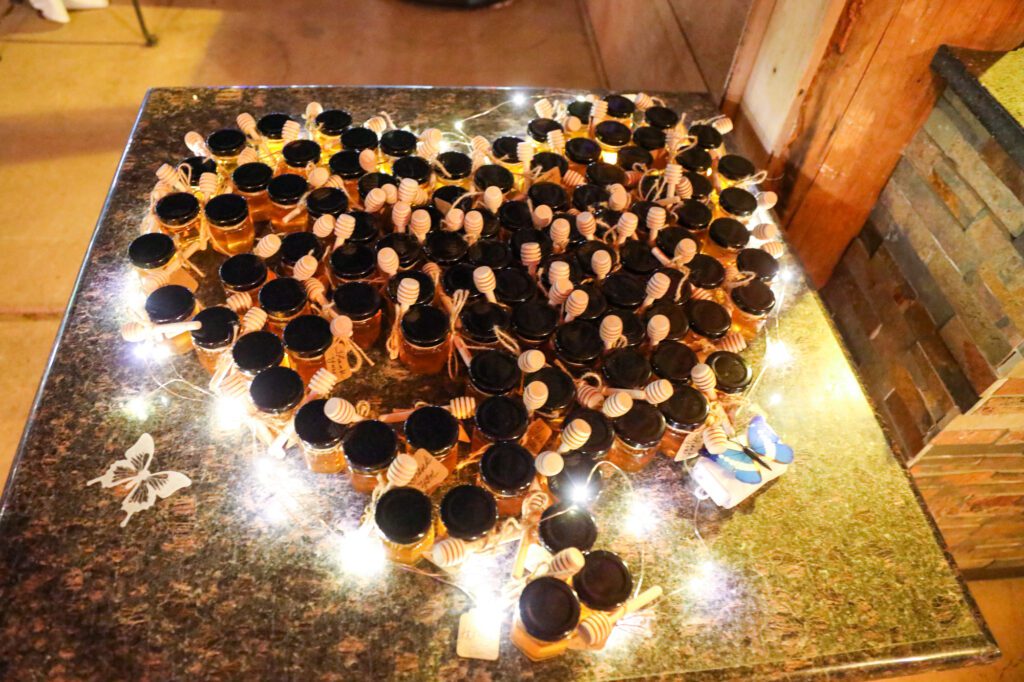
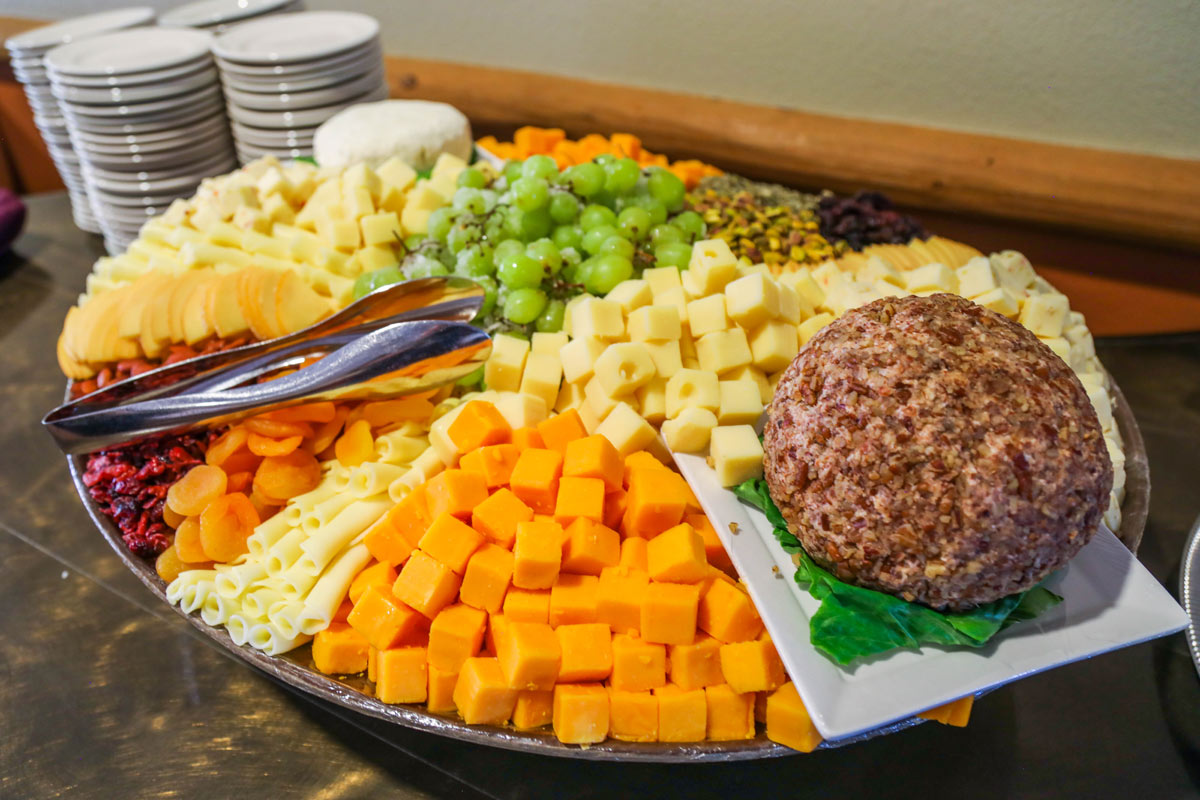

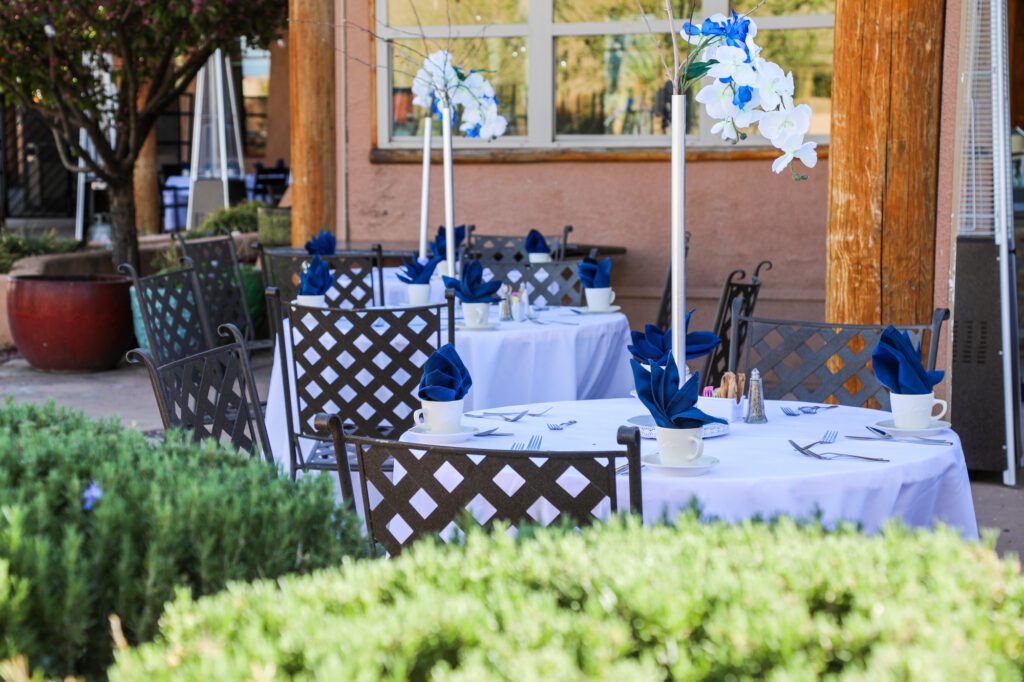
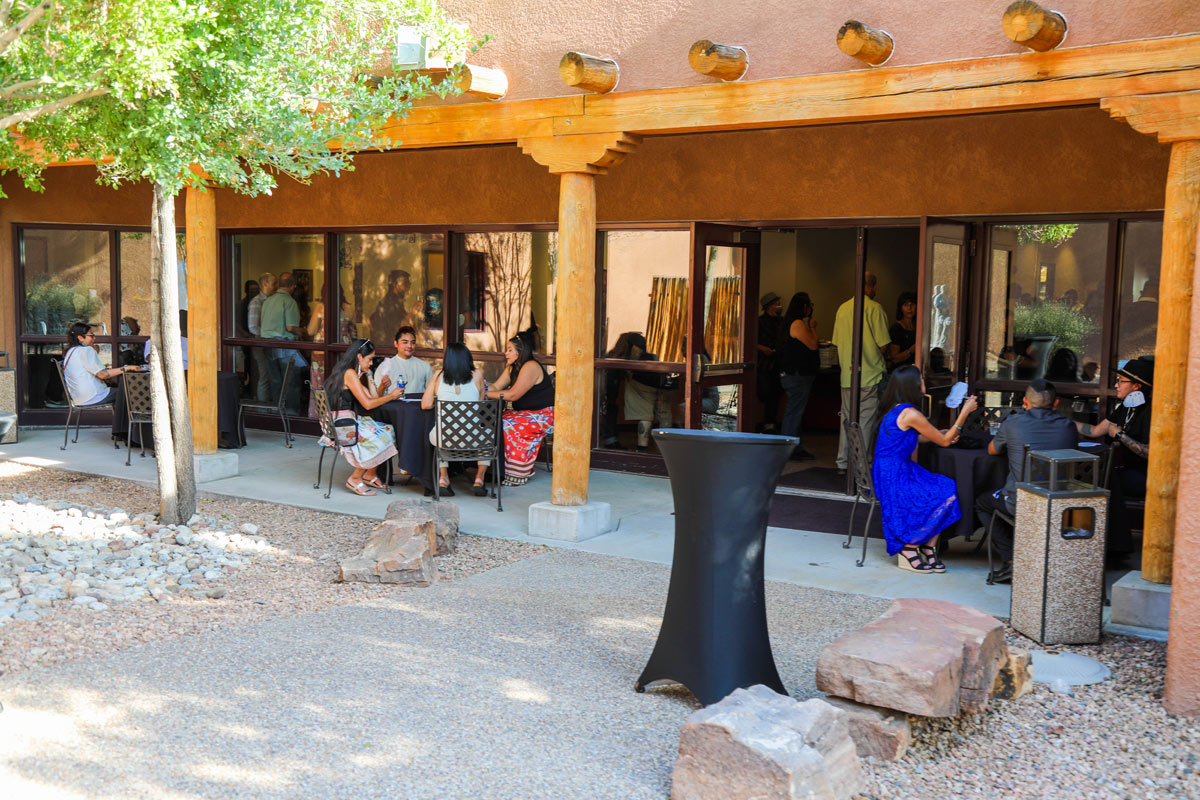
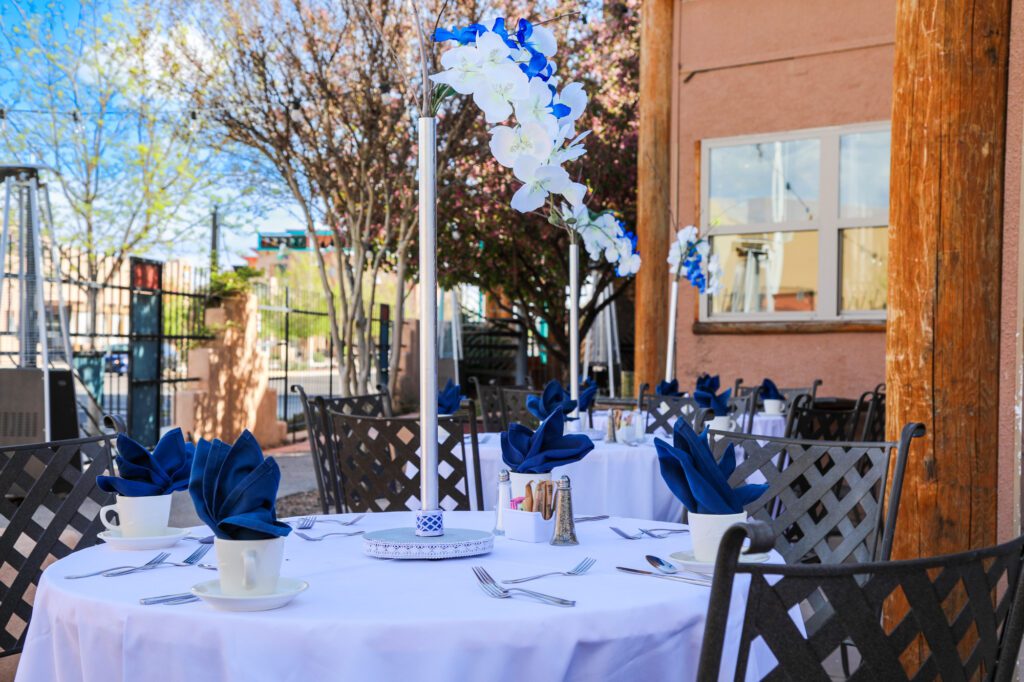

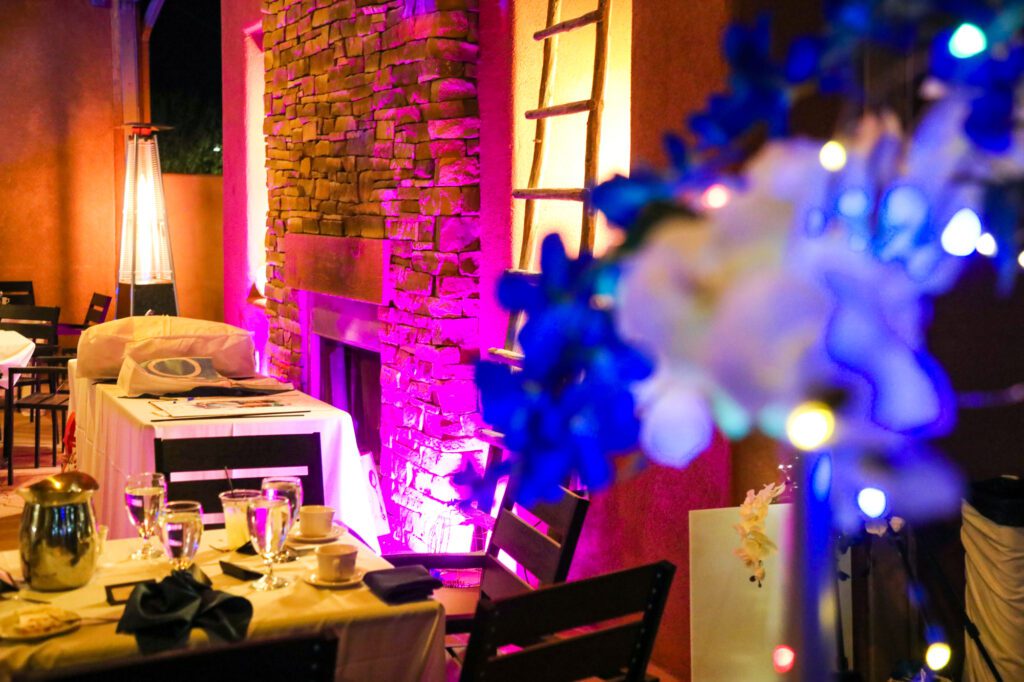

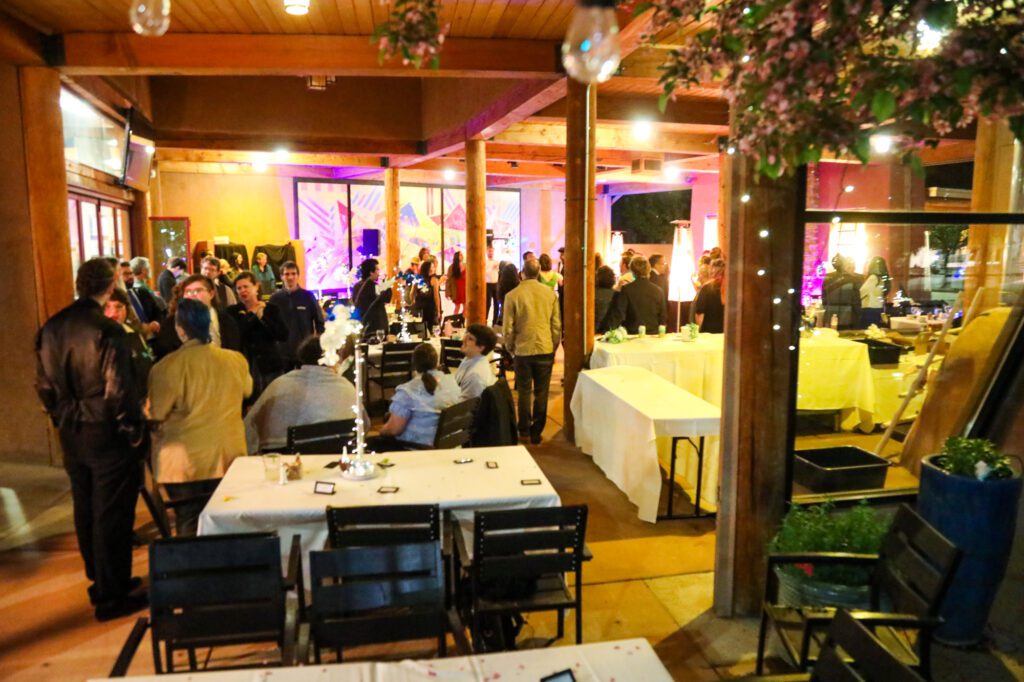
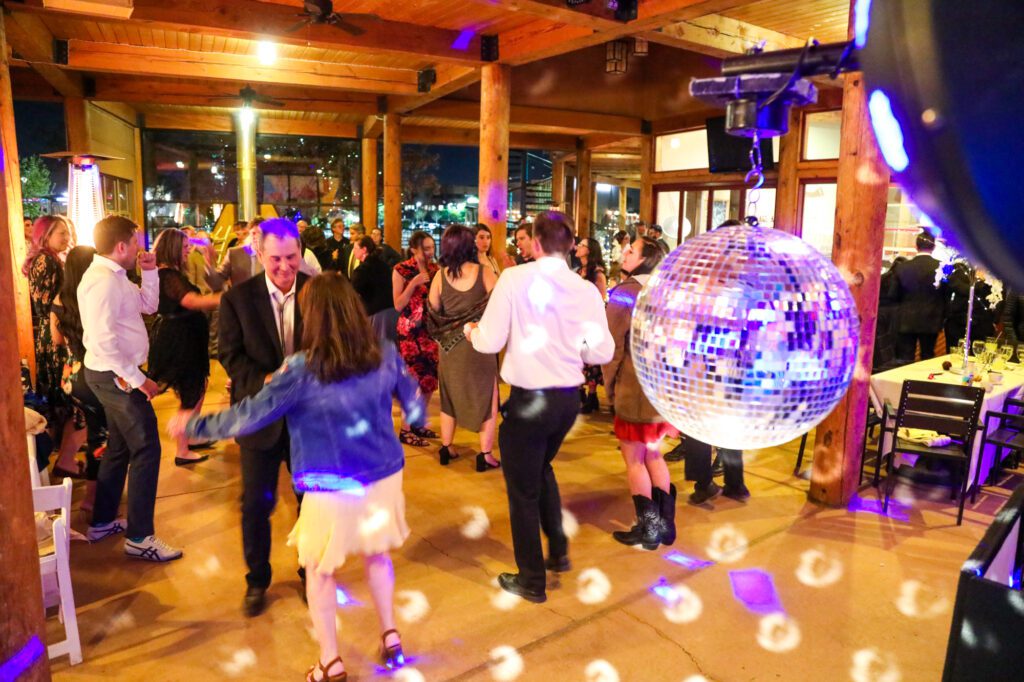
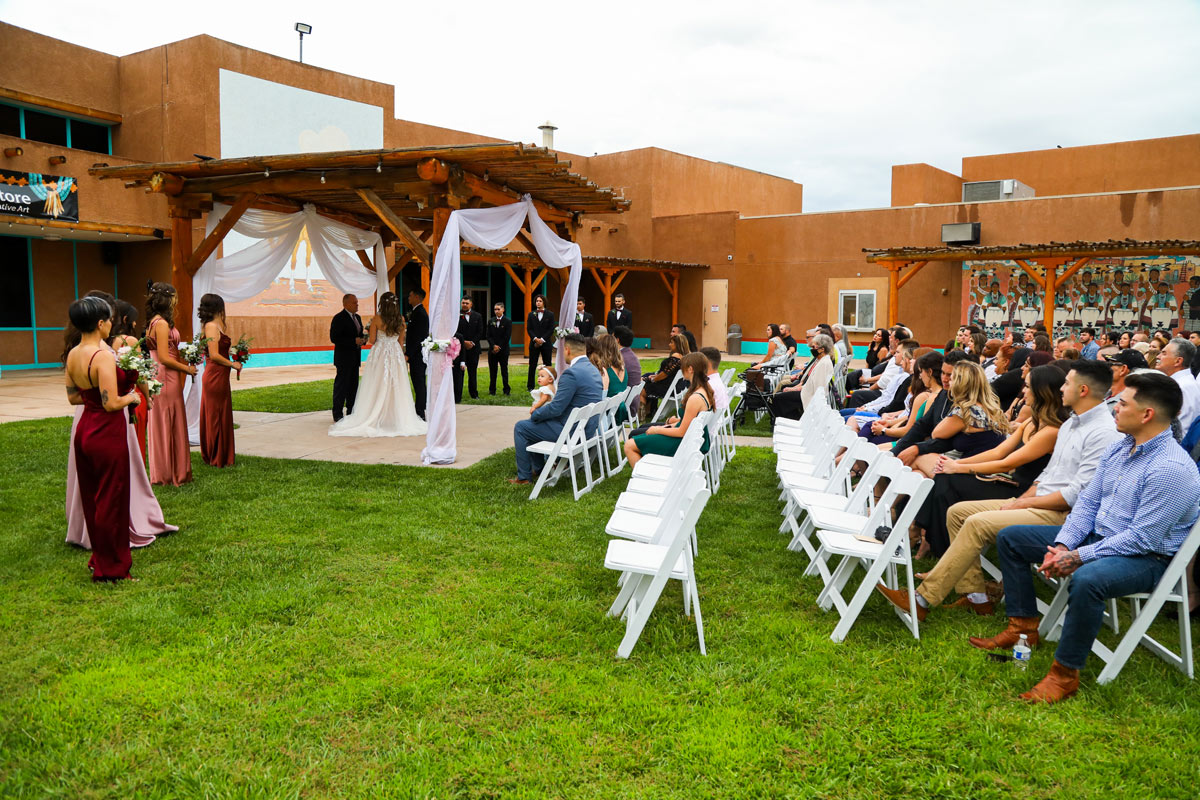
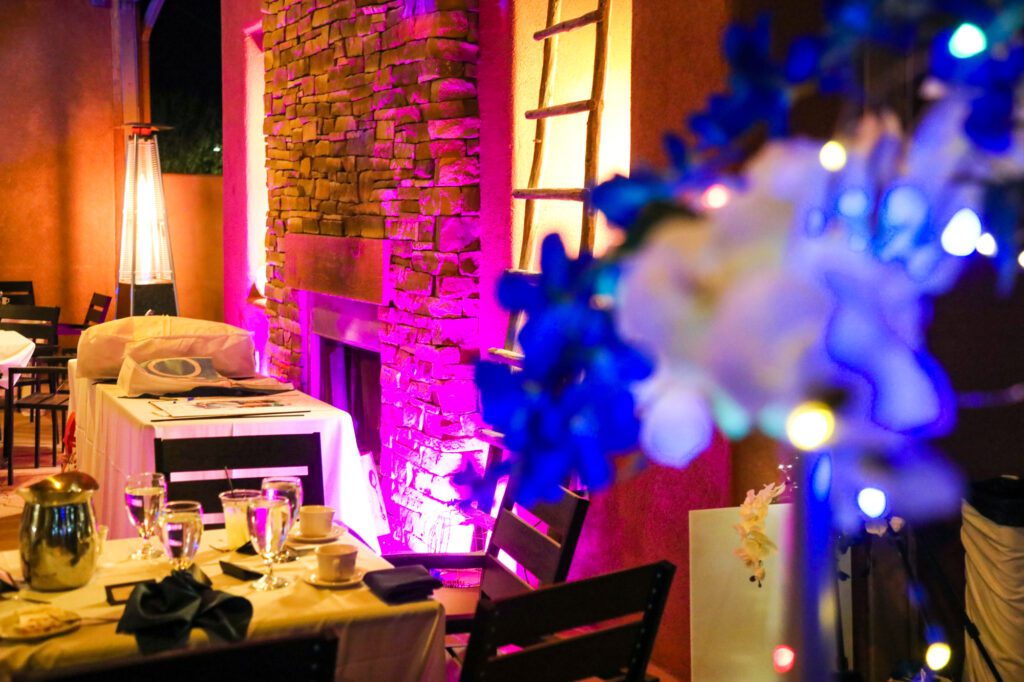
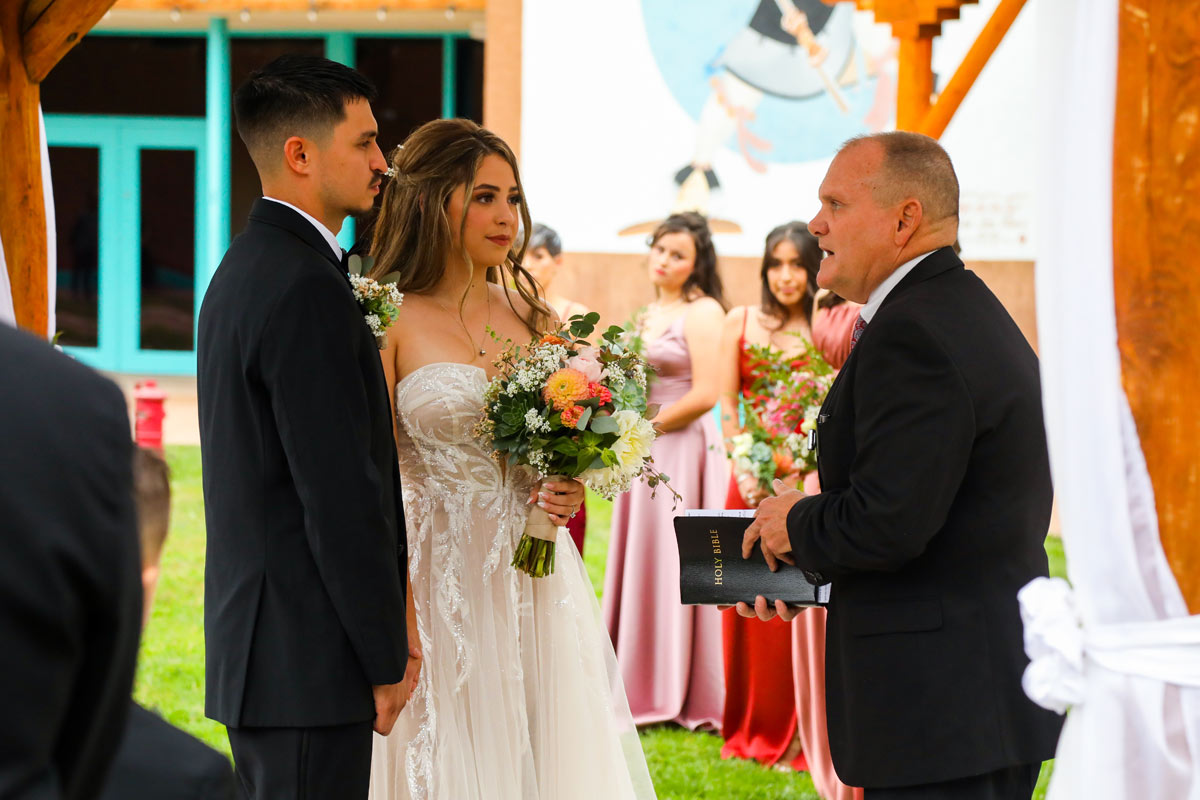

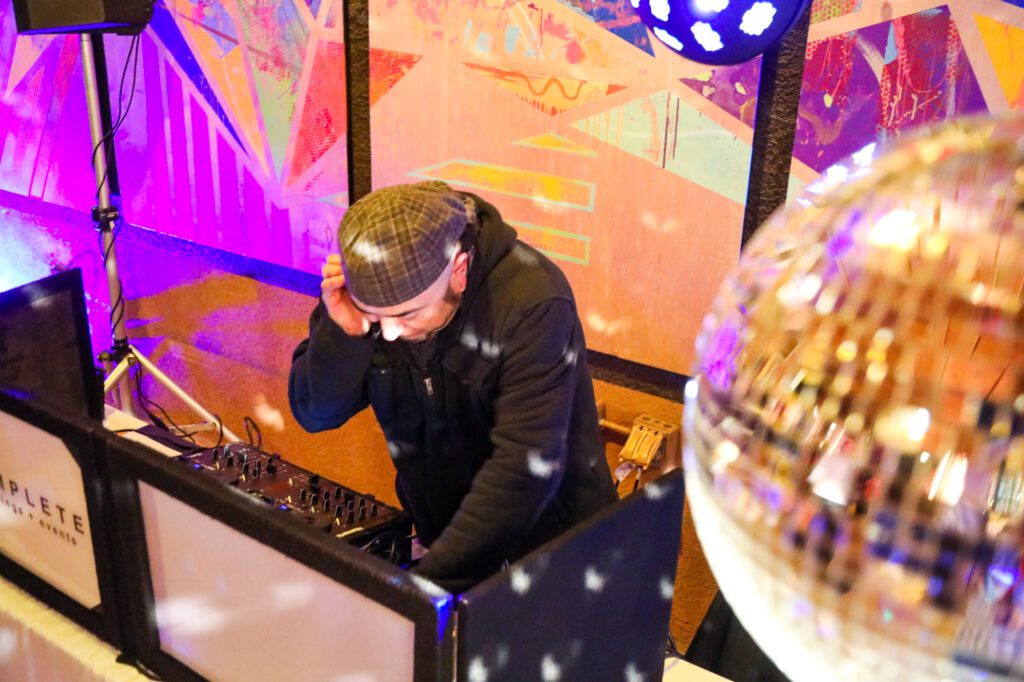
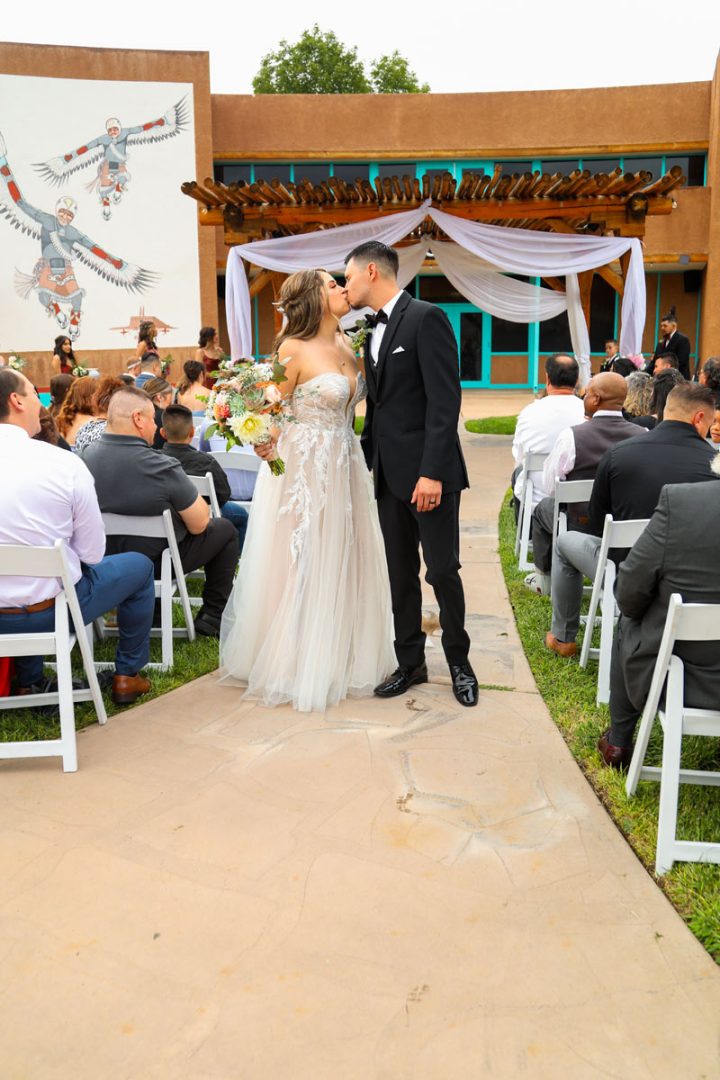


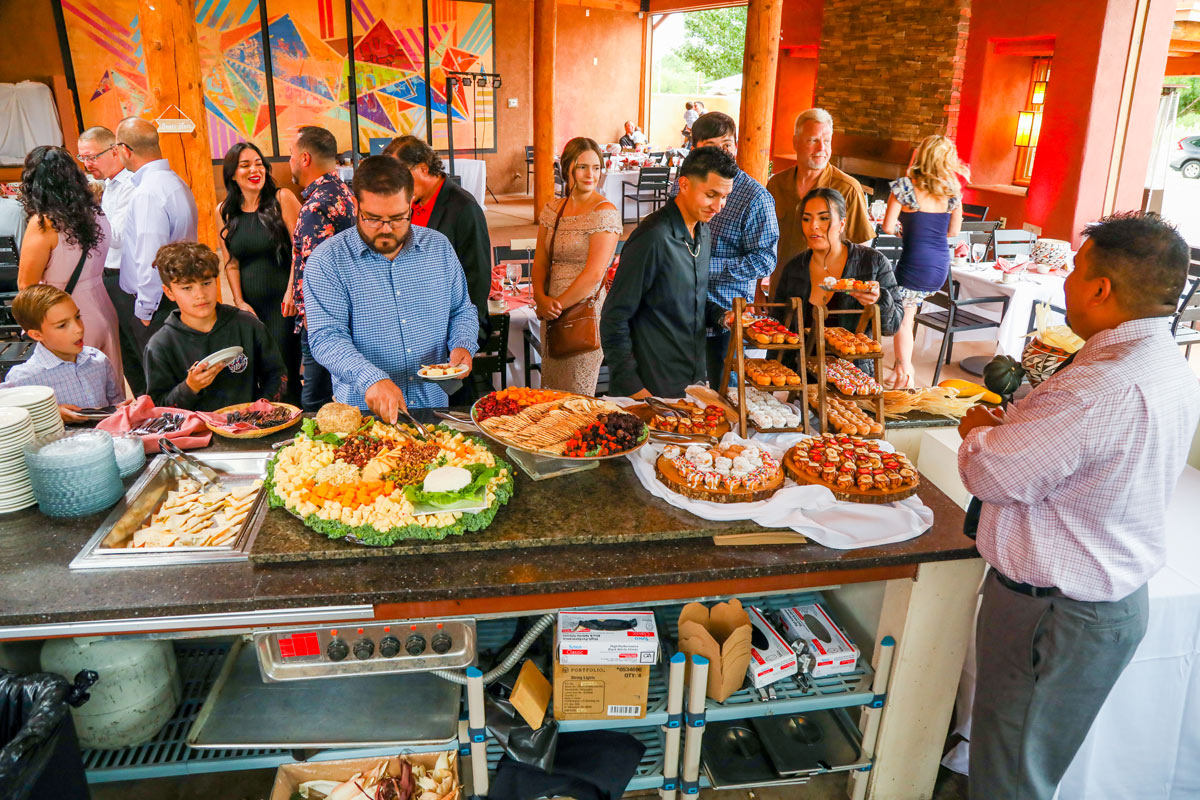

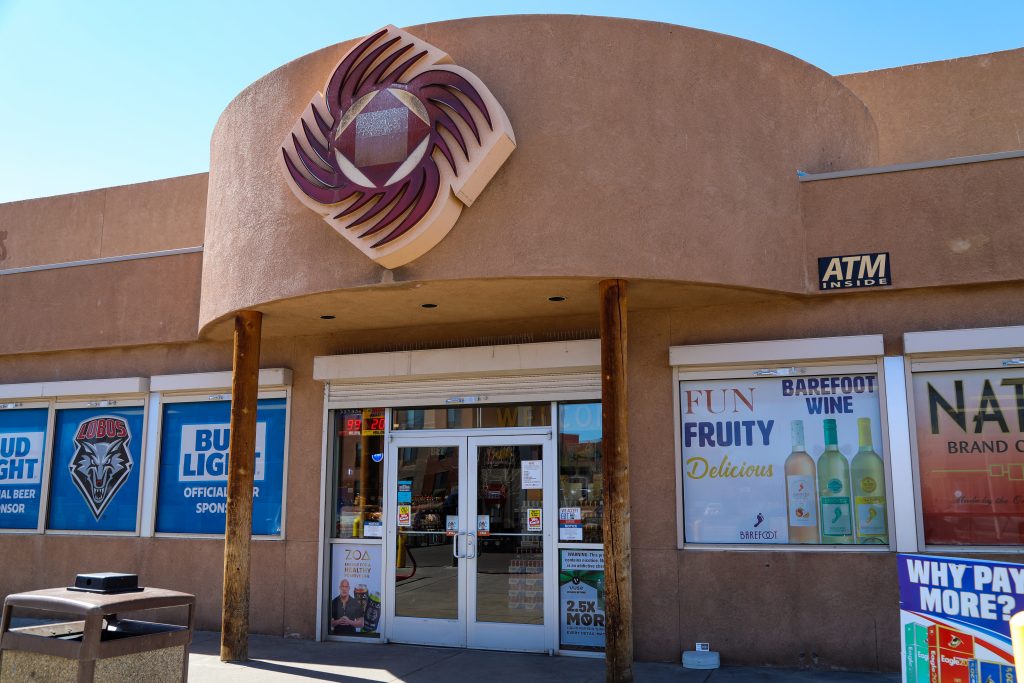

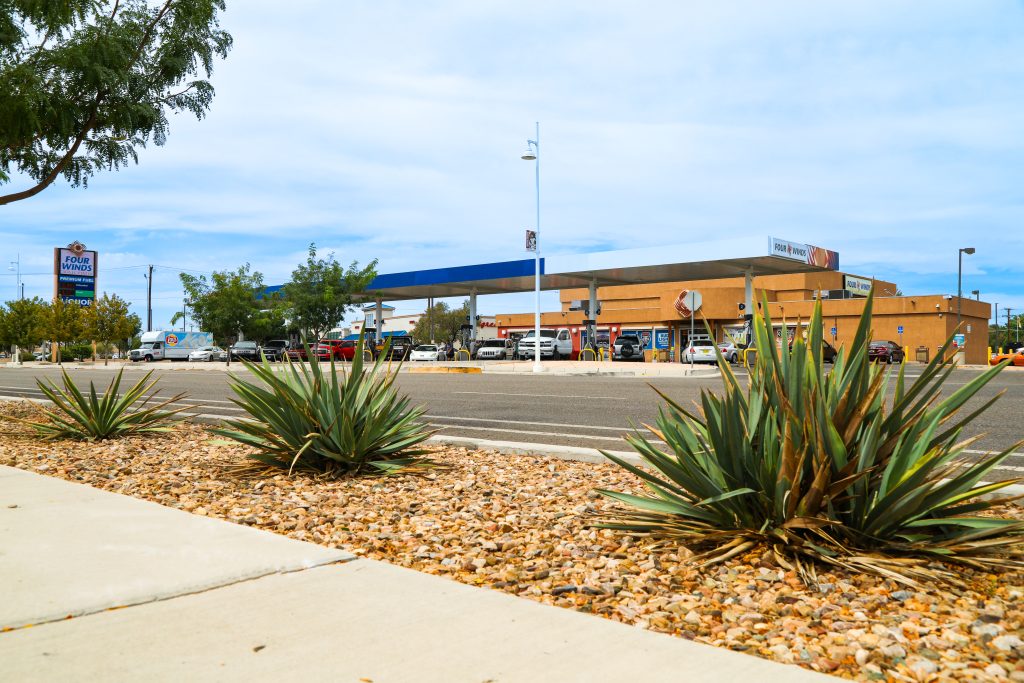


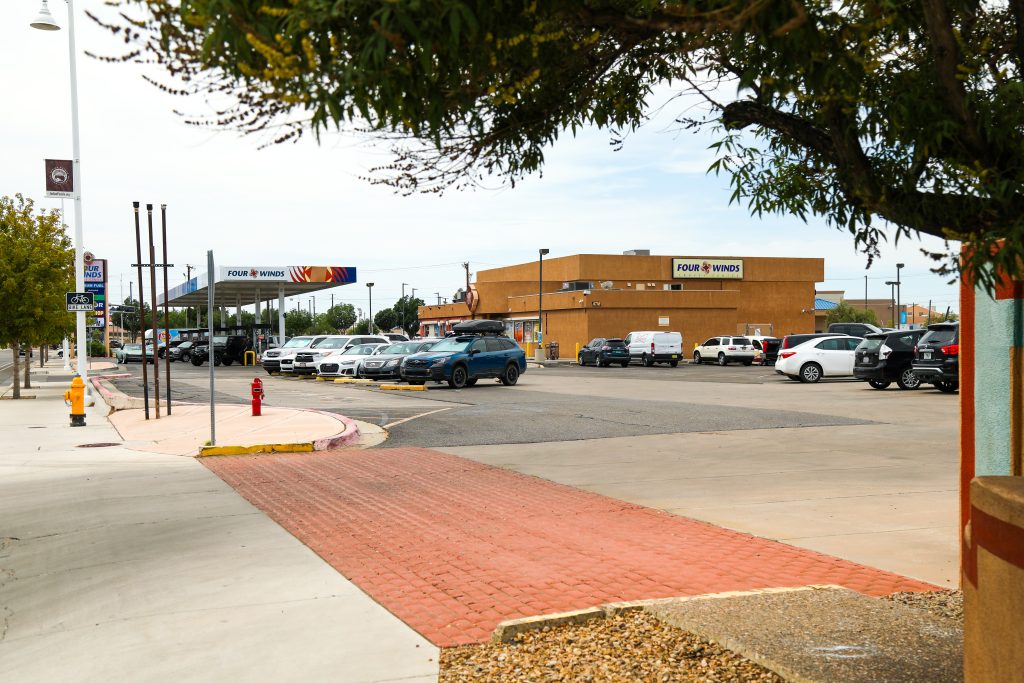
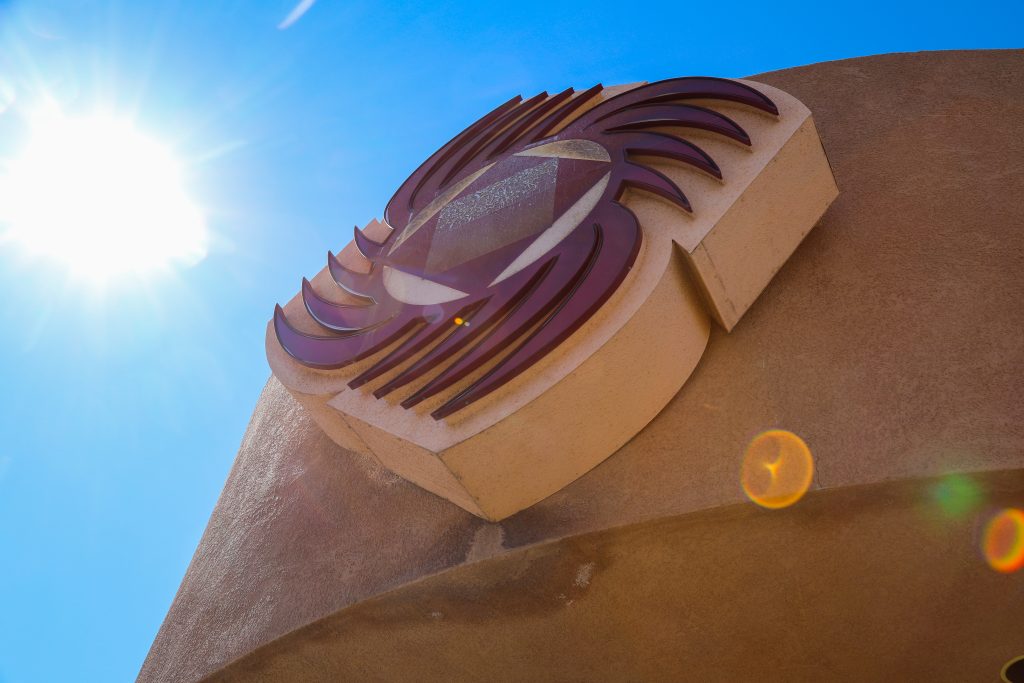
I enjoyed this feature of DeHaven’s work. A truly gifted artist. Her work is inspired and genuine. Continued success!
I LOVE Hummingbirds too. Aztec Belief says that when a Guerrero (An Aztec Warrior) Dies, he comes back as a Hummingbird. I just LOVE them. I LOVE that the Hummingbird represents your Son. I will send a Donation on Payday. I LOVE your Paintings.
Beautiful work love the colors reminds me of the seasons. The hummingbird has always been an interesting, they are curious of humans as we are of them. It’s always a bird that comes to give us a message. Keep up the good work my heart is full just looking at your art work.
Beautiful work. Thank you for sharing your story.
Absolutely beautiful, I love your work
Below the simplicity of design lies such detail to life, experience, the earth, hope… I adore your color palette, symbolism and stories! Beautiful work, beautiful spirit!!!! May you and your heart thrive!
This is very moving. The story of the hummingbird coming after Skye’s burial was beautiful.
I remember the first painting you presented to the The NM March of Dimes in honor of your Skye in the late 1990’s, De Haven, and how your wonderful work became the award for nursing excellence thethereafter! Thank you! I like your yellow cake painting, and remember the late U.S. veteran, Bernard Duran, from Picuris, now resting near there, as well as the late Dorothy Purley, now
in peace, a guardian angel for you…
Colibri Ana X in Espanola, NM